Well after several years of having our wings clipped, we finally got ourselves offshore again. The first major port of call was somewhere that we knew well and had enjoyed – Cambodia. More accurately Siem Reap. Our first foray here was back in November 2013 with a subsequent visit with the boys a year later in November 2014. The place and people are lovely, it is cheap and the food is great. A good way to ease ourselves back into the world of global nomadding again.
Khmer Empire
Before we get too carried away lets get some of the basics down to provide some context about what is going on here. Between the 9th and the 15th century Khmer or Ankorian Empire existed within SE Asia and at its peak was said to be larger than the Eastern Roman Empire (Byzantine) which existed around the same time. Kicking off in the early 800’s the empire the grew to be one of the largest going and satellite images show that at its peak it was the most extensive pre-industrial urban complex in the world. Long story short, there are about 50 Buddhist and Hindu temples dating back to the 8th-12th century in the vicinity of Siem Reap. Many of the structures have collapsed or been swallowed by the jungle but the structures that remain and the carvings in place make the are a must see and listed by UNESCO.
Touring the temples
Step One – buy your ticket. The prices are in USD and they range as seen on the right (prices correct as at Nov 2023). Note that these tickets are for the main temples etc and they do not give you access to all things. If for example you wanted to go to the Kulen Waterfalls then another ticket would be required.

There is an inner loop (ie the ones close to town) and an outer loop of temples that can be done. The inner loop takes in the big ticket items of Angkor Watt, Angkor Thom, the Bayon temple and Ta Prohm Temple (which became famous in the tomb raider movie and game with its image of the tree growing out of the wall). The inner loop can be easily done in a day but does involve a lot of walking and a lot of stairs. The outer loop takes in the temples requiring a little more driving and are generally a little less impressive or less well preserved. These too can be done in a day but there is more tuk tuk time and fewer stairs. From here there are the far away temples. These are considerably further from town and individual negotiations would need to take place on both price and type of vehicle required.
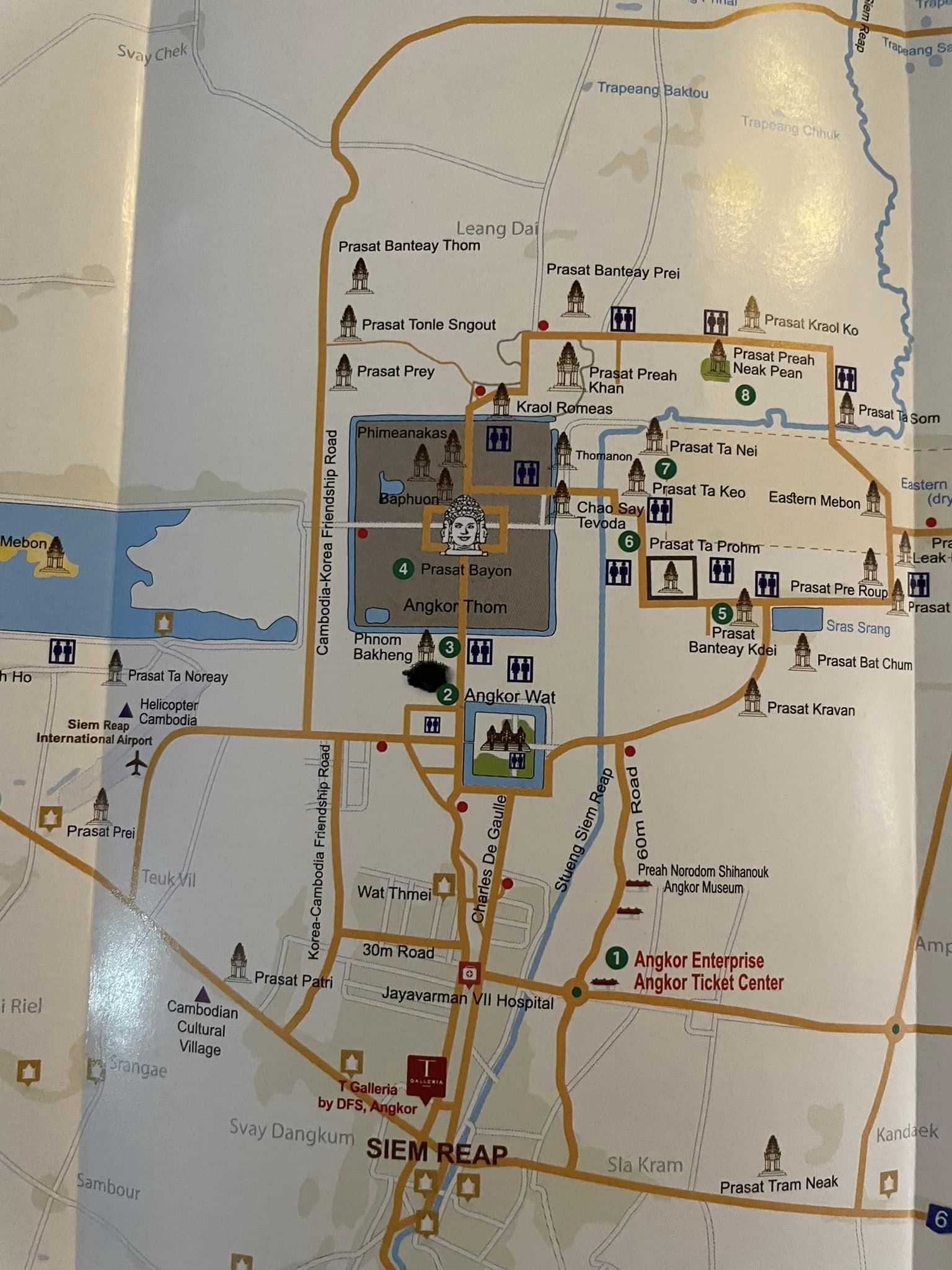
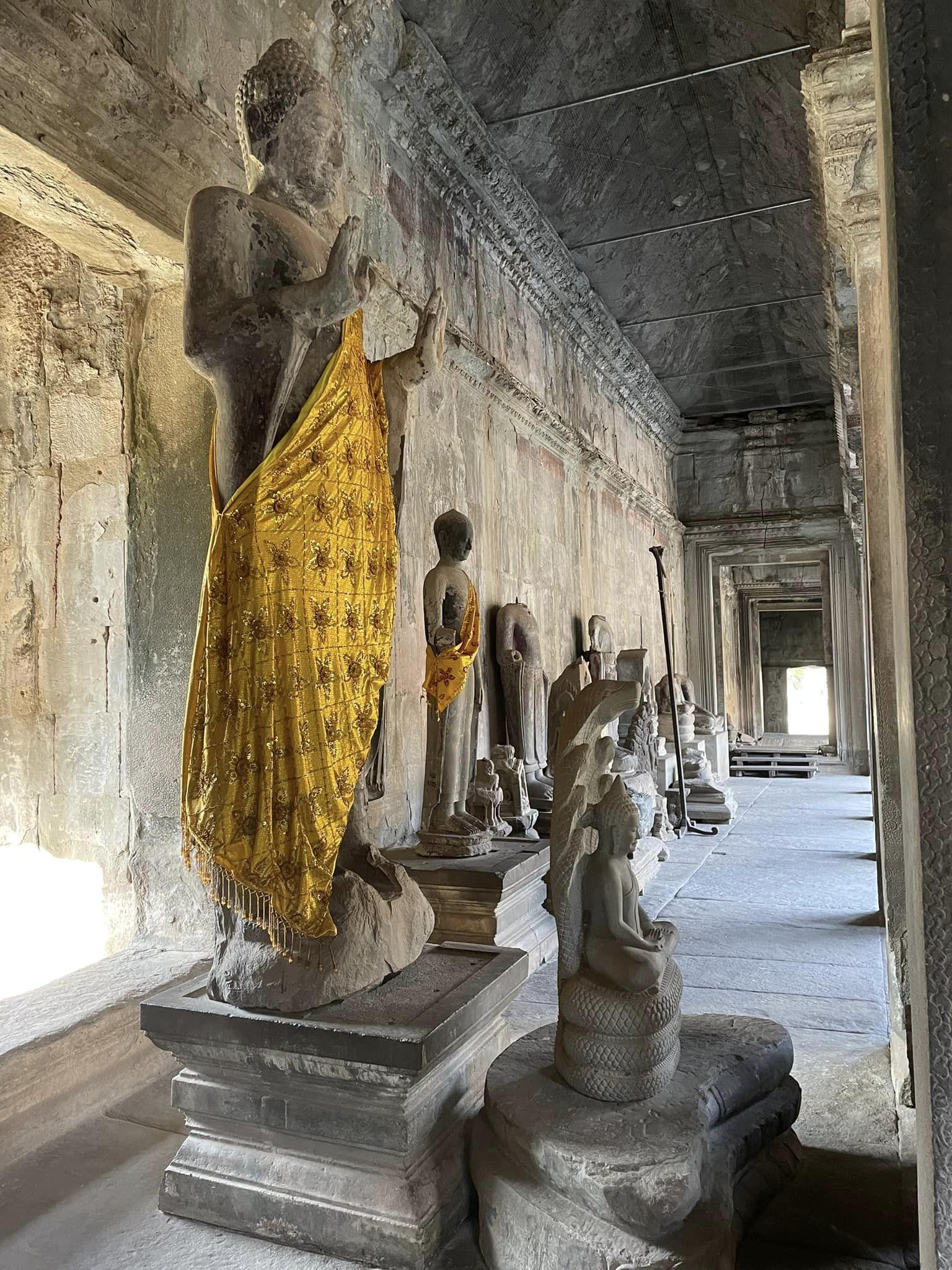
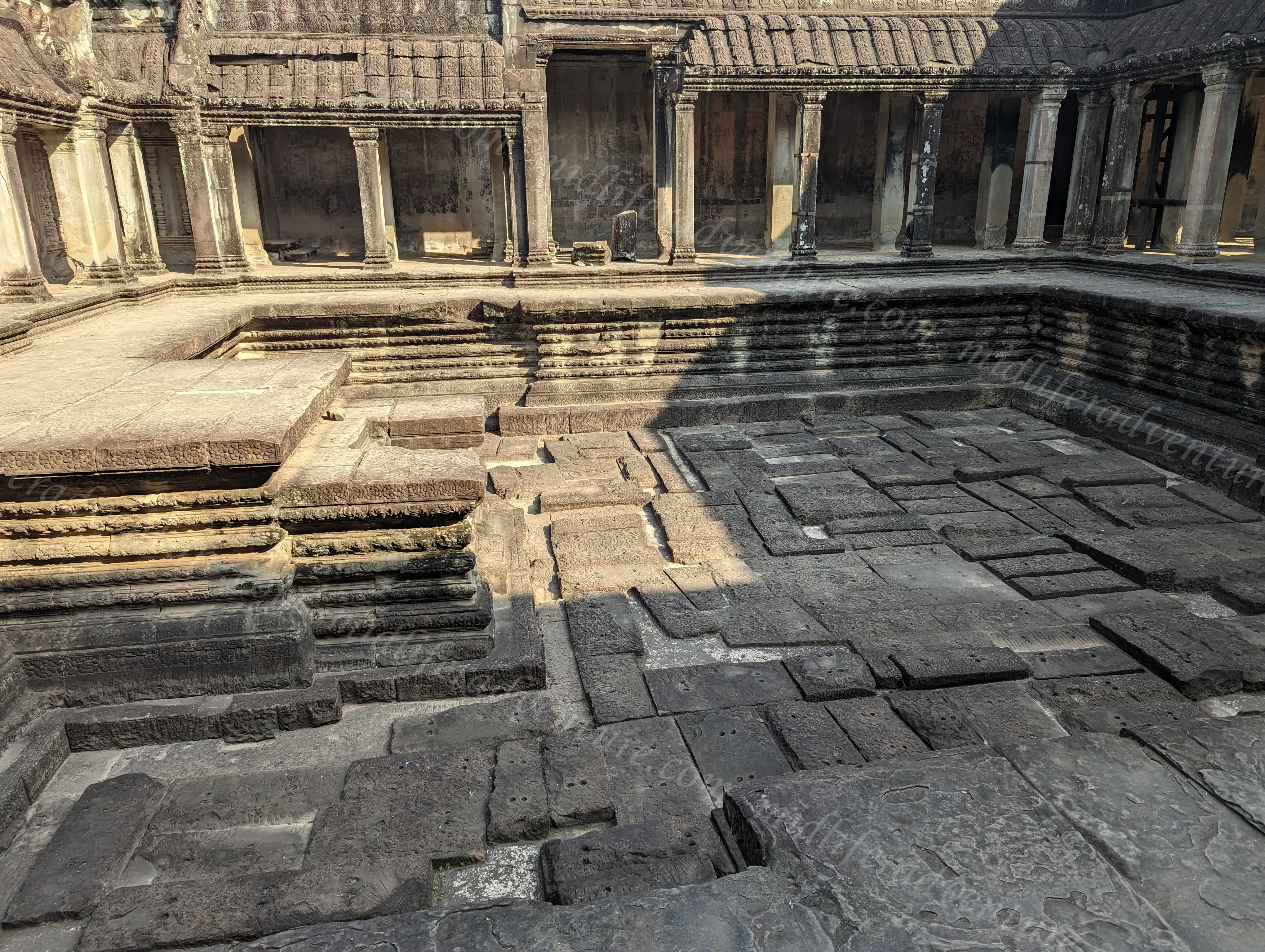
What to wear when visiting the temples
Dress is simple. You are off to visit temples and holy sites so dress accordingly. This means that your legs and shoulders should be covered for the period when you are inside the temples. For such a simple concept this still continues to confuse the majority of the women that attend these sites. The innate need for short skirts and strappy tops is obvious…so too is the absolute requirement to show as much skin in your influencing photos and videos. However, the inability to throw an overshirt or the ubiquitous elephant pants on for the few minutes you are in a temple seems too impossible a task to muster. And guys the world will be able to survive for the few minutes it takes while you put away the gun show – especially those northern European (glow in the dark) biceps.
How to get to Siem Reap temples
You you can hire virtually any type of transport that you want to take you around and through the temples. You can have a bus all to yourself if you really like. There are private cars, motorcycles, bicycles and tuk tuks. If you take the private air-conditioned car or bus, you will find that the short distances between temples means that you have arrived at the next temple before the air conditioning has had a chance to kick in.
You can ride a bicycle, but that would mean that you would have to ride a bicycle. Motorcycles mean that you are either on the back of a local’s bike or that you have hired your own and would need to know your way around the various temples.
Tip Number One: Take a tuk tuk. The tuk tuk is cheap, easy and has great air flow, especially if you choose one of the more open types rather than the more enclosed versions. This means that you are cooling down immediately after having hiked up and down the temples, rather that sweltering looking for relief. We had the one on the left (below) driven by the lovely Mr Thou and it was fantastic.
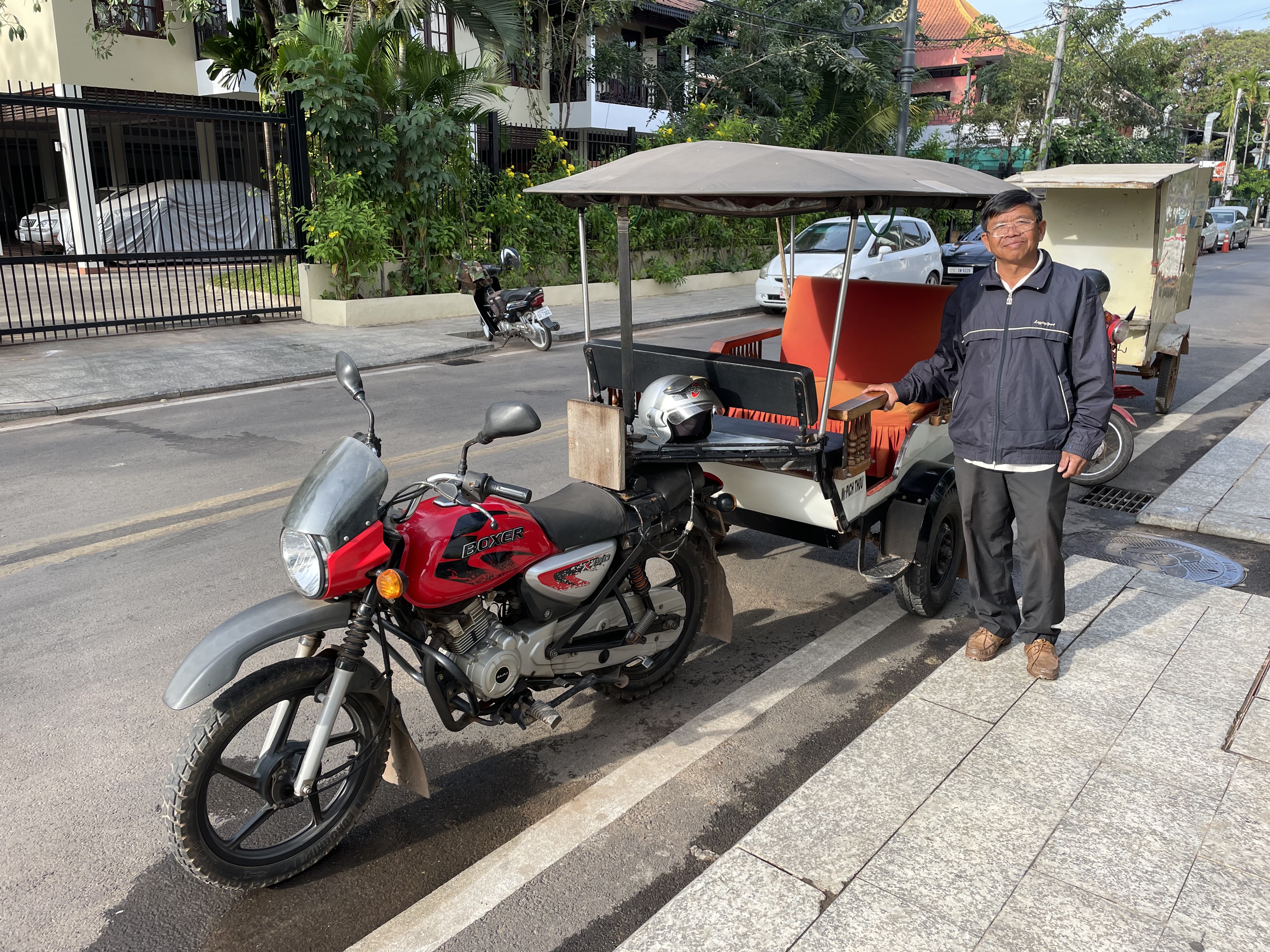

Angkor Wat
Angkor Wat is clearly the most famous of the temples and is the main attraction for the region. It was built in the 12th century to worship the Lord Vishnu (a Hindu deity) and allegedly served as the funerary temple for the bloke who commissioned it, King Suryavarman II. It is set on 402 acres and surrounded by a 5km moat which contains an outer wall of 3.6 kilometres. Once inside there are three rectangular galleries and the main building. At the centre of the temple stands the five towers (that google tells me is called a quincunx – not a word that typically lives in my vocabulary but hey lets go with it).

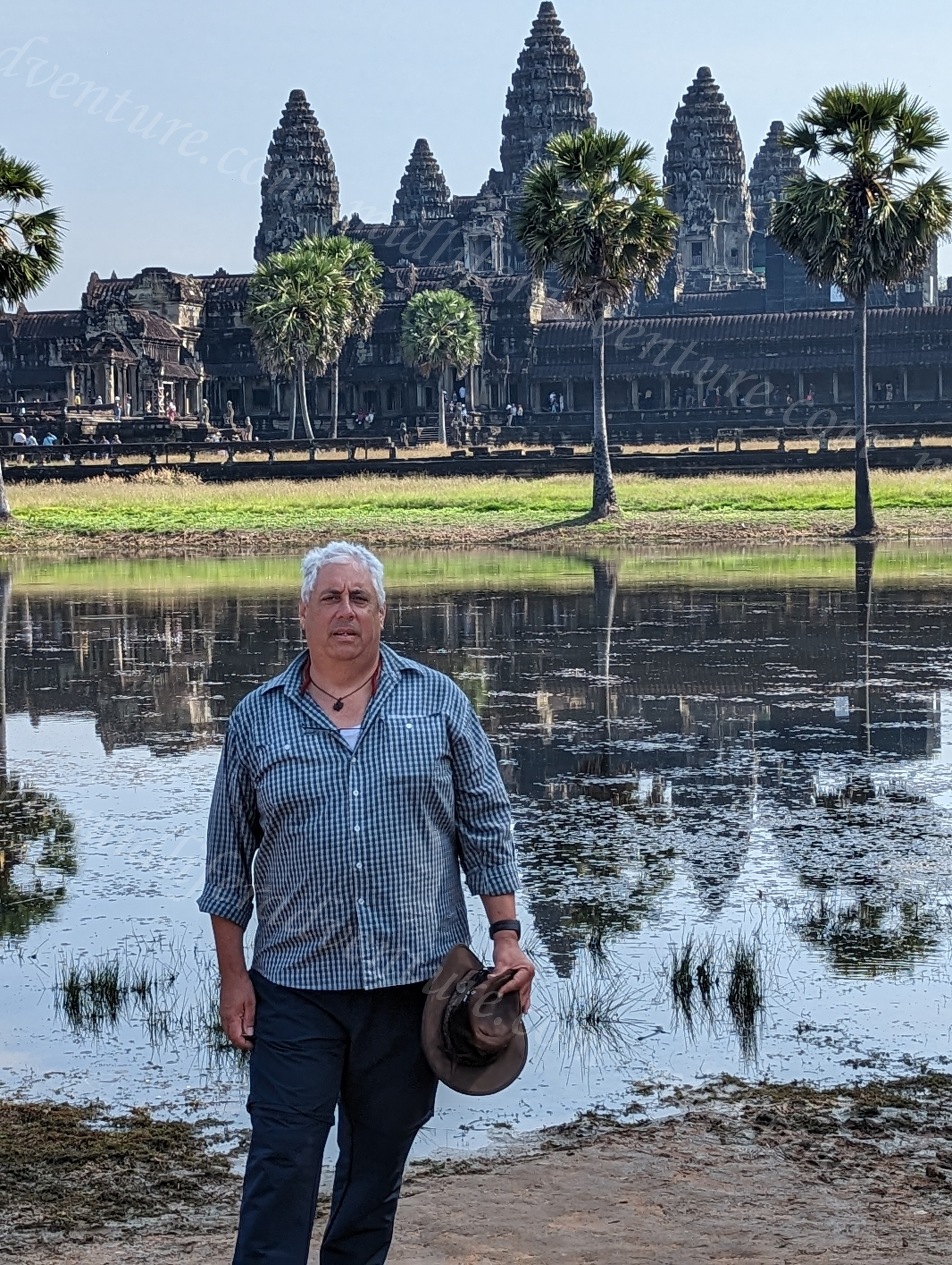
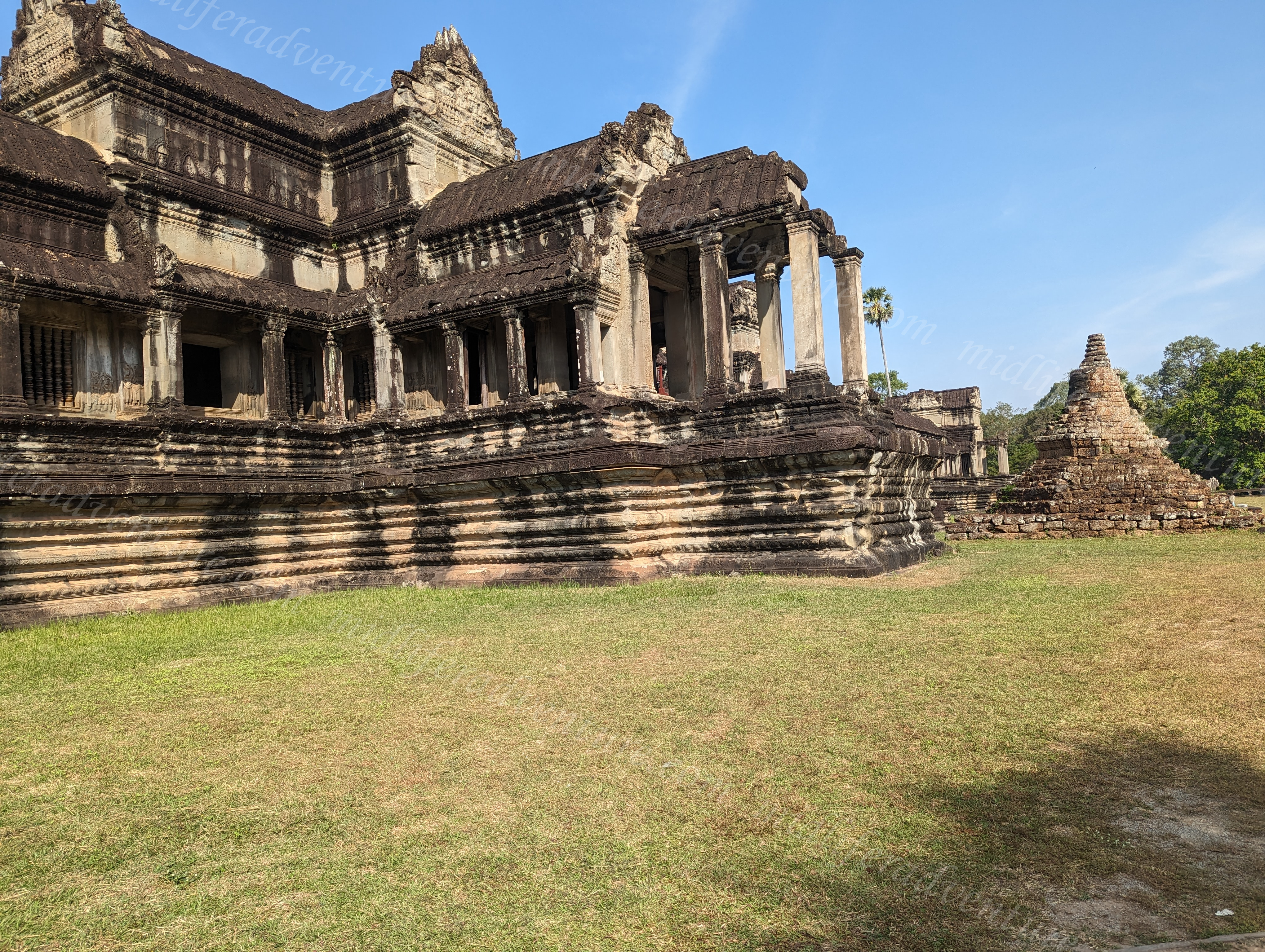

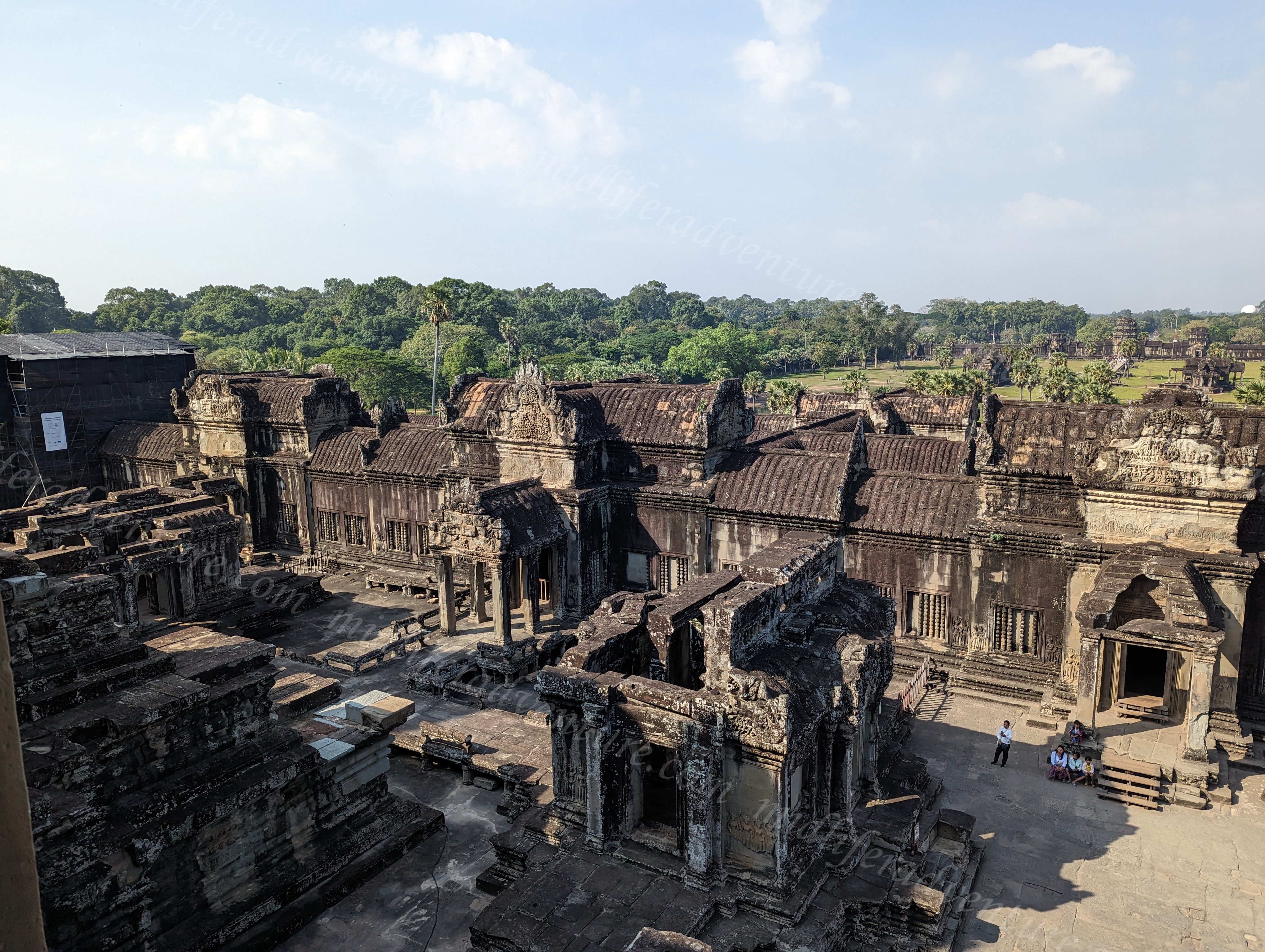
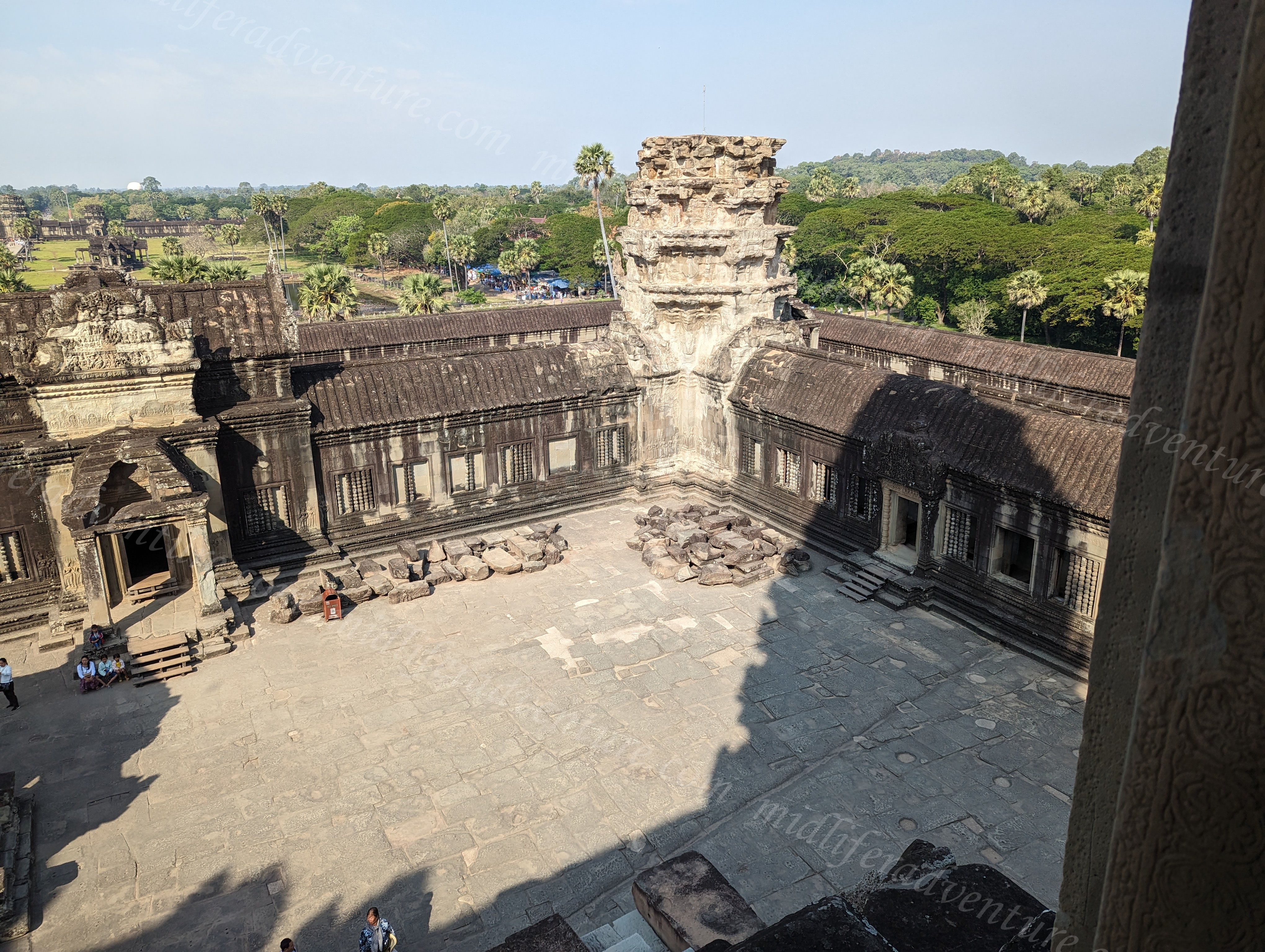

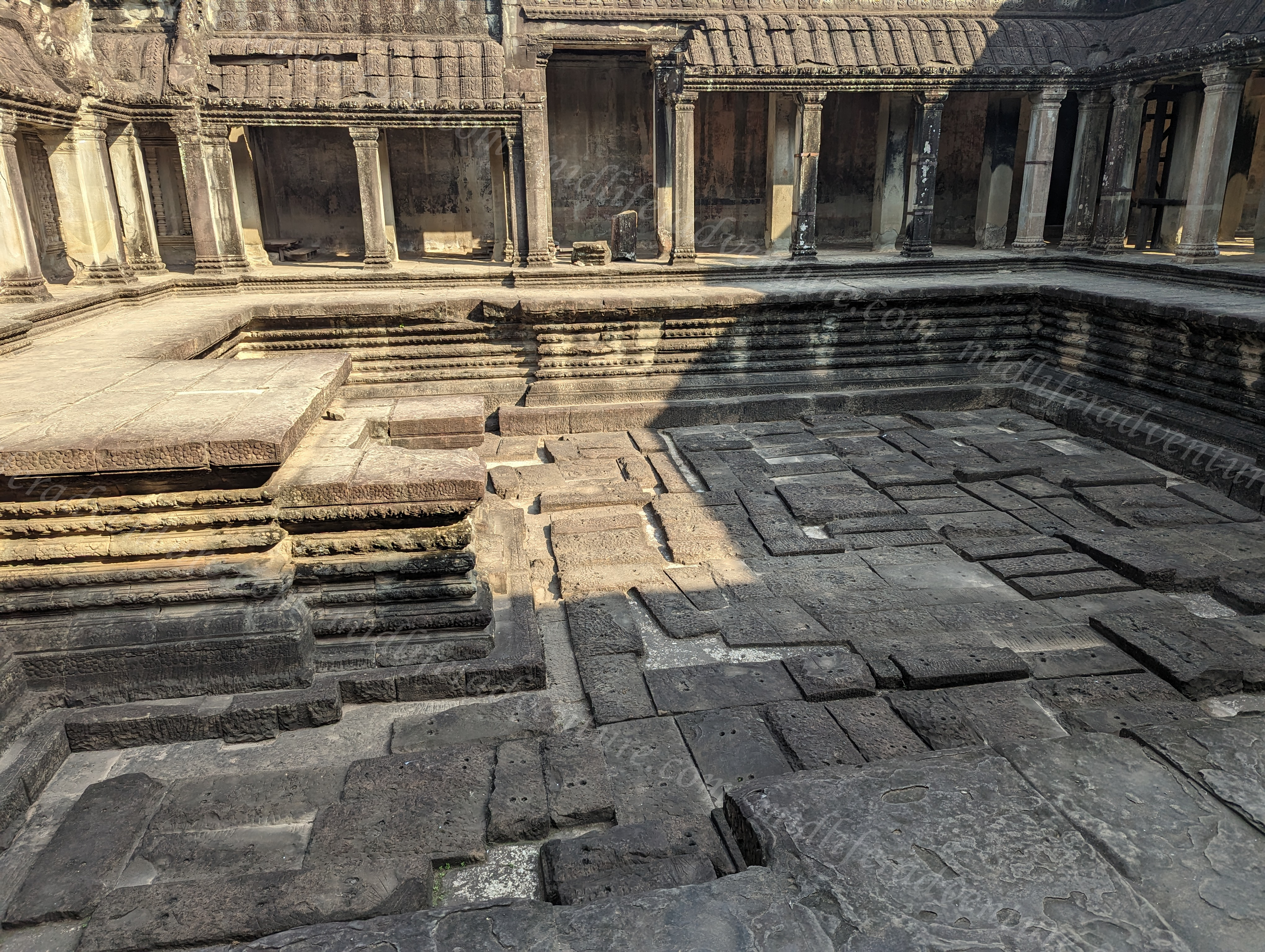

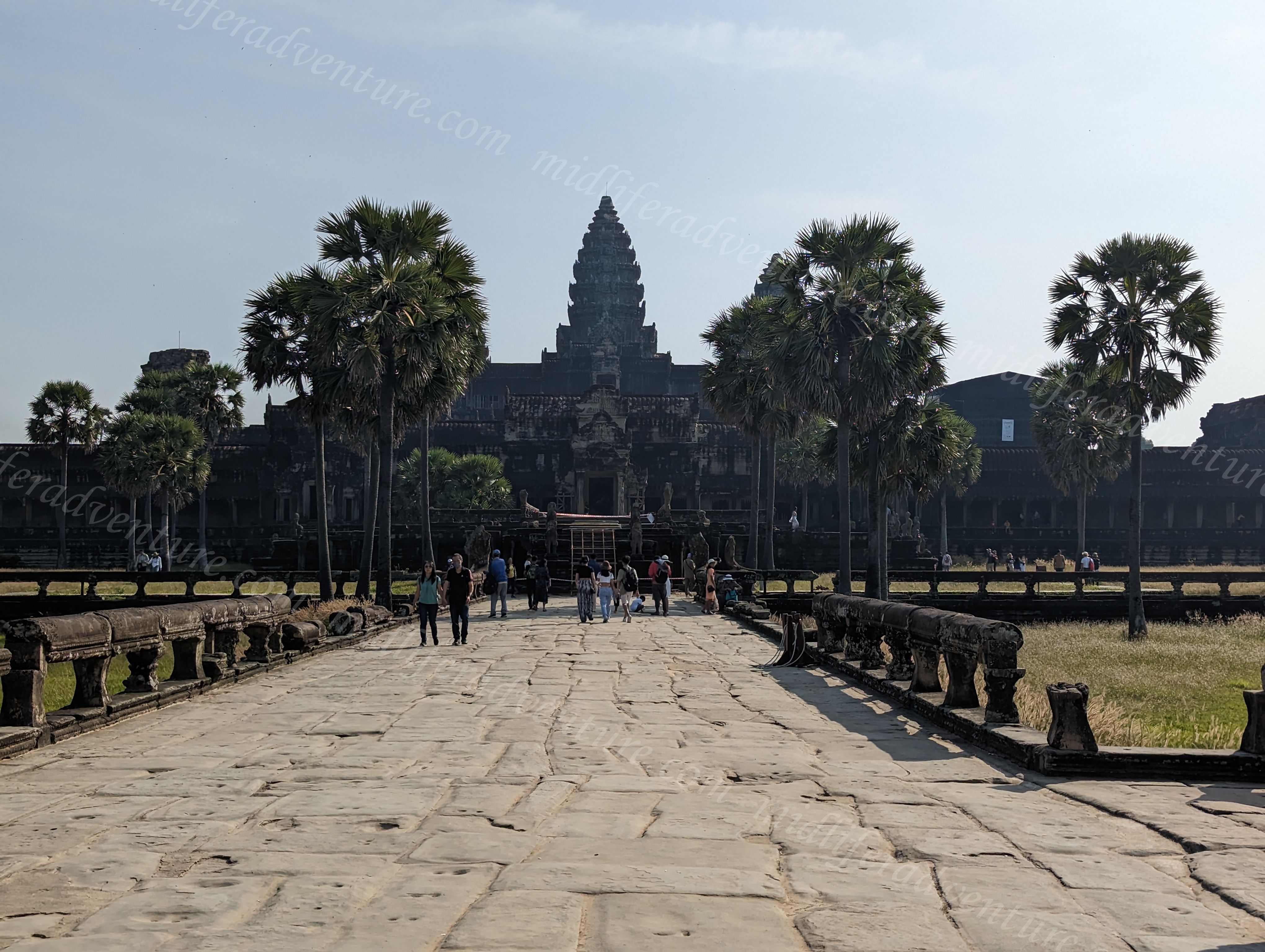
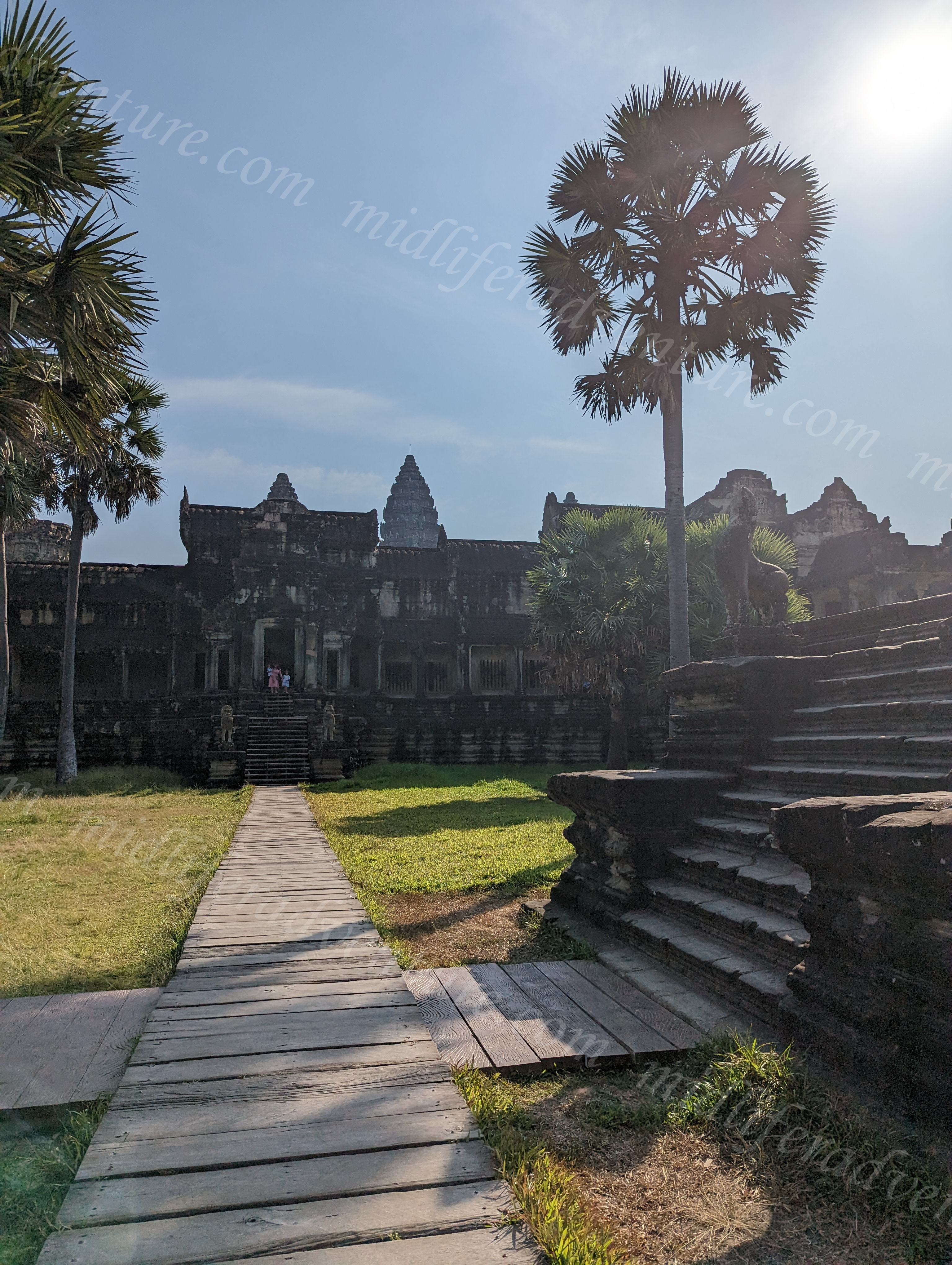
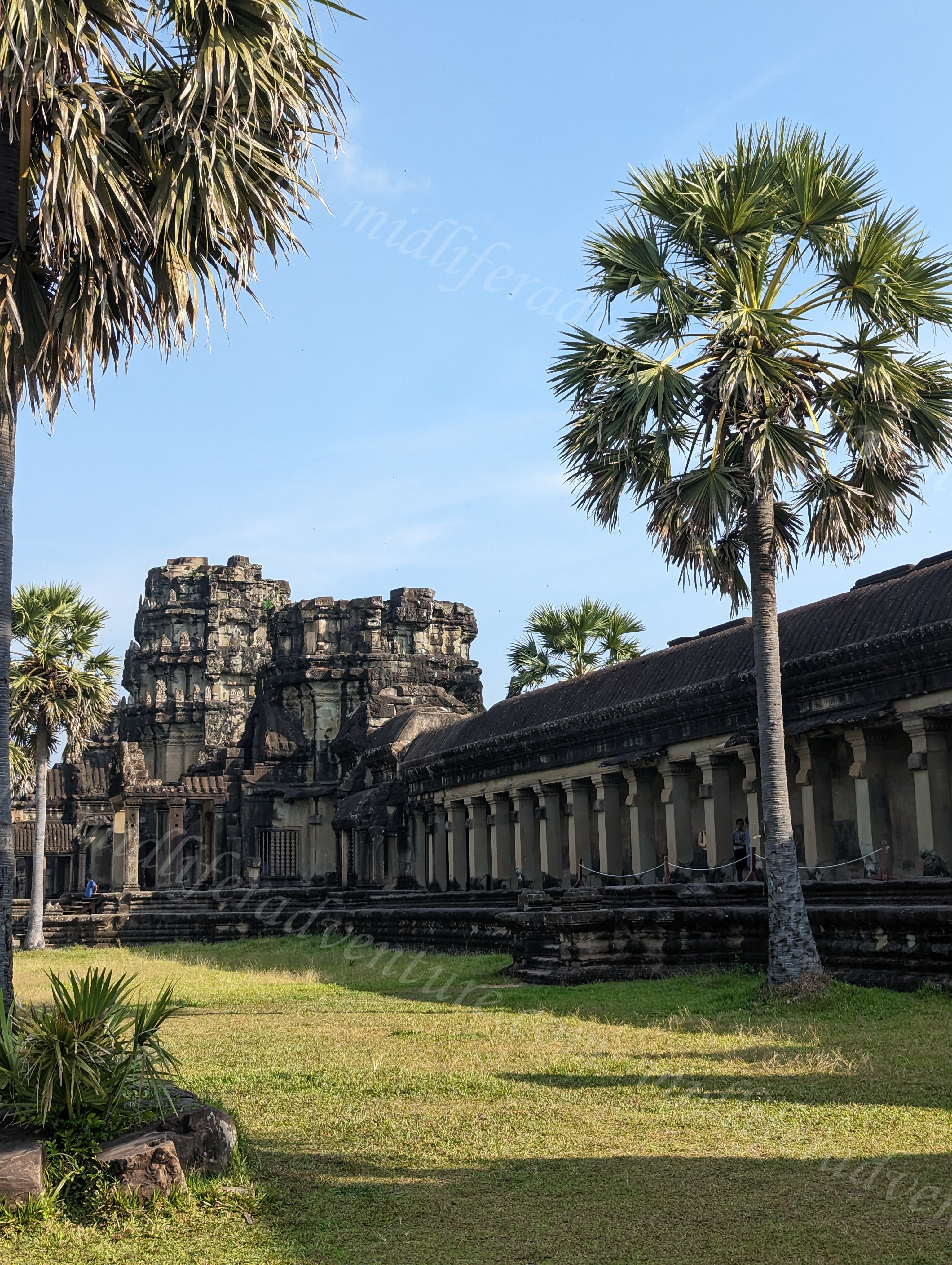
The five lotus towers are 65 metres tall and are decorated with around 2,000 stone carvings of Apsaras (celestial dancers). In all reality, virtually all of Angkor Wat’s surfaces are carved. There are kilometres of carvings that include battle scenes, fictional animals and all sorts of other things that give credence to the legend of the day.
Angkor Thom
Once you leave Angkor Wat you (typically) head across for a bit to Angkor Thom or Big Angkor. It is the largest site in the Angkor Archaeological Park and contains a number of smaller temples and archaeological sites. Our first stop was the south gate (one of five 20-metre-tall gates that surround Angkor Thom). The gates have intricate stone carvings of elephants and the 4-faced Bodhisattva Avalokiteshvara, while the bridges leading up to the gates are lined with carvings of devas (gods) on the left and asuras (demons) on the right. Both the gods and the demons appear to be playing tug of war on a snake (Naga). You tend to come through the south gate as the vandals have stolen the heads off many of the statues on the other gates so they are considerably less impressive.
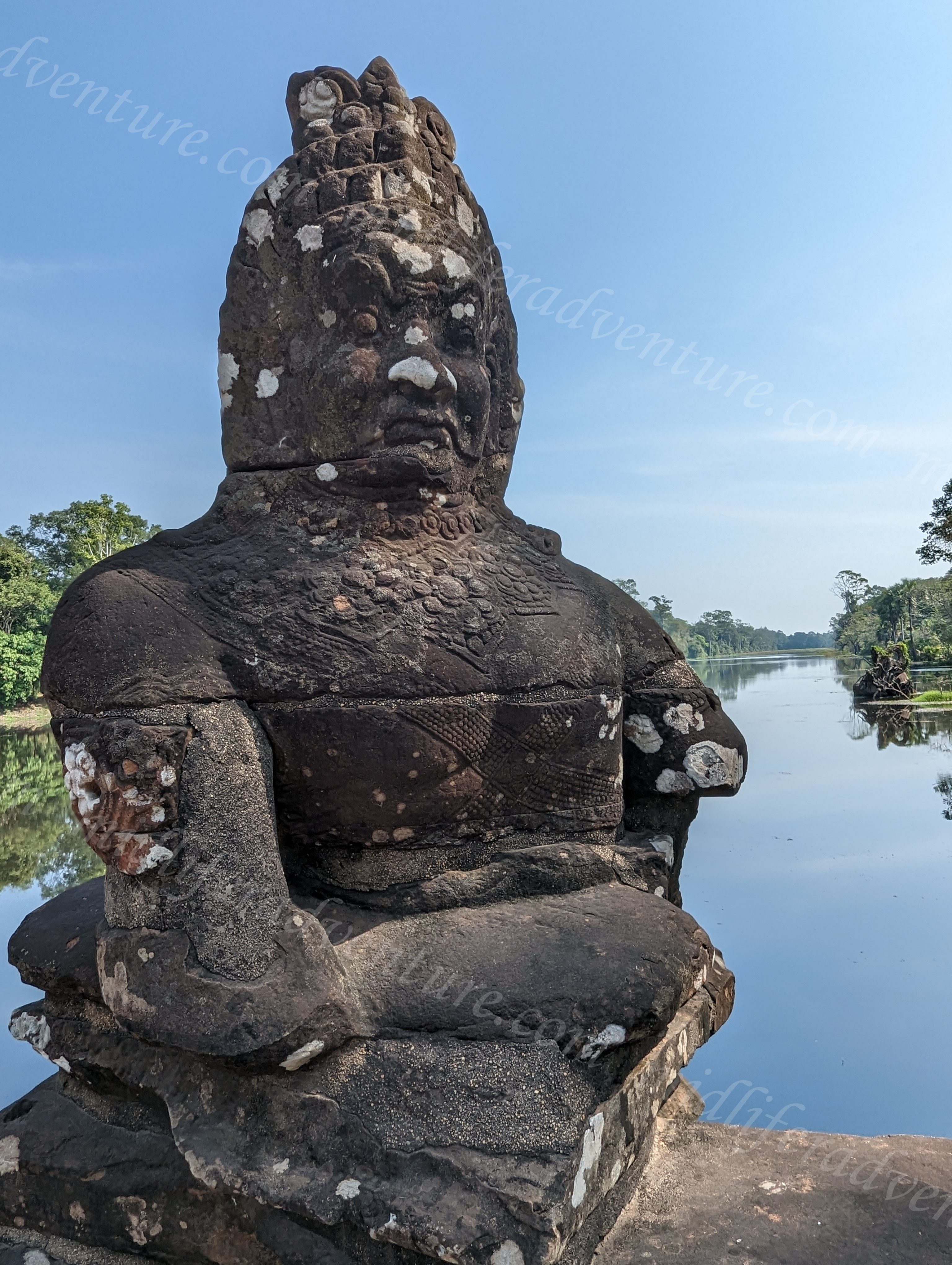
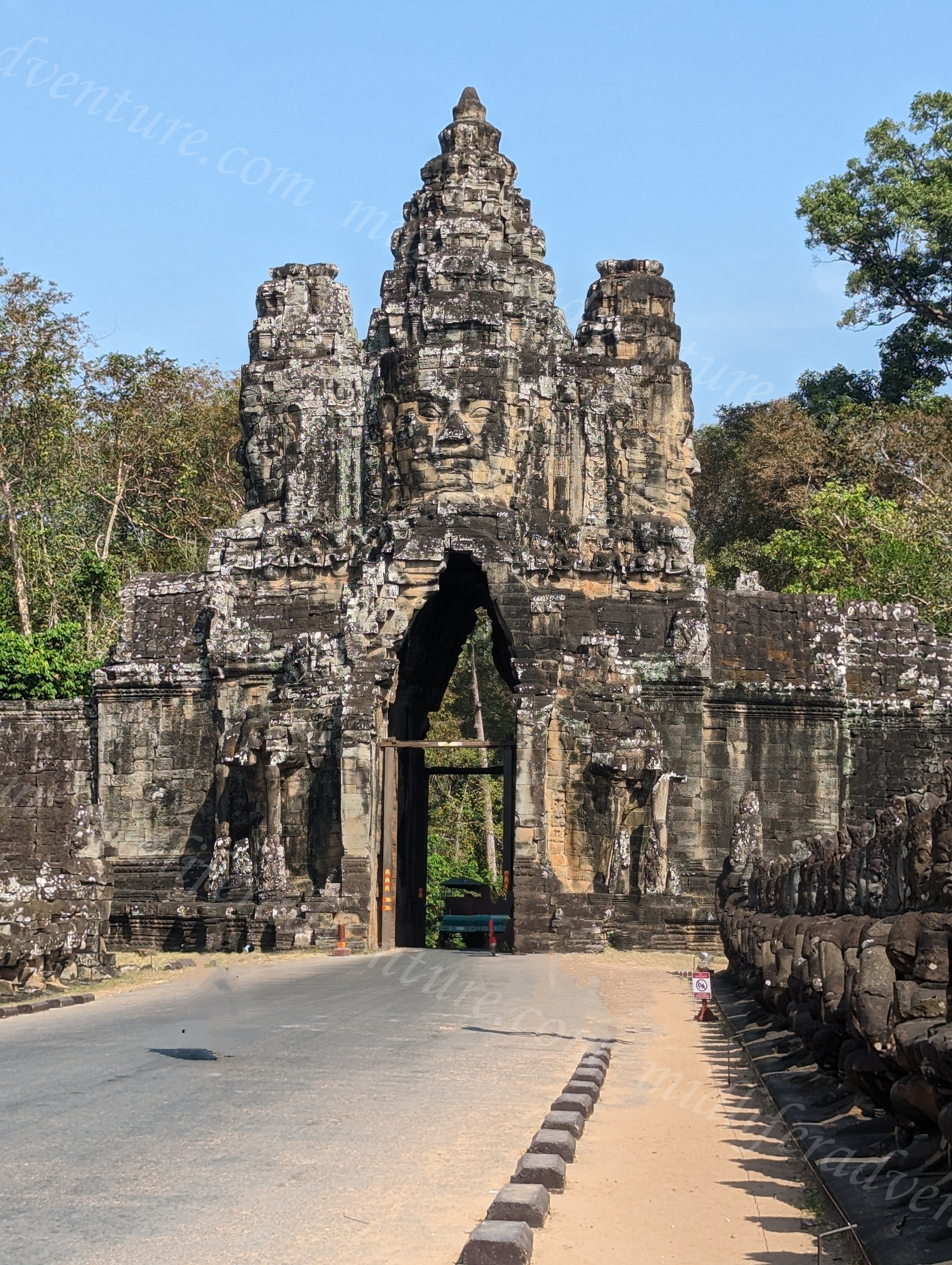
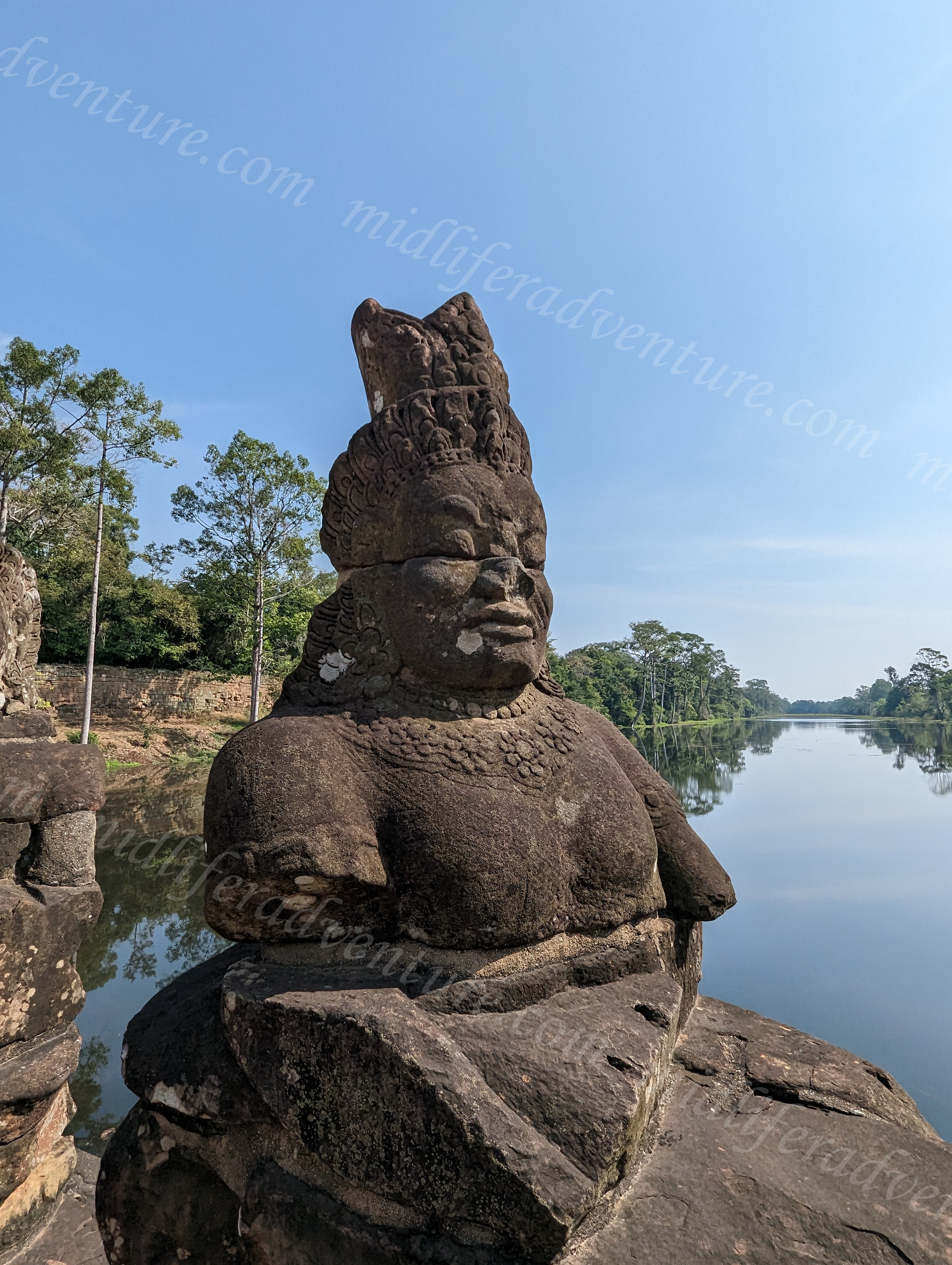
There are 8 metre high walls and a moat surrounding Angkor Thom. The faces on the entrance gates were added later than the original gates and they reflect the faces that can be found on the Bayon Temple (also contained within the walls of Angkor Thom). Within Angkor Thom is a range of smaller temples that include Baphuon, Phimeanakas, Prasat Suor Prat and many others however these have and are falling into great disrepair. Notably you will see the terrace of the Elephants and the terrace of the leper king that are prominent and are both currently undergoing considerable preservation and restoration works.
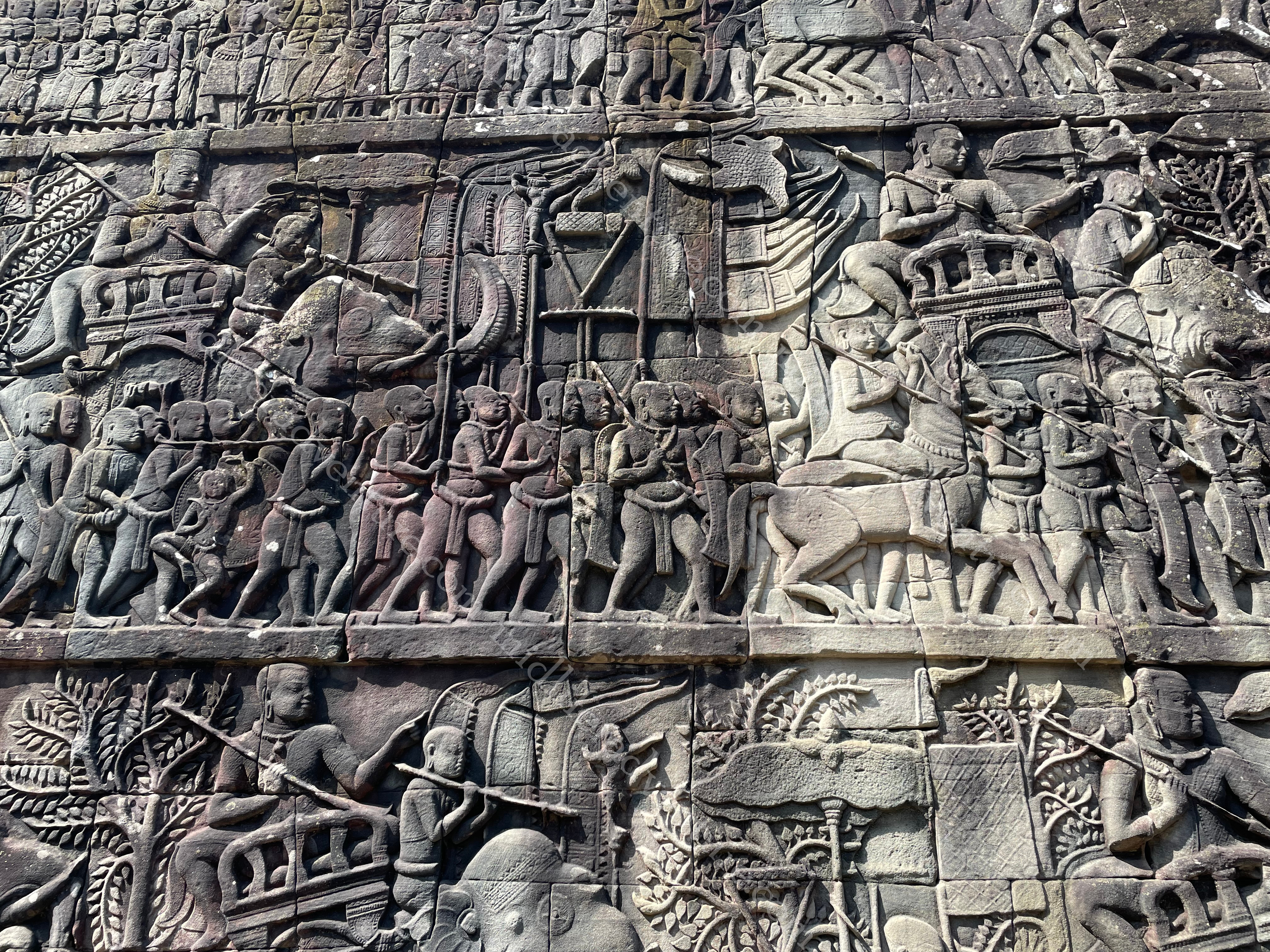
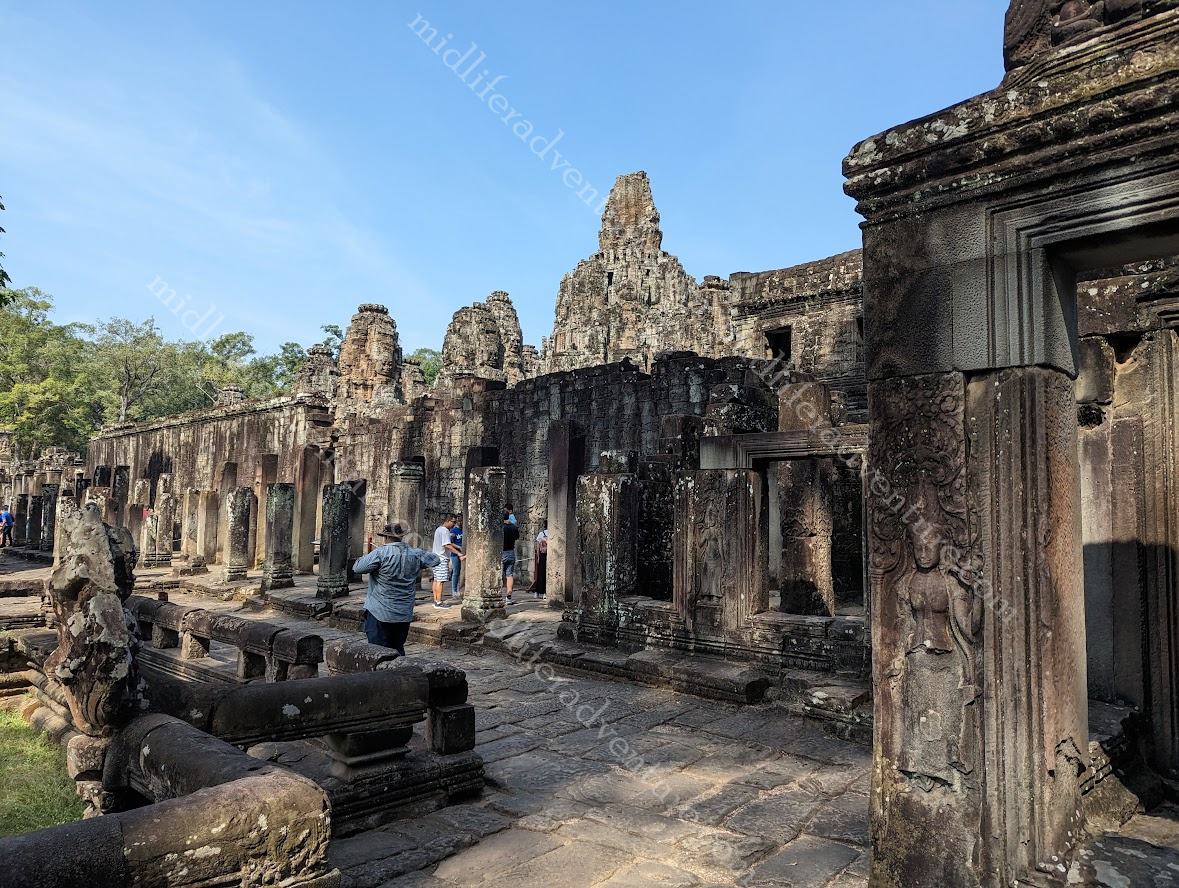
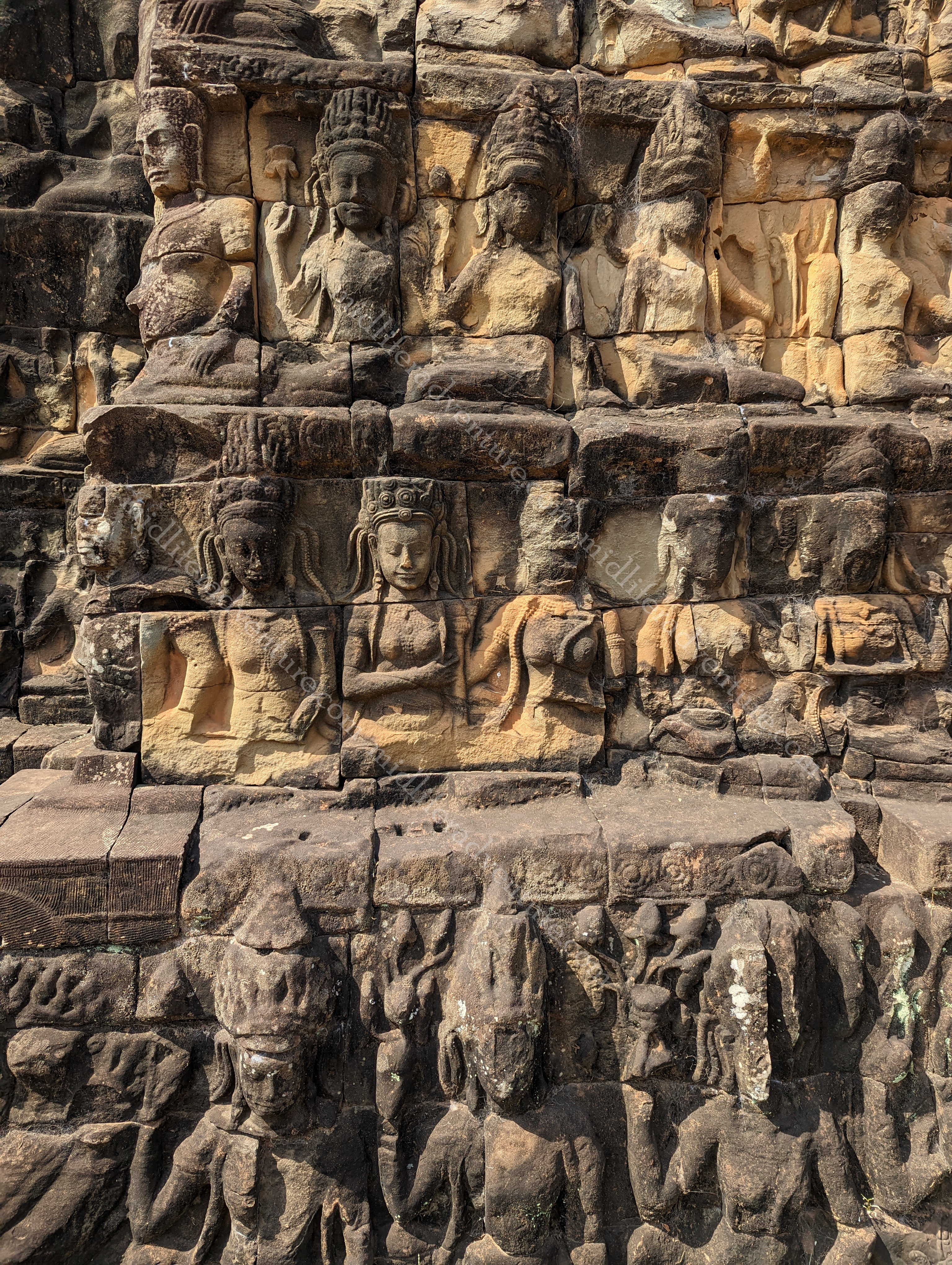
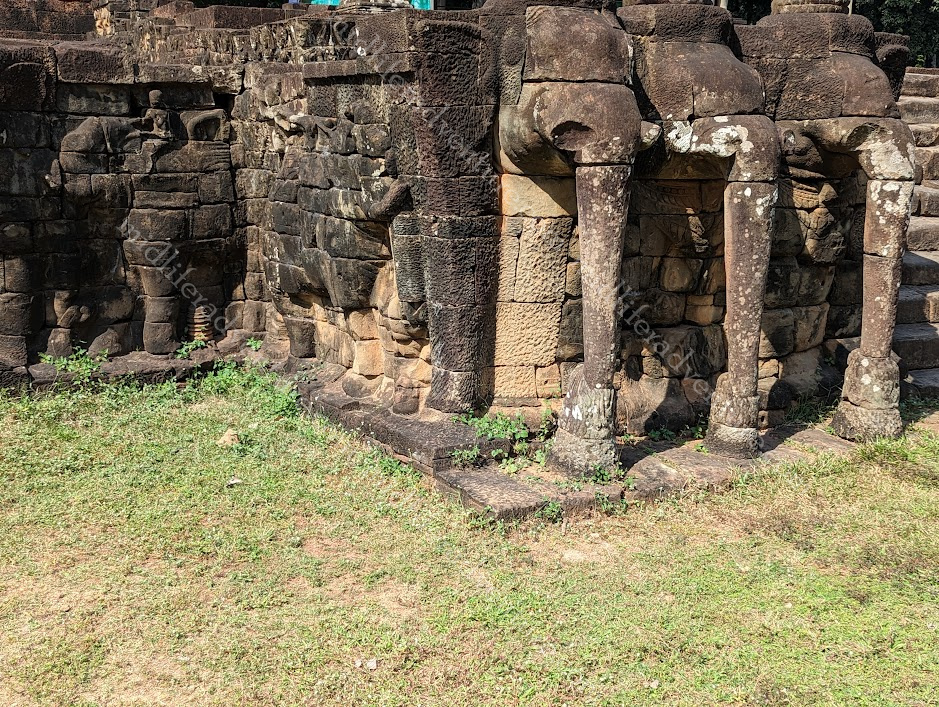
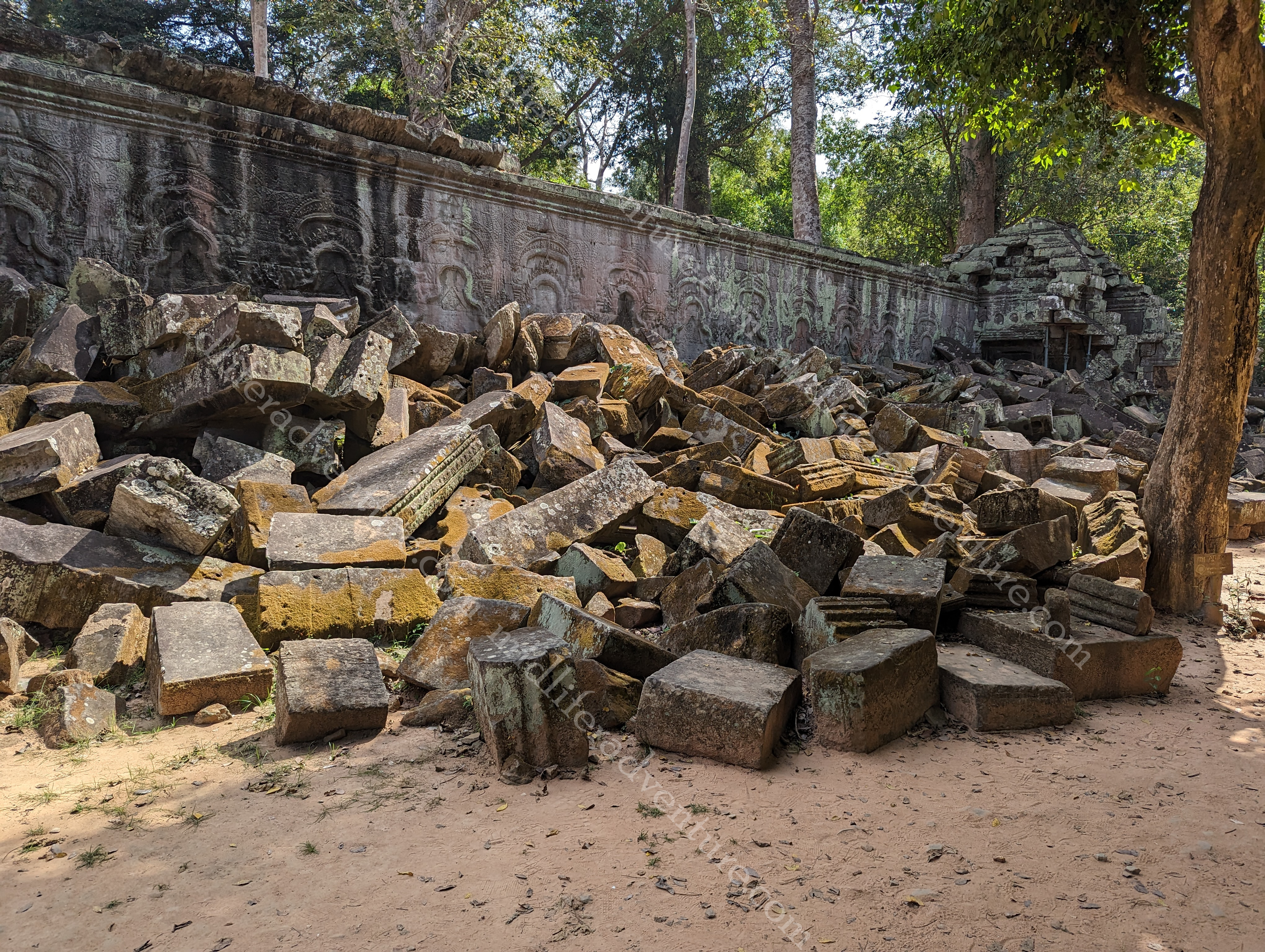
Bayon Temple
The Bayon Temple is probably the second most recognisable after Angkor Watt as it features approximately 50 stone towers with intricately carved faces. The blurb tells me that the faces are the 4 faces of Bodhisattva Avalokiteshvara (not really sure what that means but hey, I can go with that too). Bayon is in the midst of Angkor Thom and it too was built in the late 12th century. Each of the stone carvings of faces are 4 metres high and oriented toward the 4 cardinal points. It is surrounded by long walls that have some seriously intricate carvings of battlefields, markets, and religious rituals.
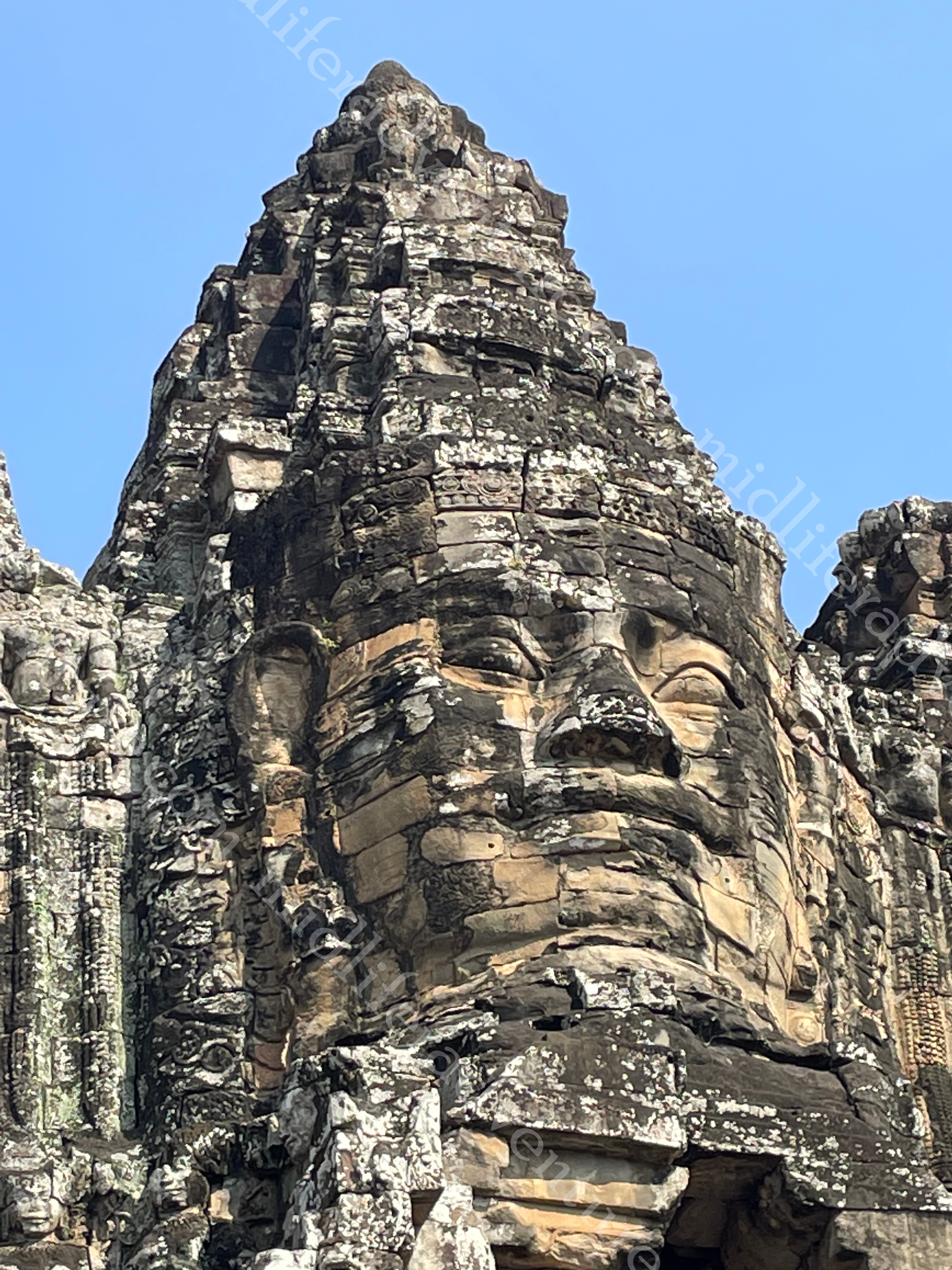
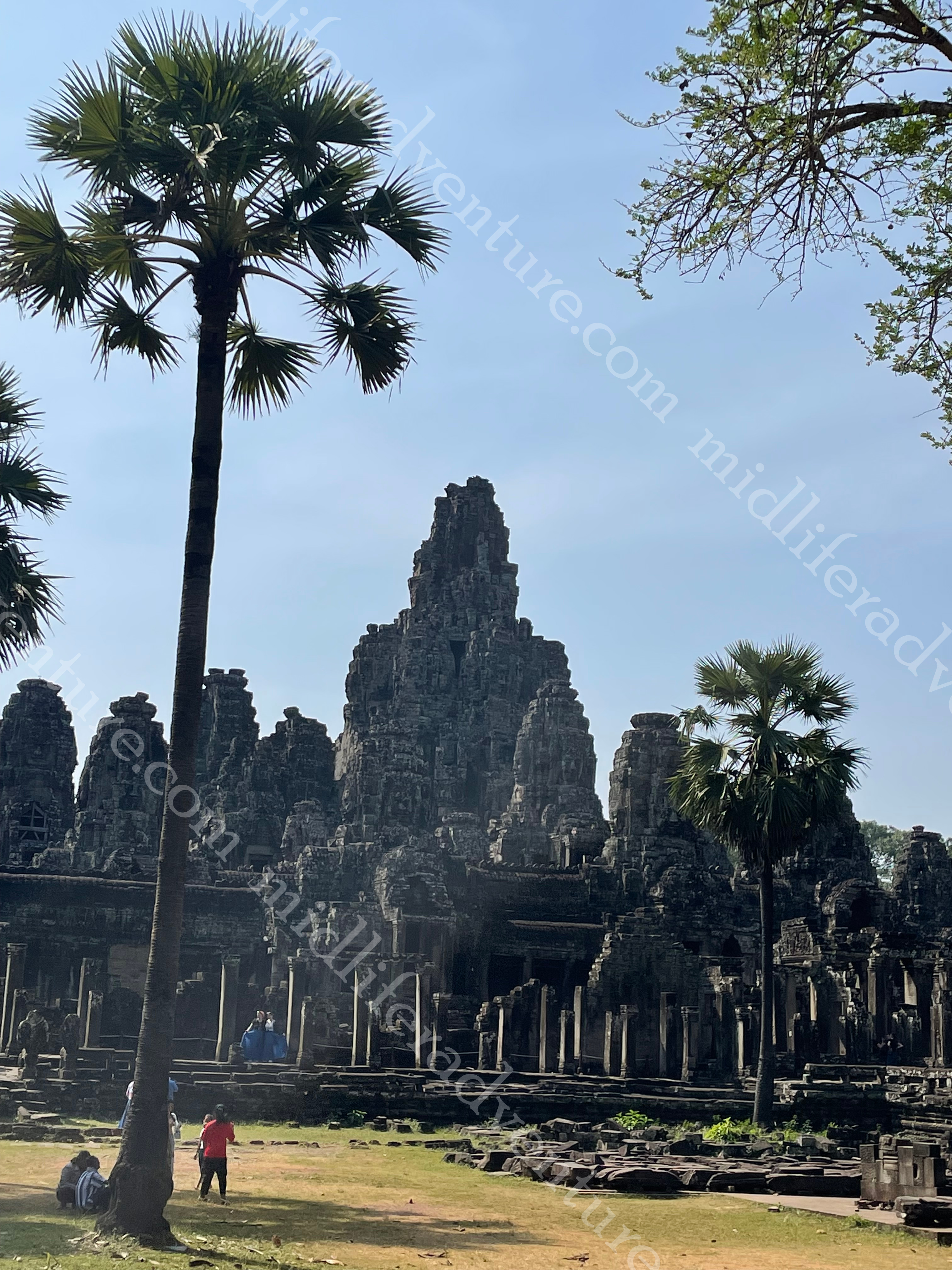
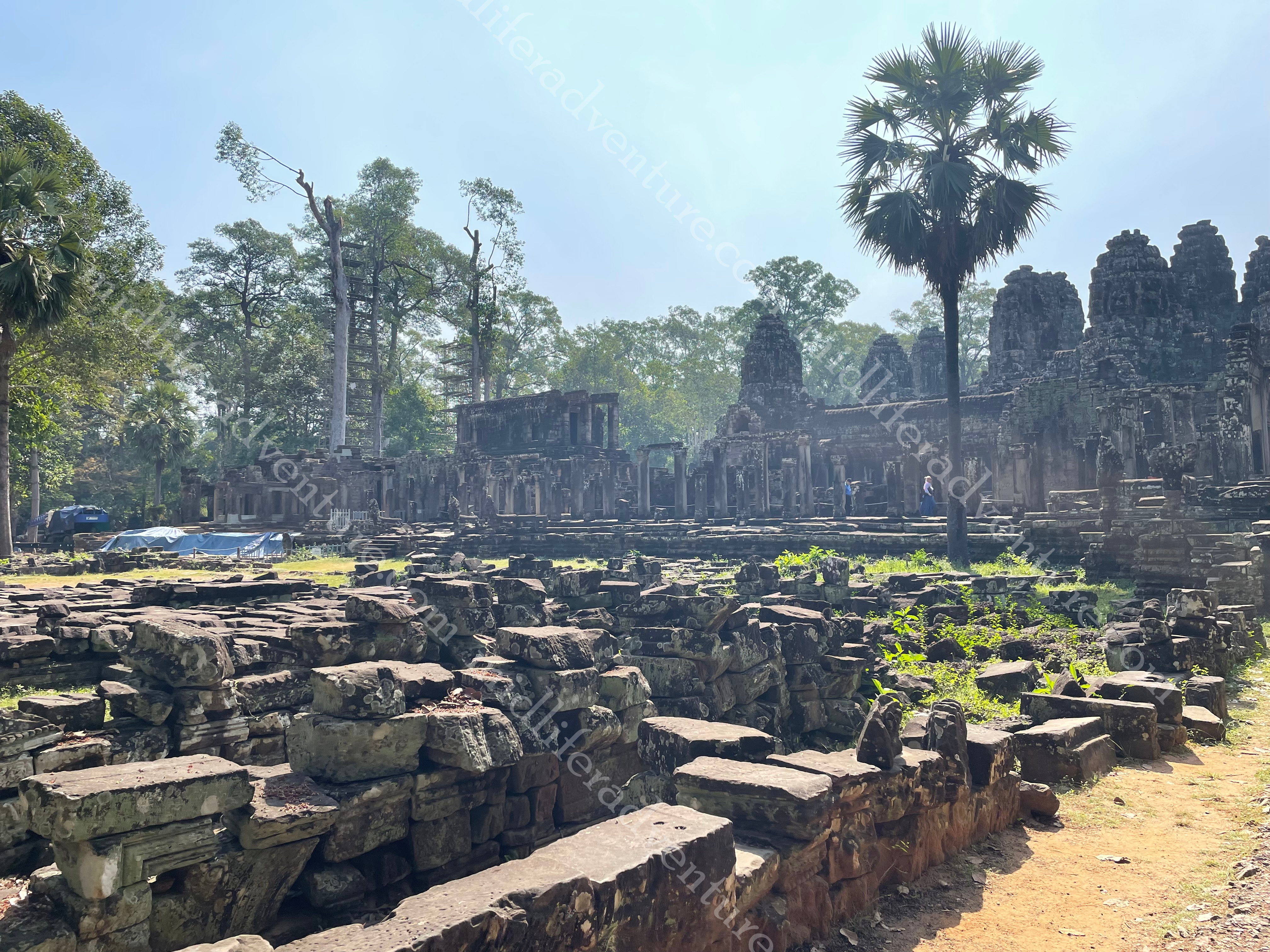

Ta Prohm
Ta Prohm is the famous a Tomb Raider temple. Very large trees with impressive roots have grown out of, through and amid the various walls and roofs of the temple.
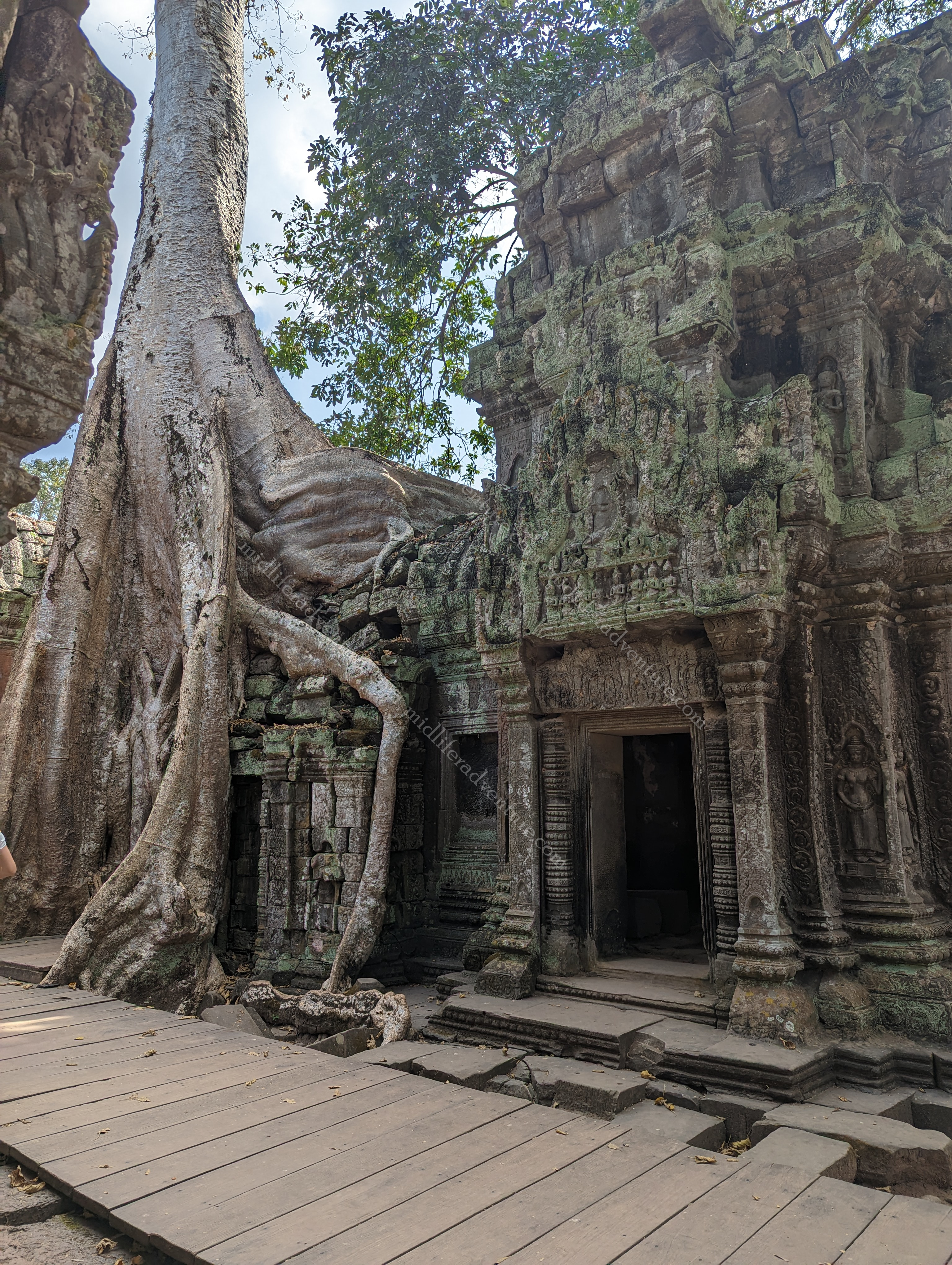
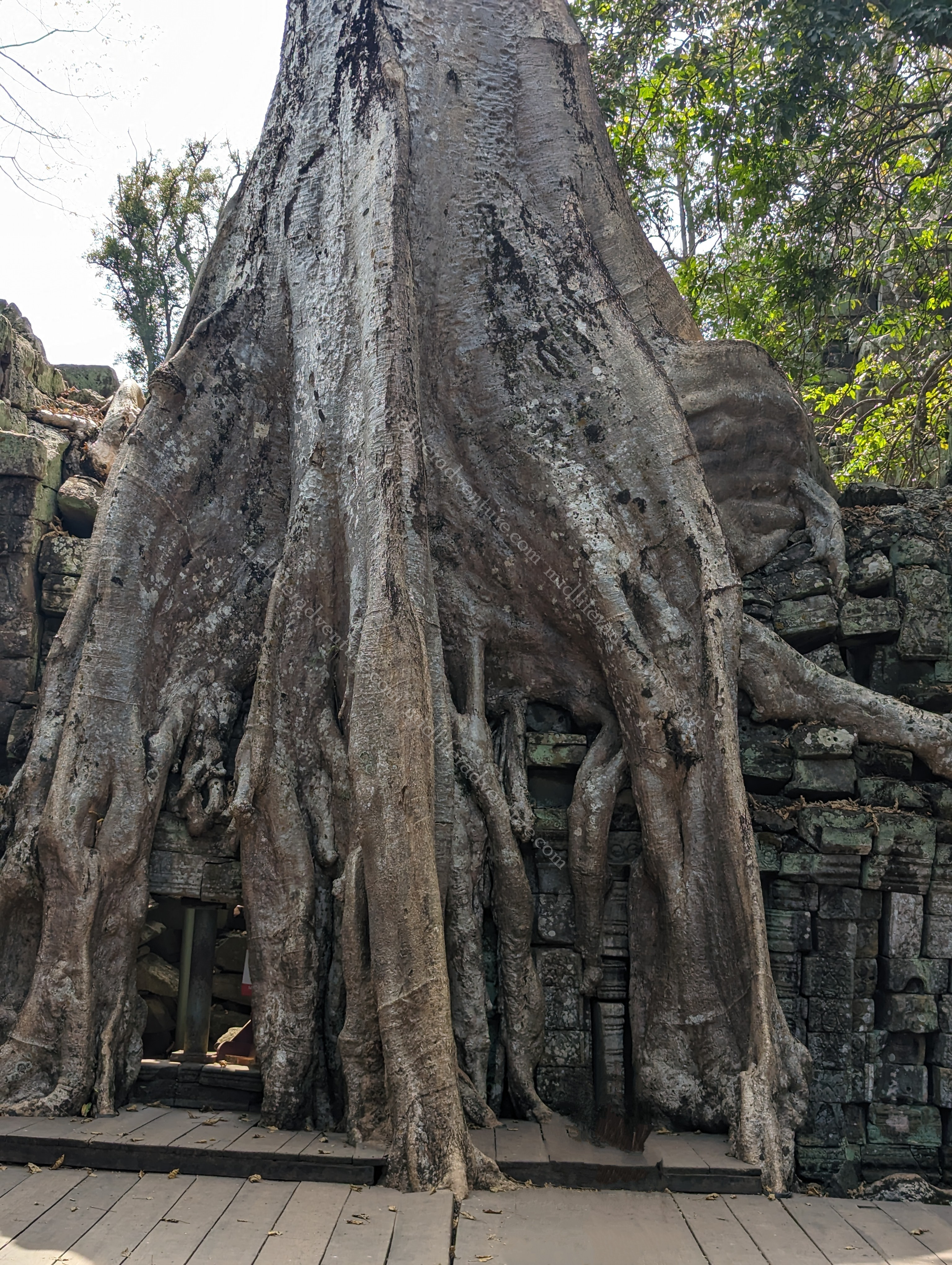
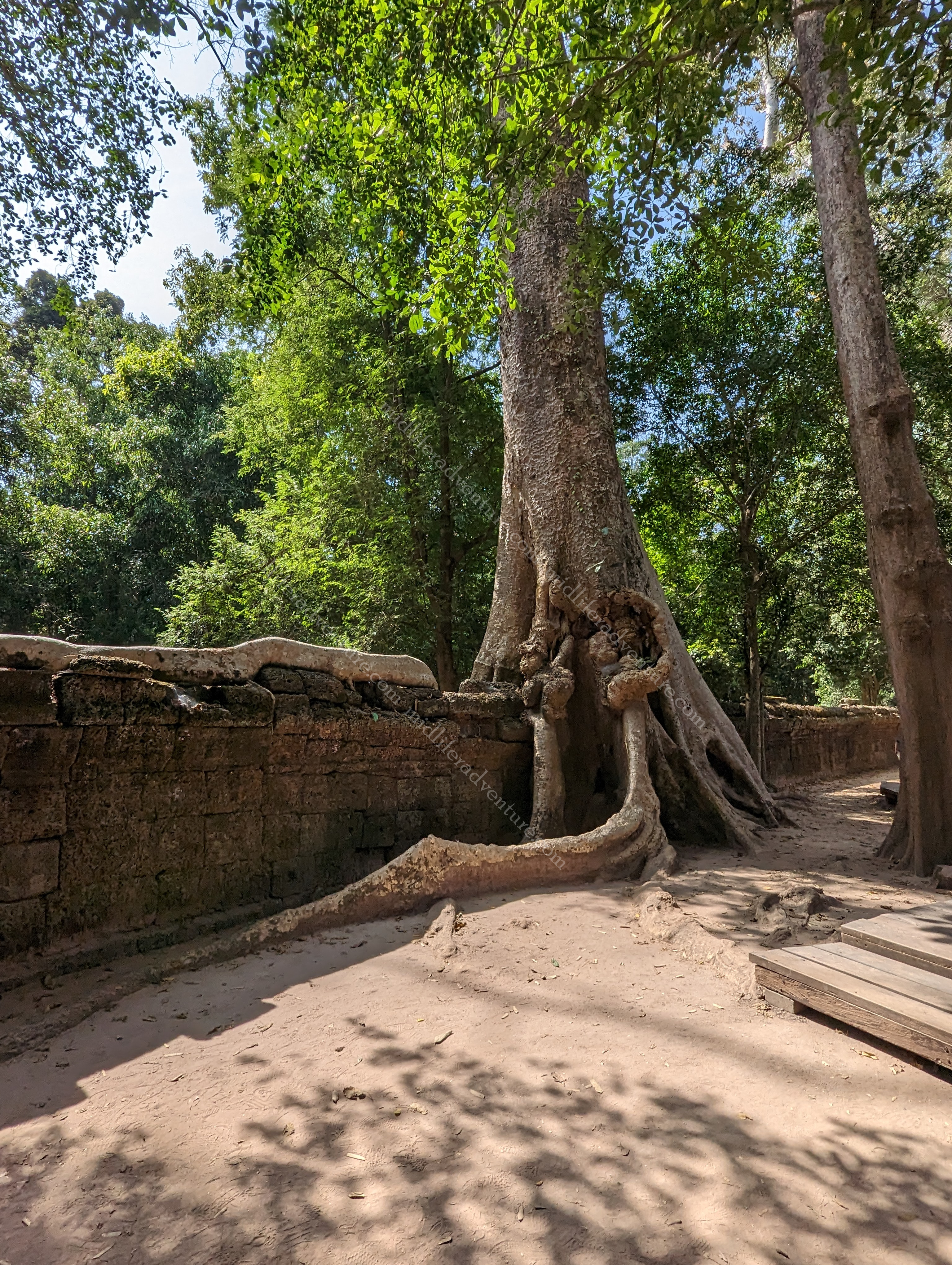
The other temples
Needless to say, there are 50 of them. They are too numerous to mention and they are in varying states of disrepair but here are a few of the more common ones to look out for. The Preah Khan (Sacred Sword) temple complex is notable as it is surrounded by a moat and the roads are lined with sculptures on the way to the temple. The Roluos group of temples is about 13 km east of Siem Reap and was the original head of the Khmer empire from the 9th century before being taken over by the main ones in the 12th century. Thought to be the first capital the group of temples include Bakong (largest temple in the Roluos Group), Lolei, Preah Ko (temple of the cow) and the smaller Prasat Prei Monti.
Ba Phuon (newly restored and reopened), Phnom Bakheng (sunset hill), Prasat Banteay Srey (citadel of women), Koh Ker (about 90 minutes away with around a dozen temples dating around the10th century), Baksei Chamkrong (Temple pyramid near the South Gate of Angkor Thom).
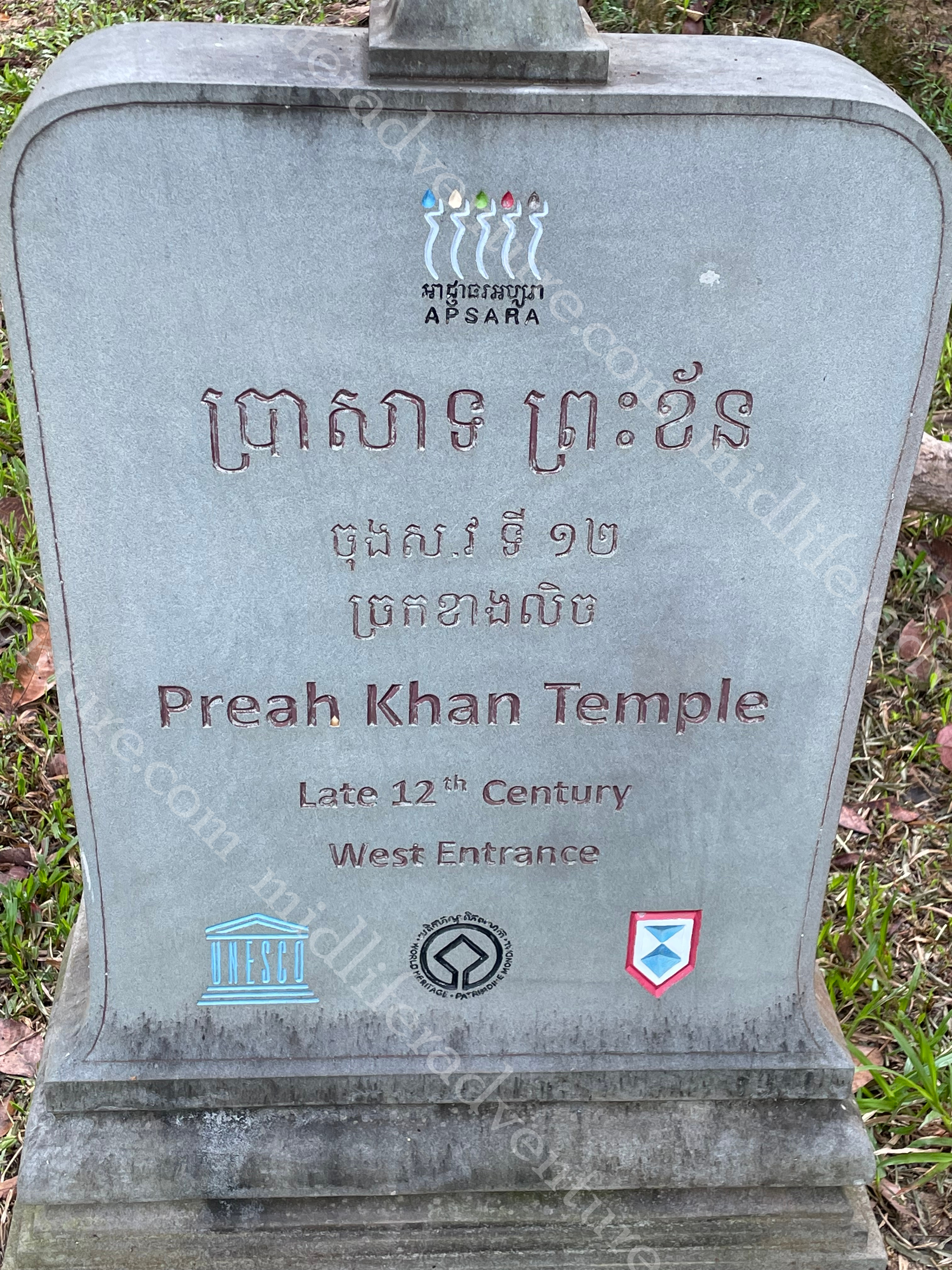
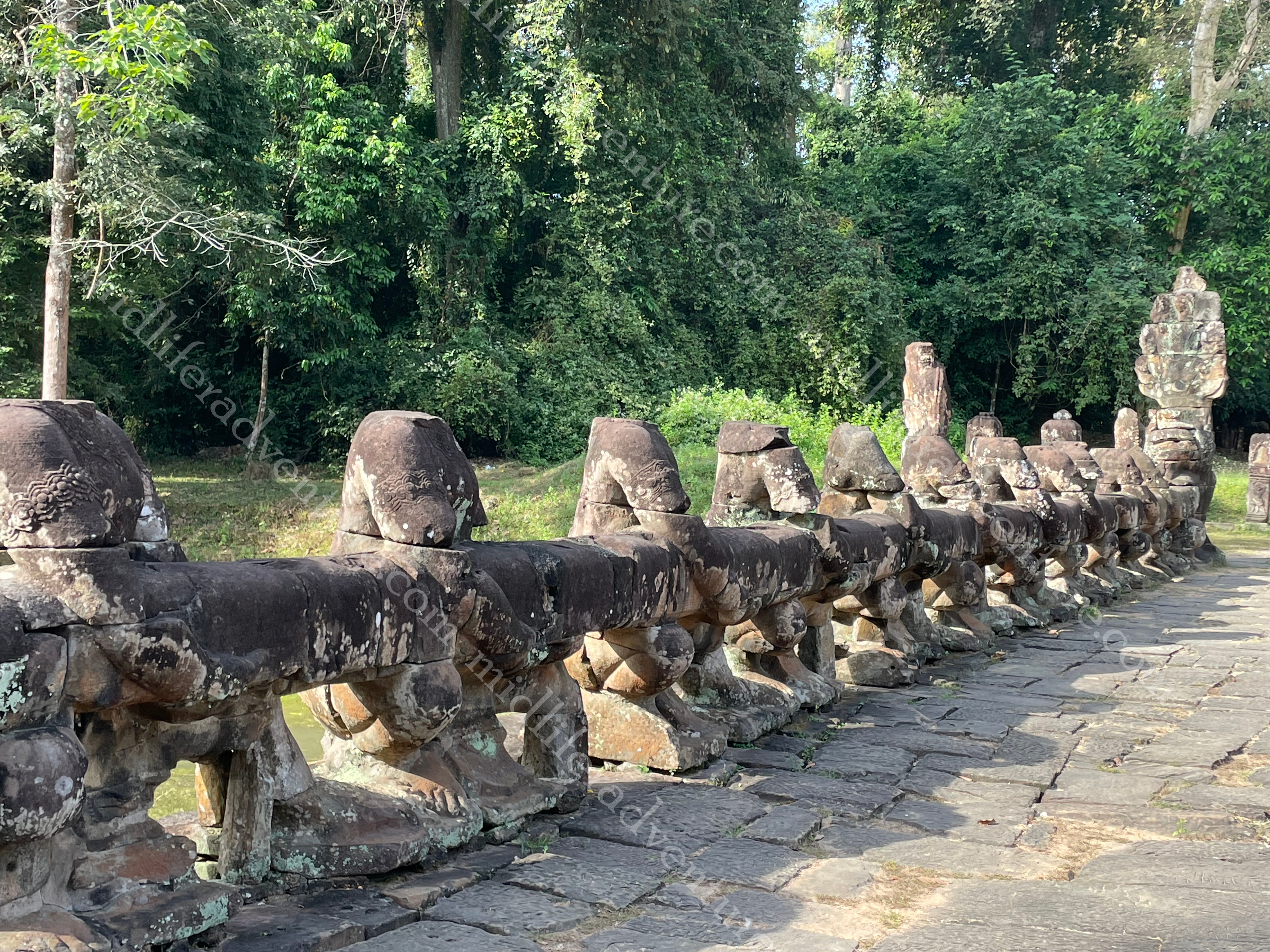
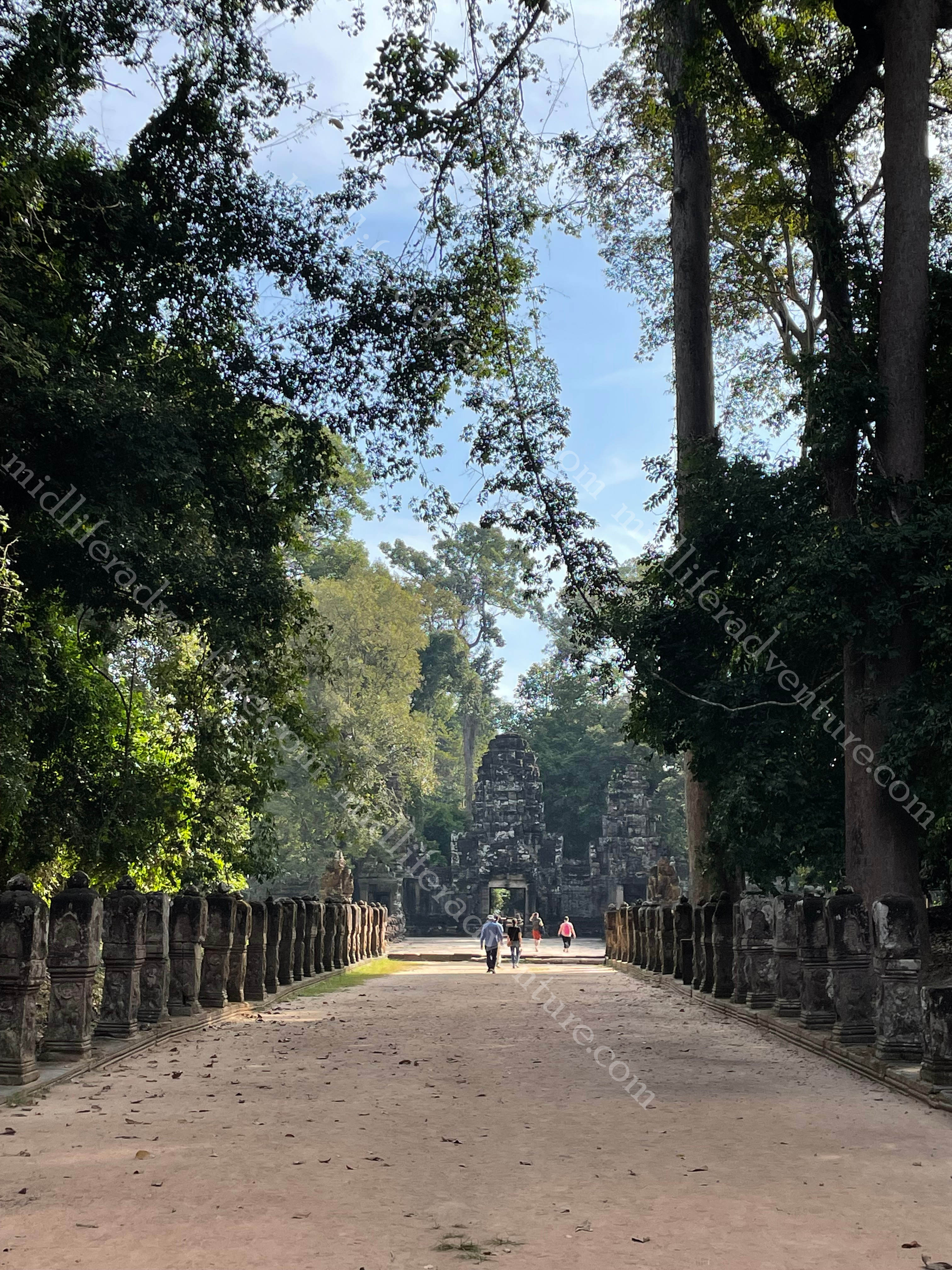
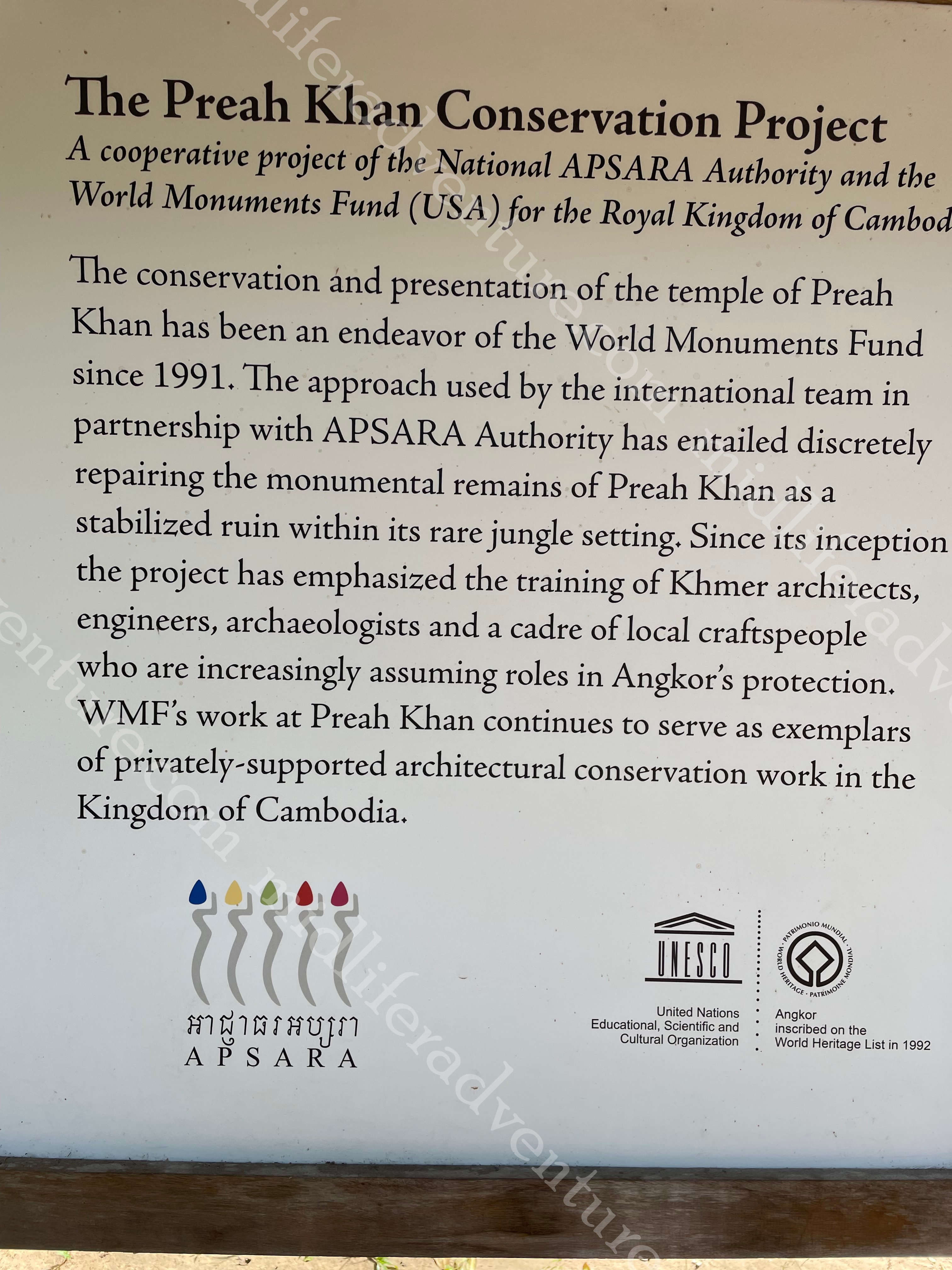


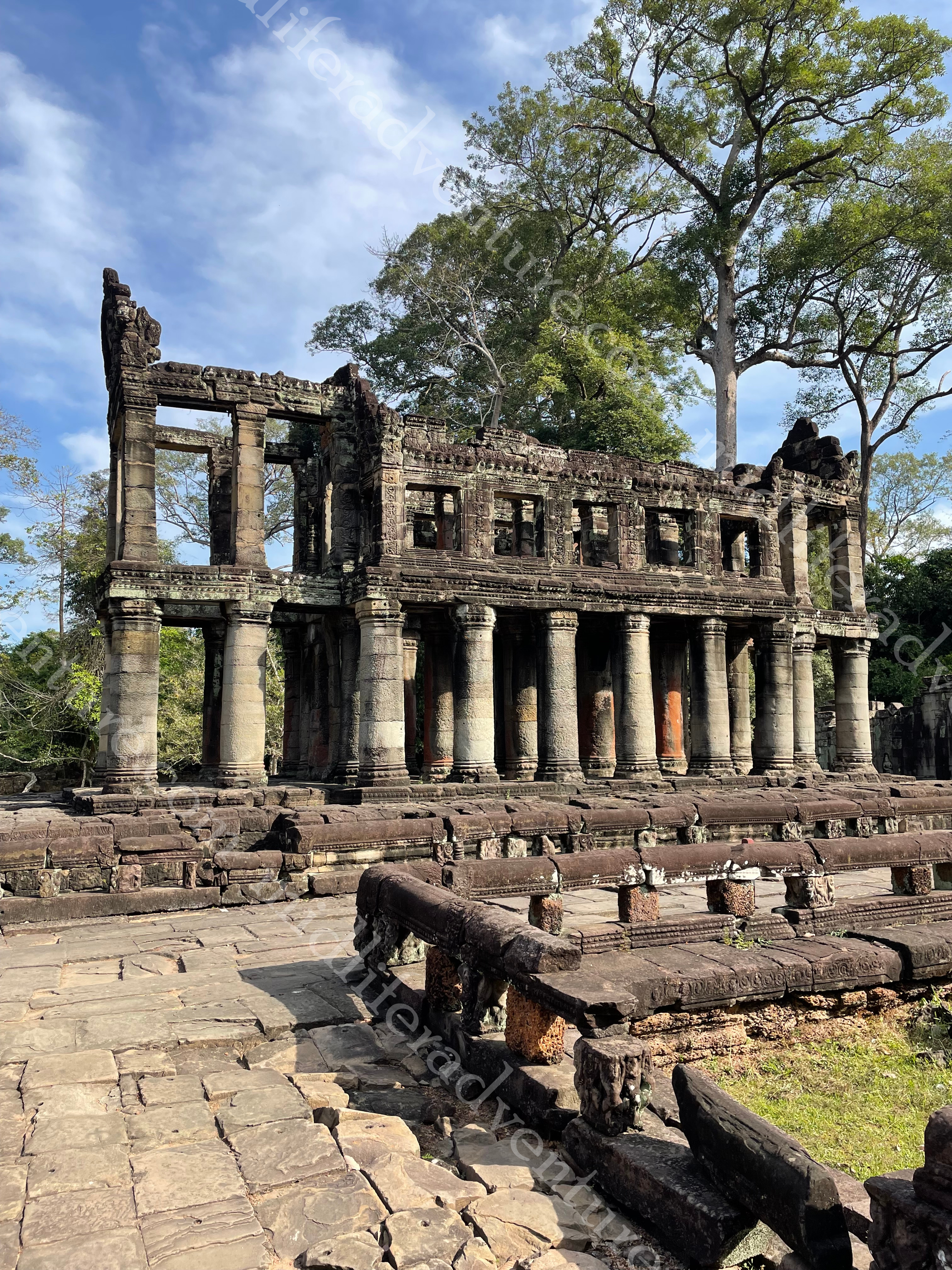
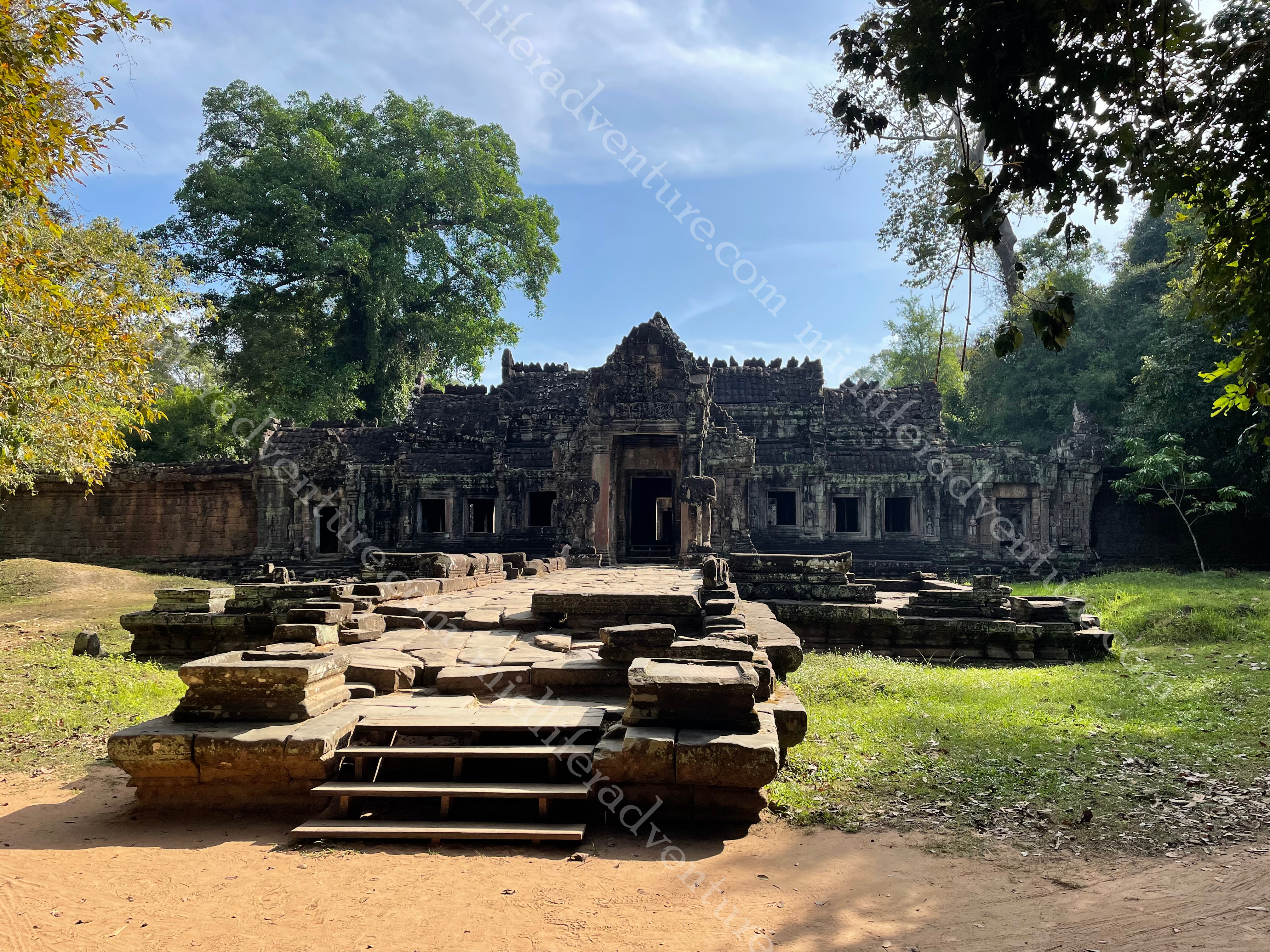
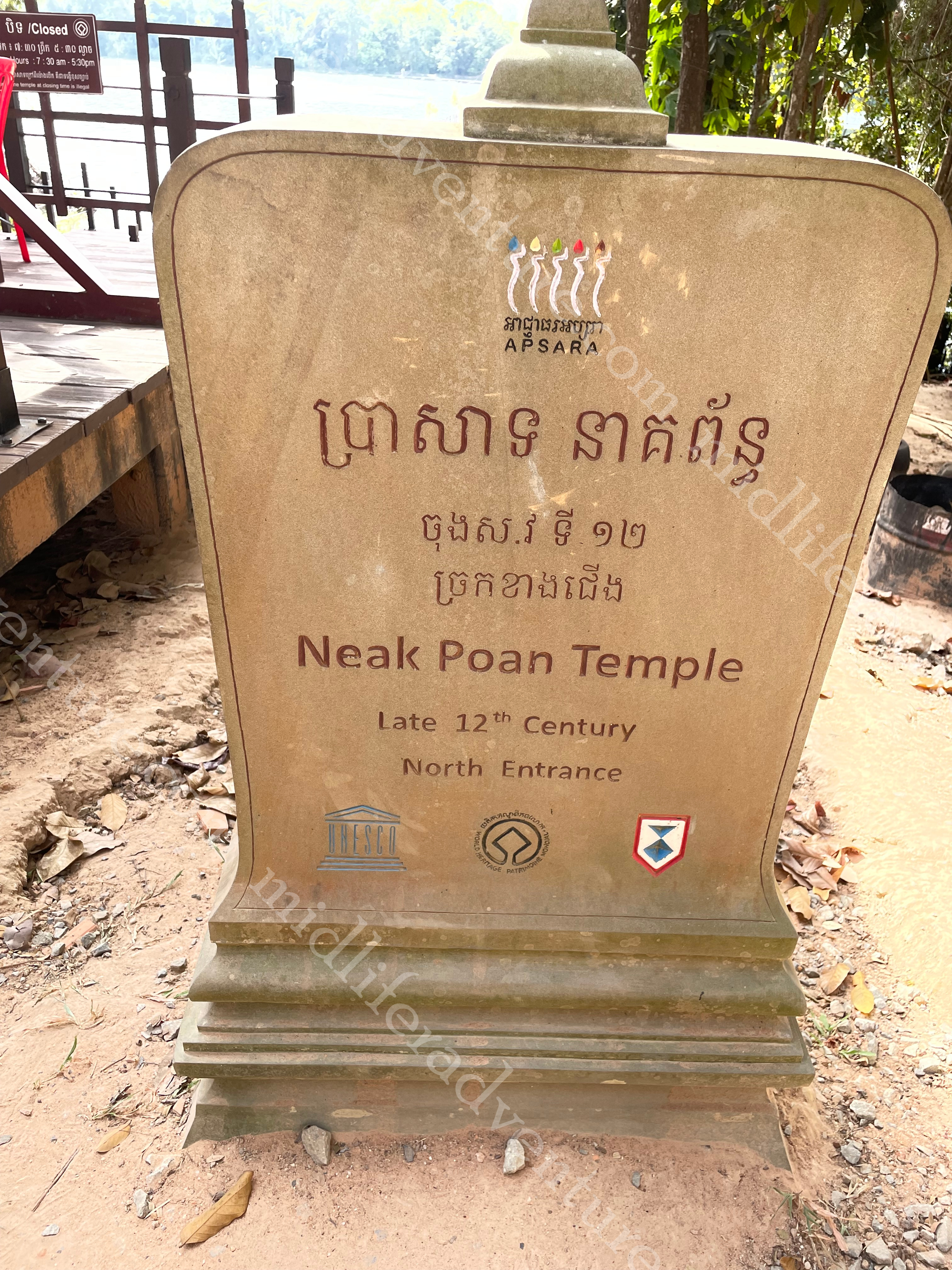
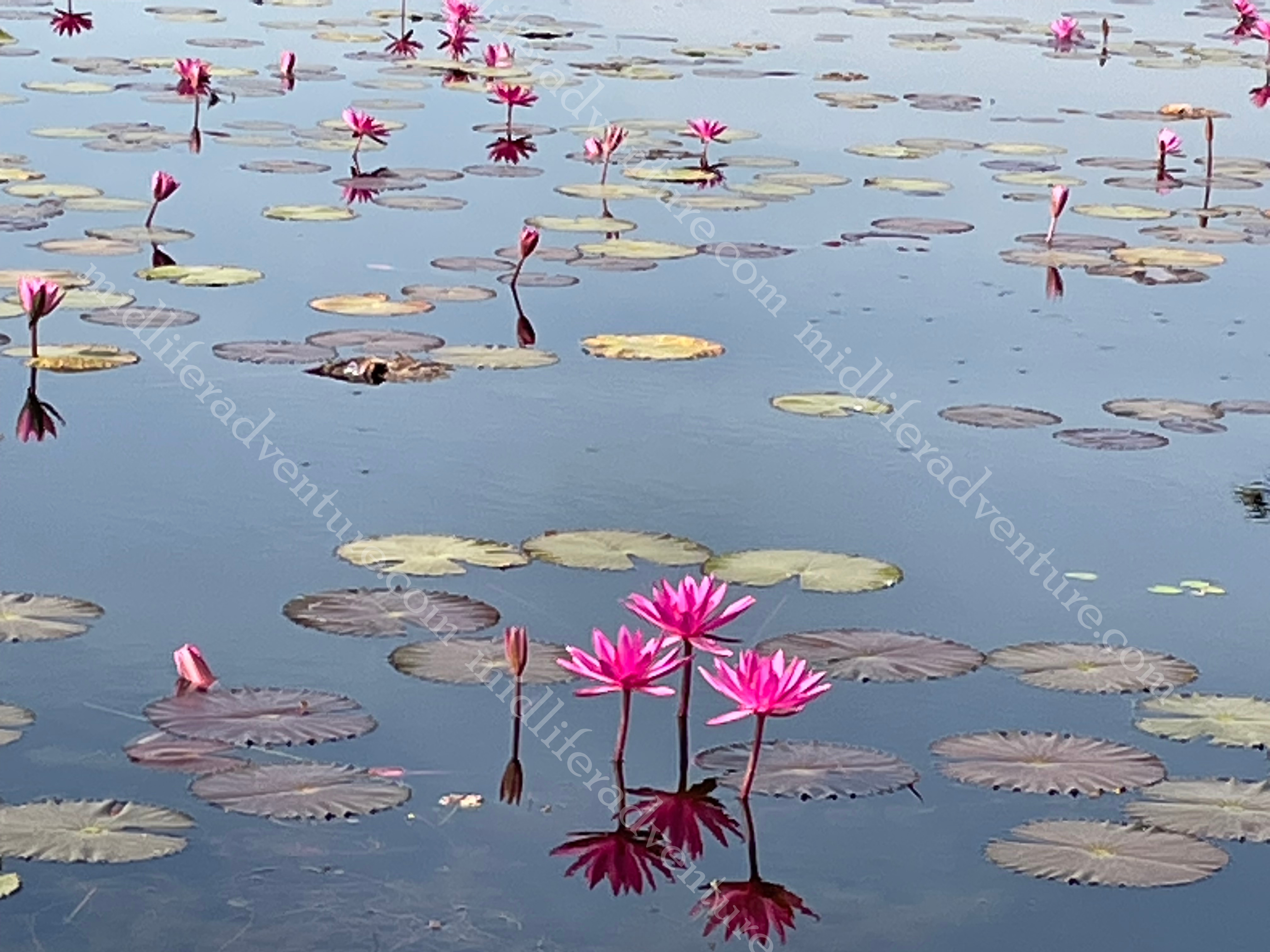
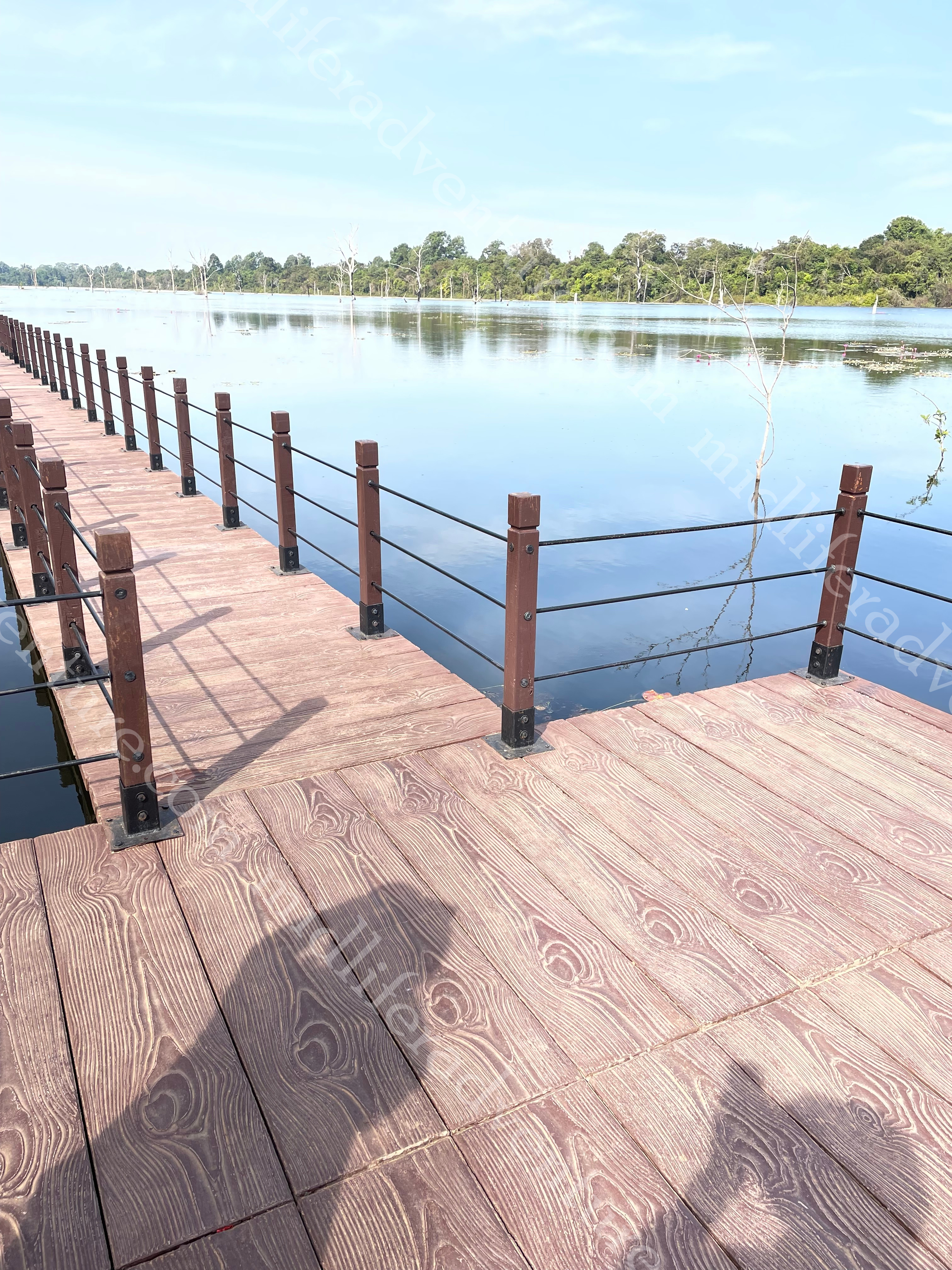
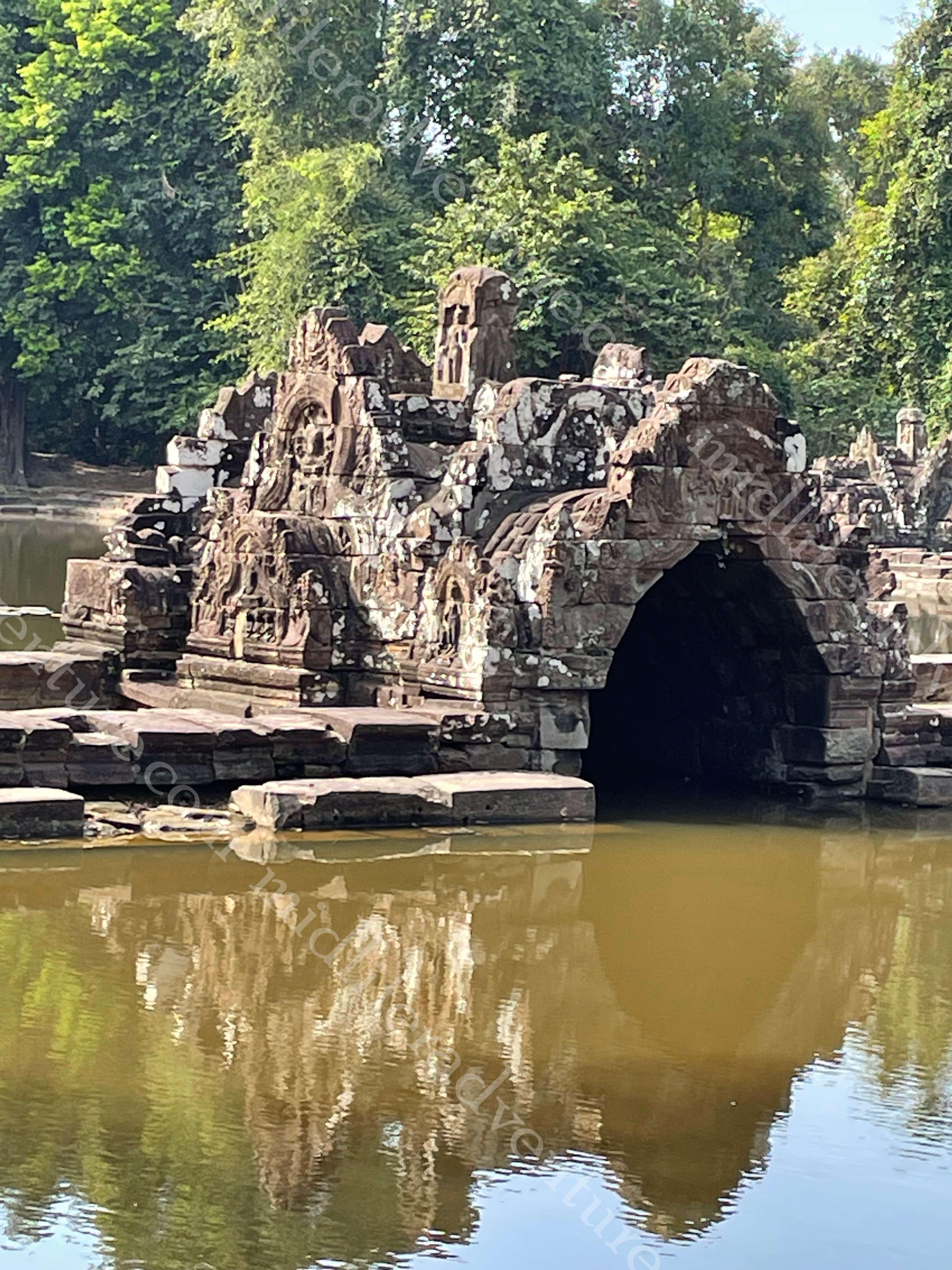
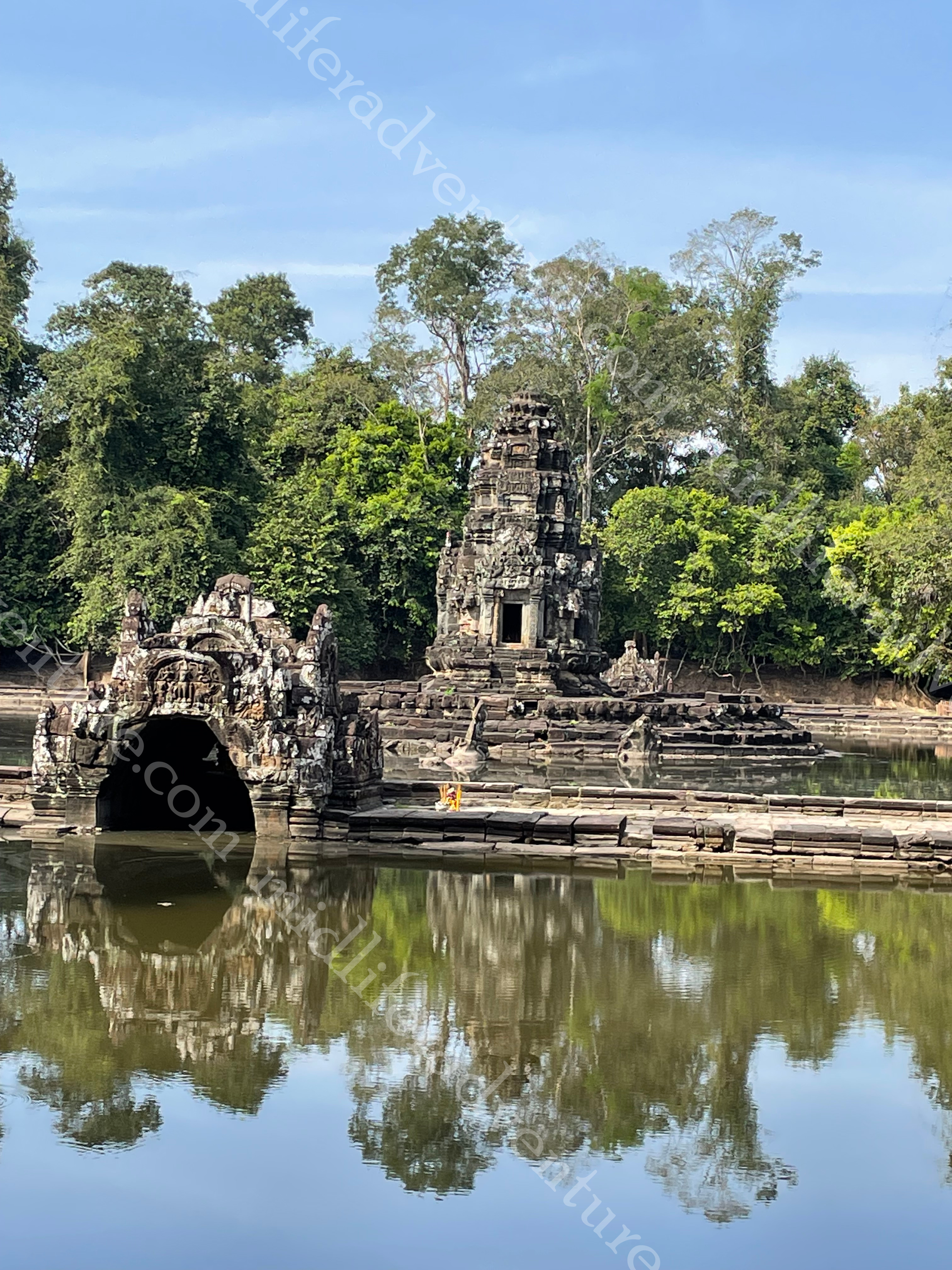
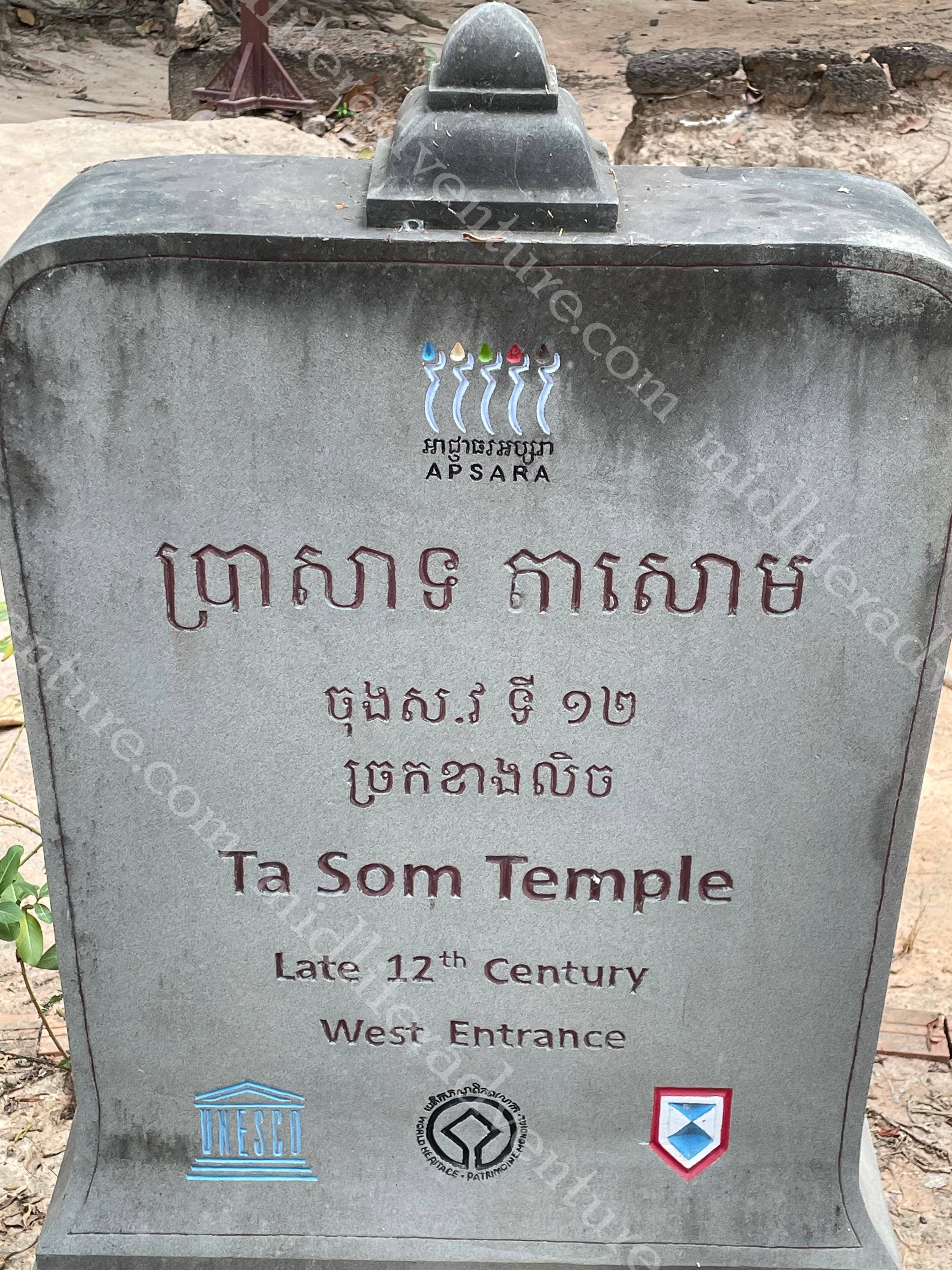
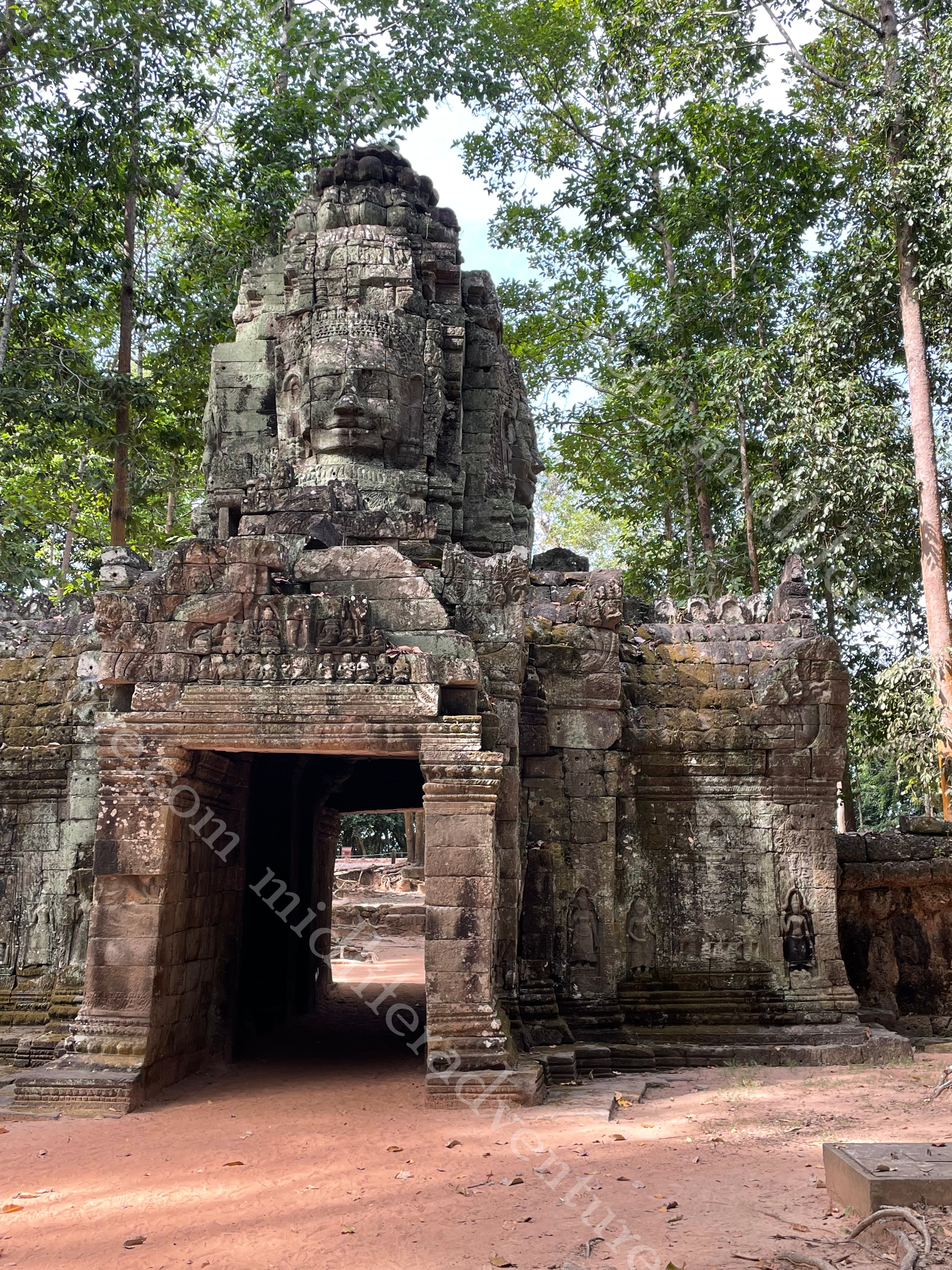

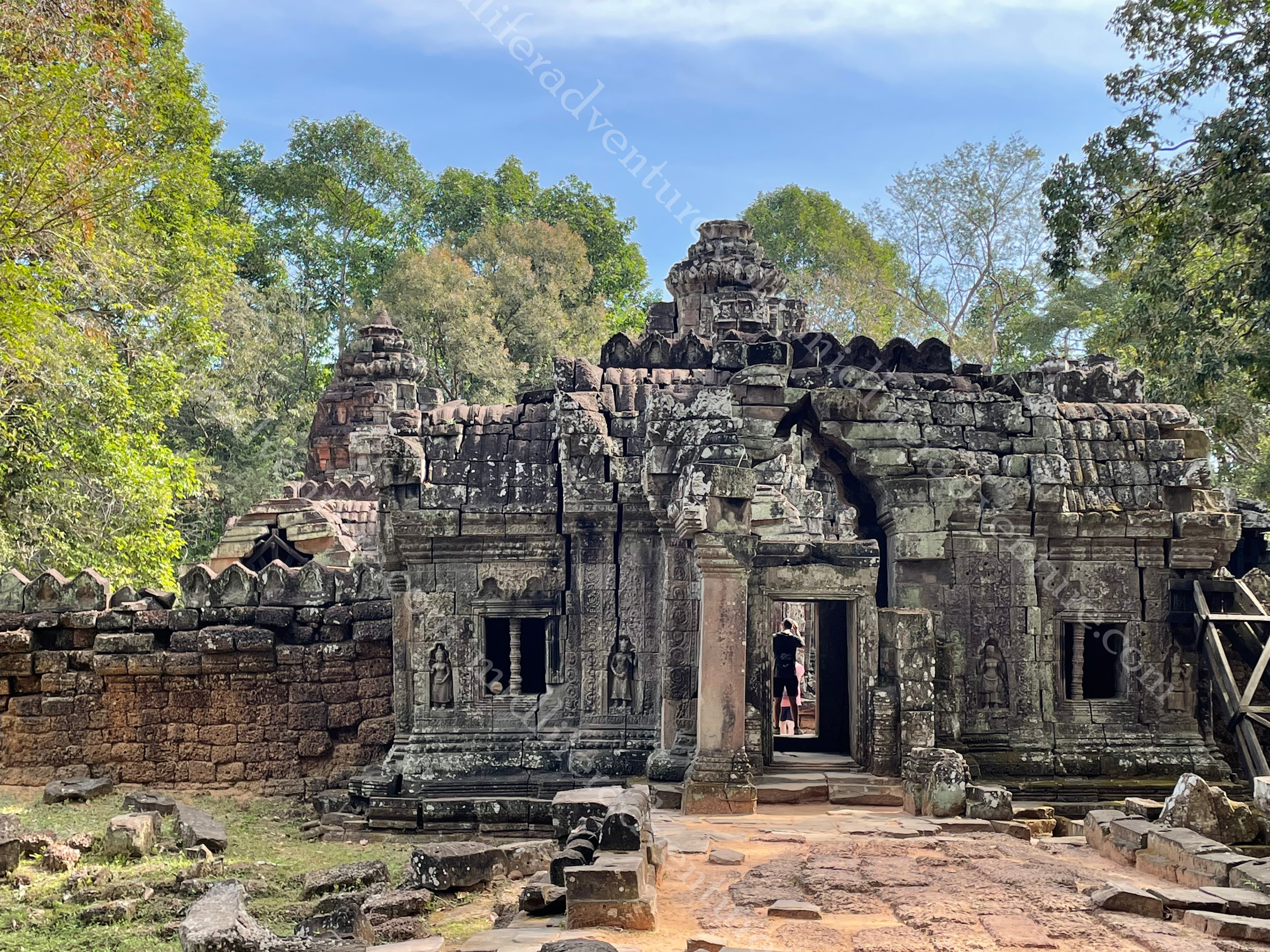
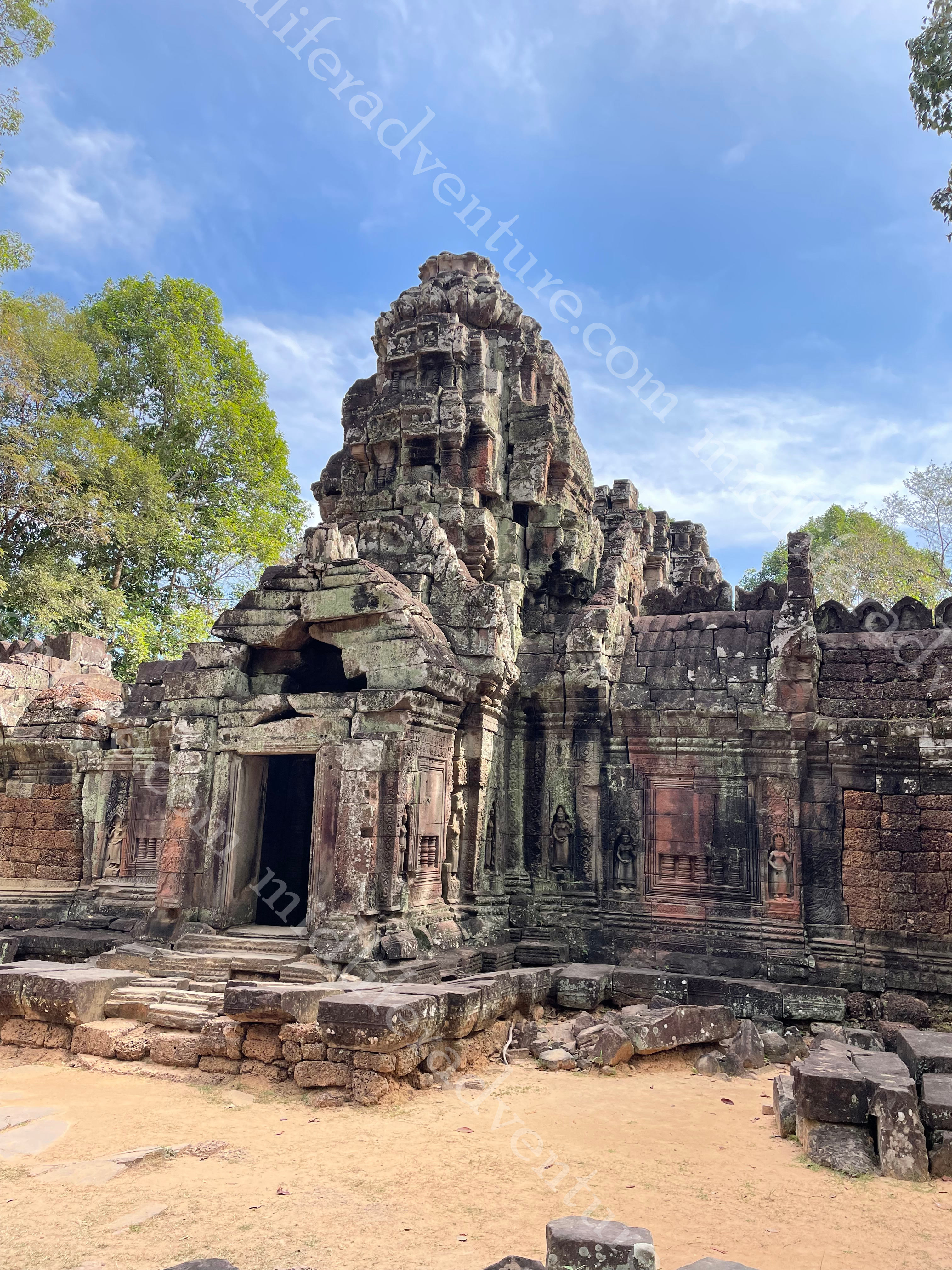
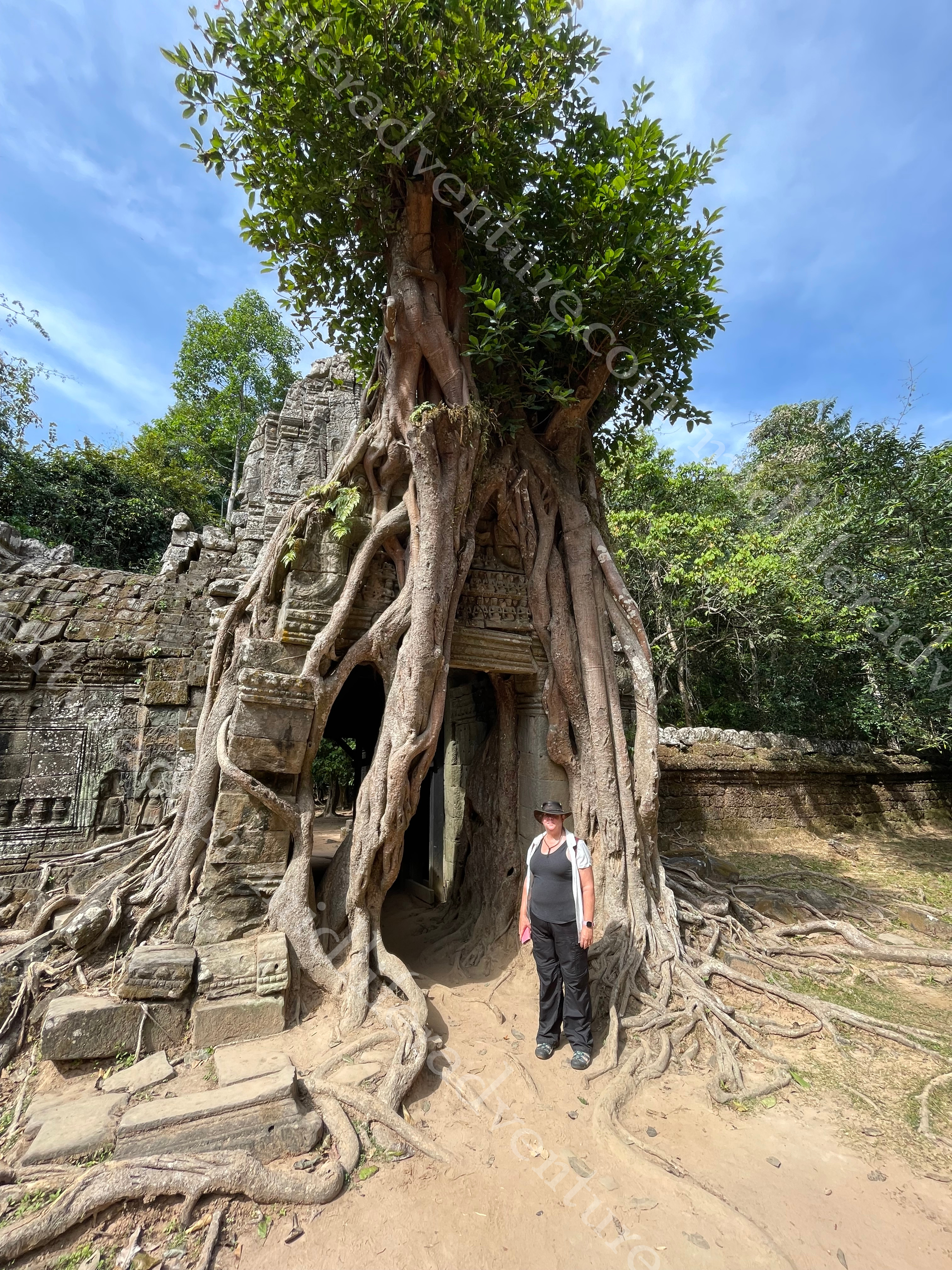
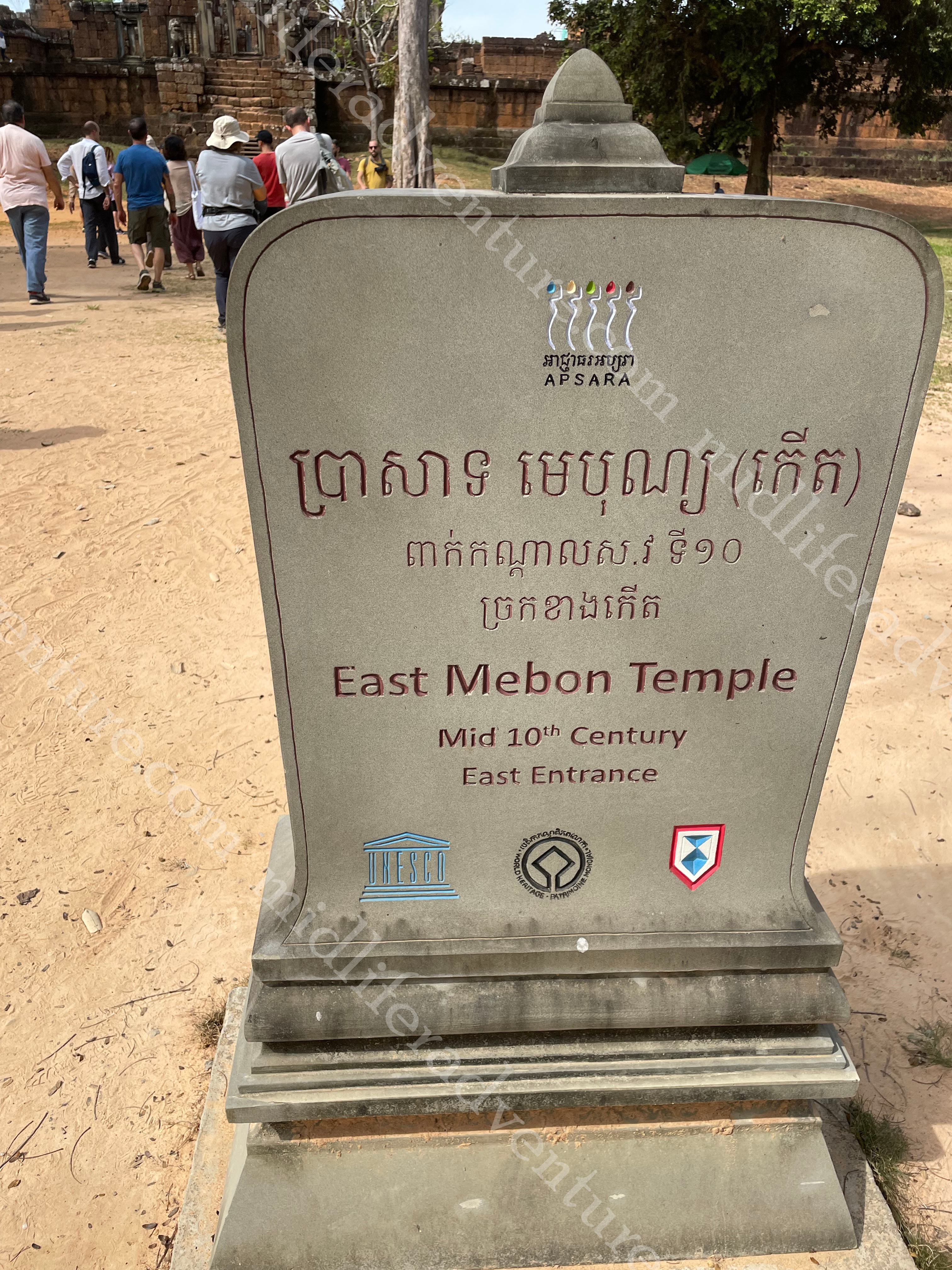
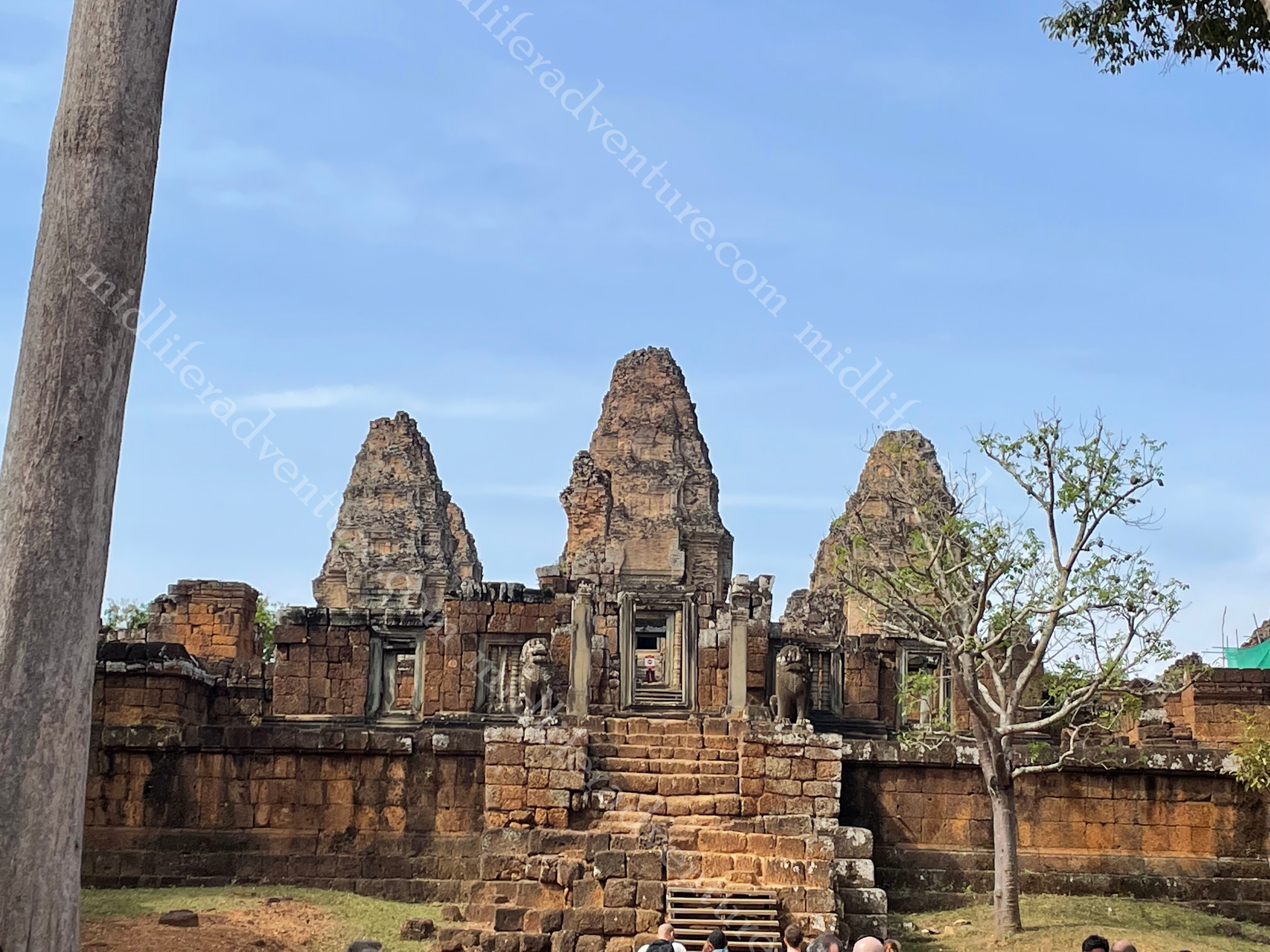
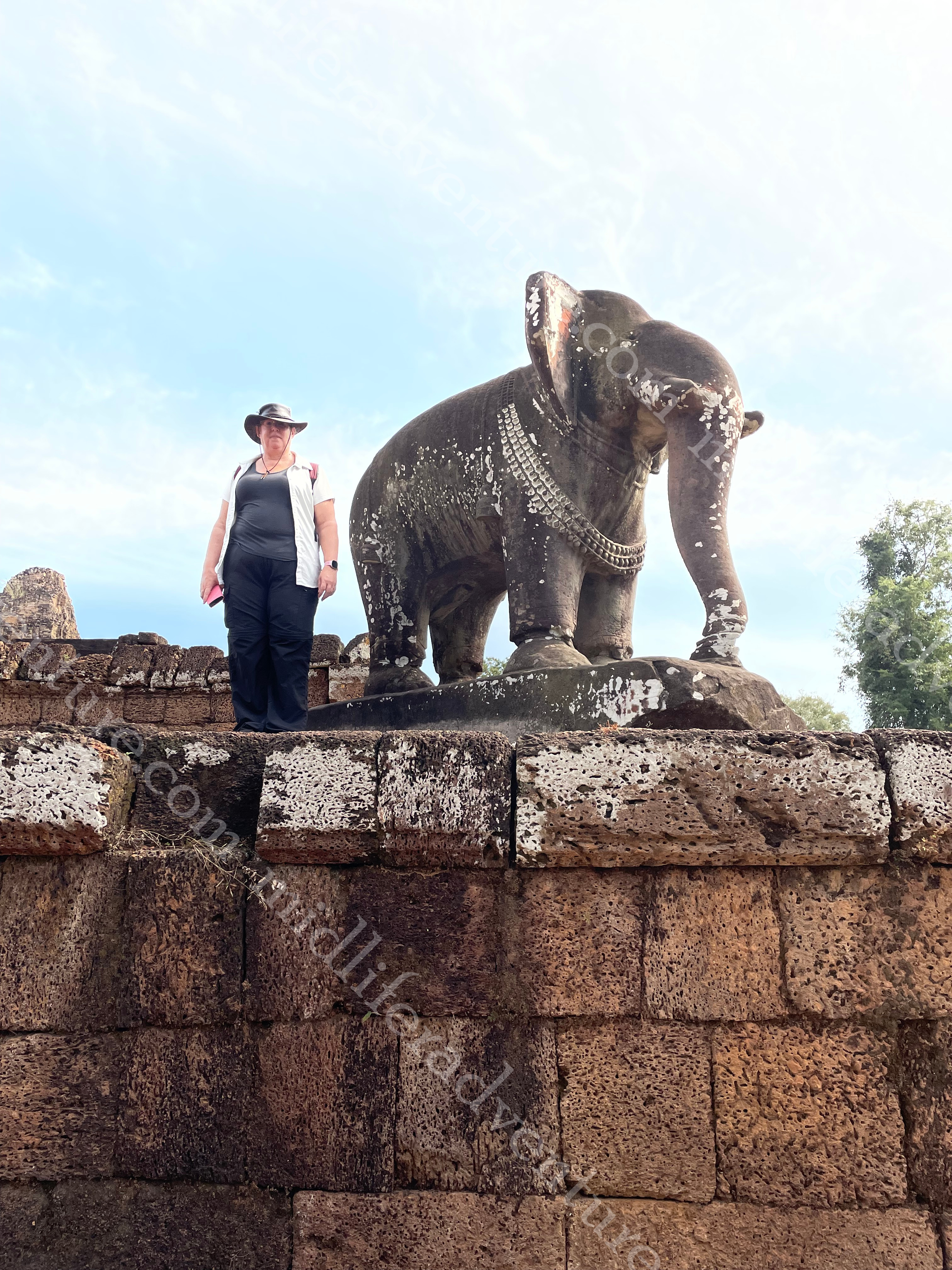

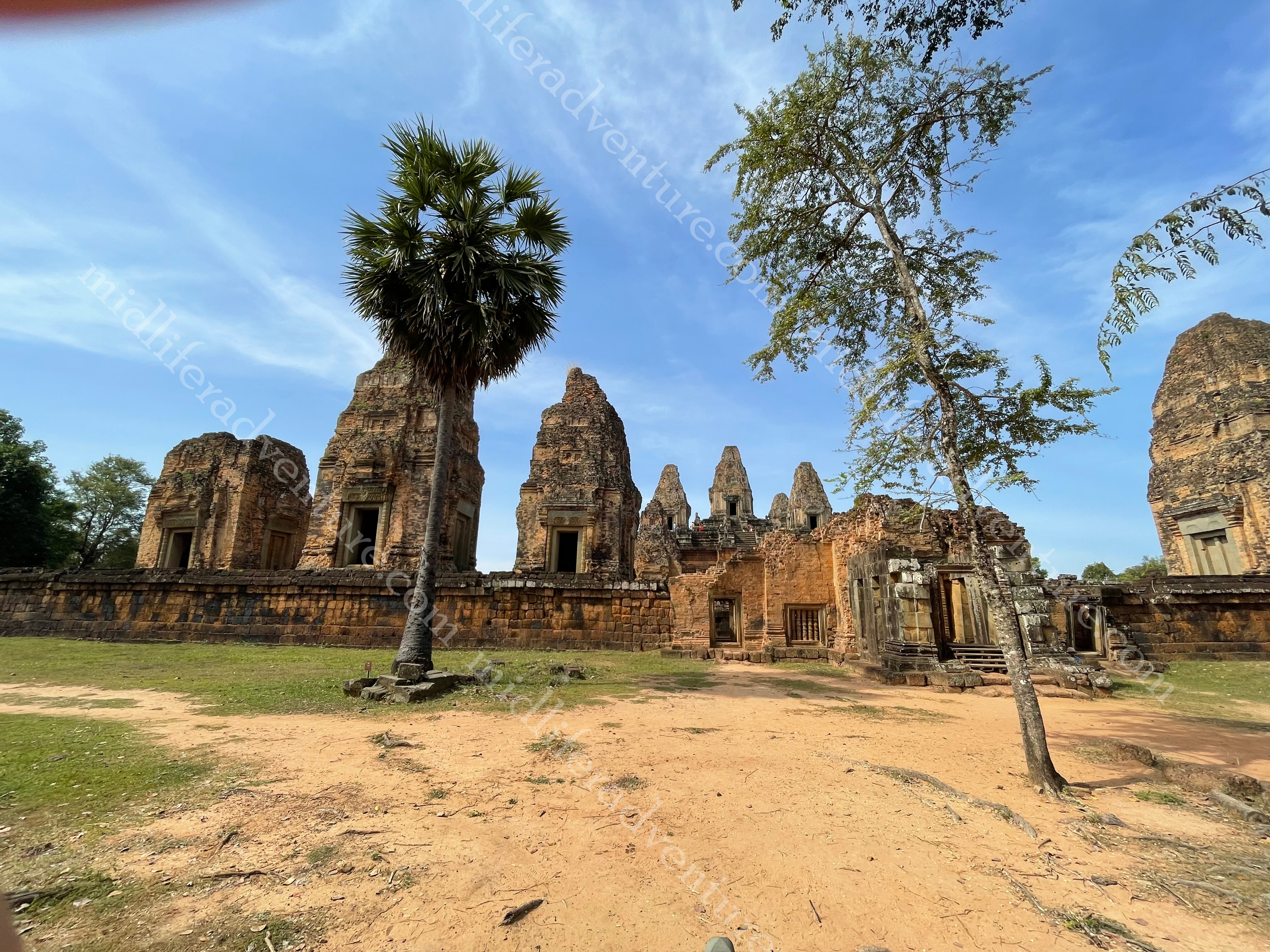
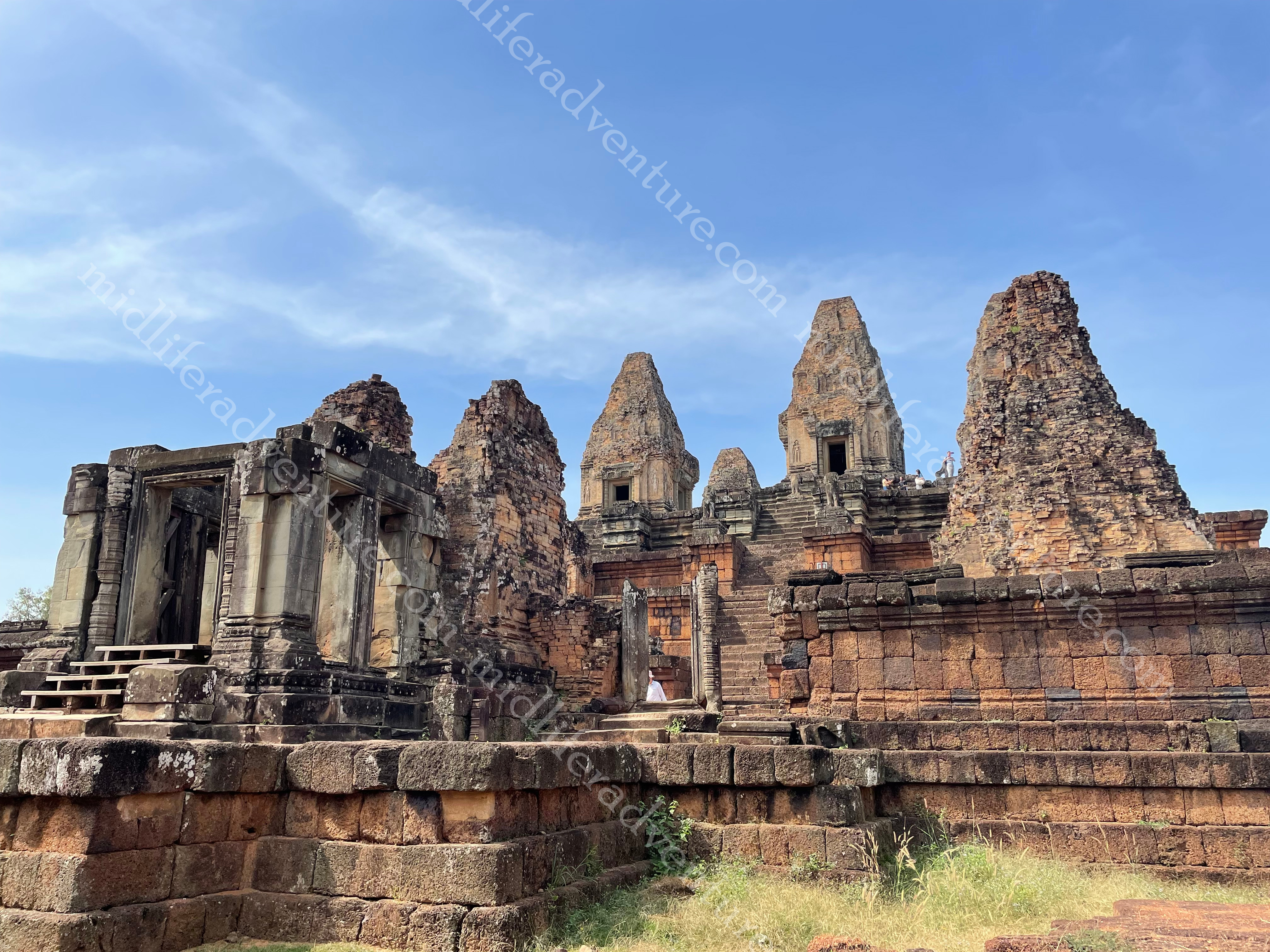
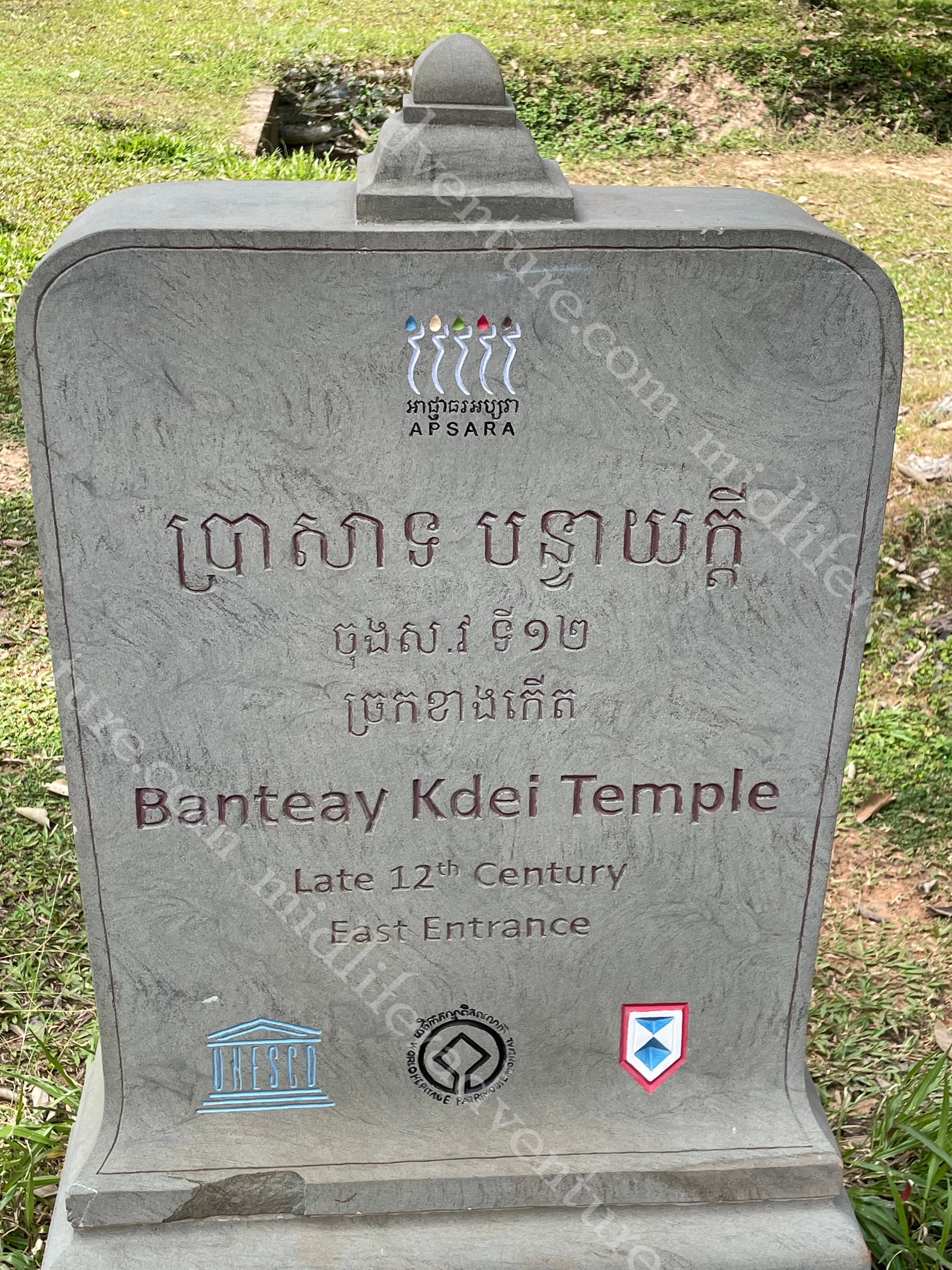

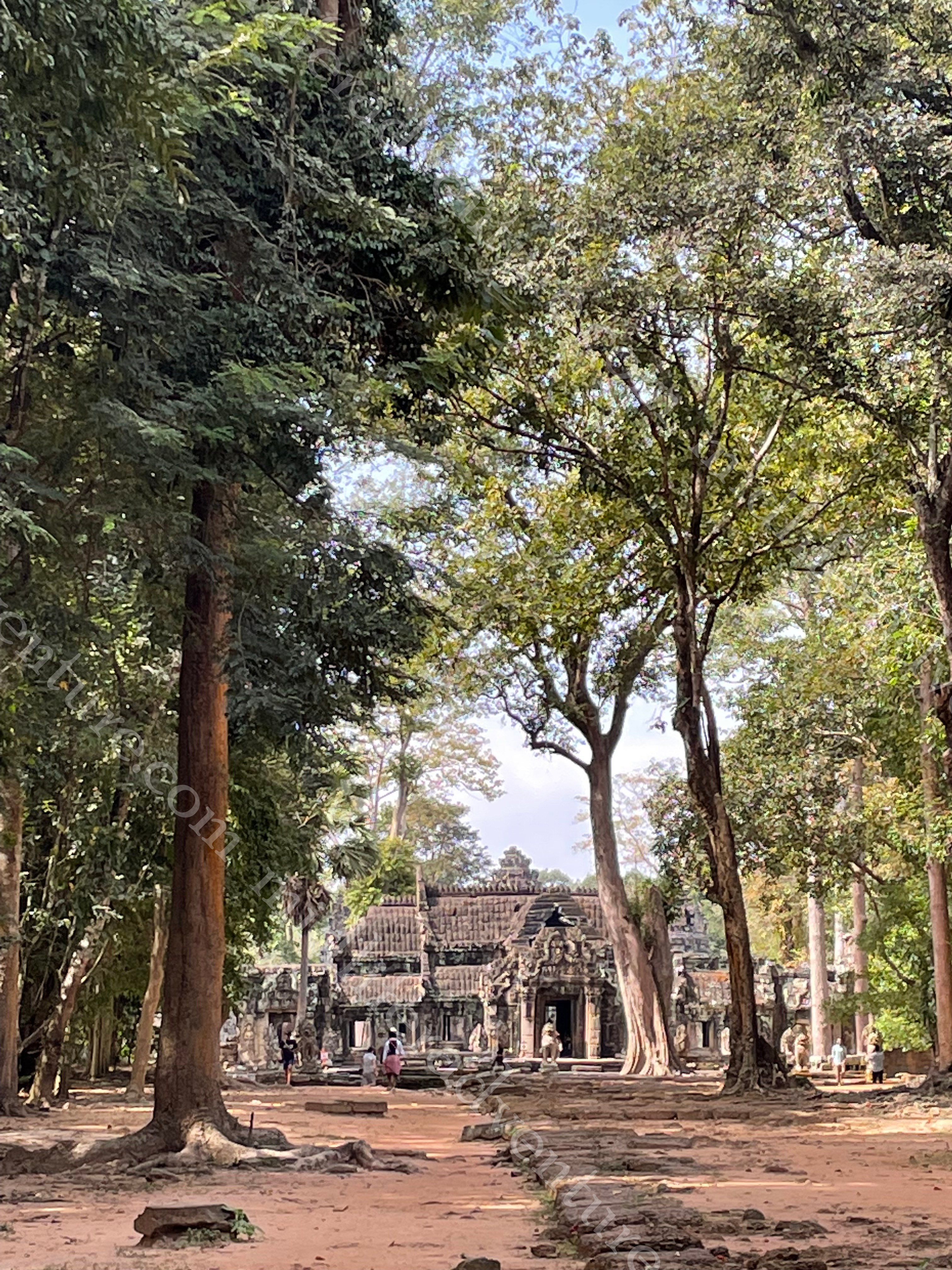
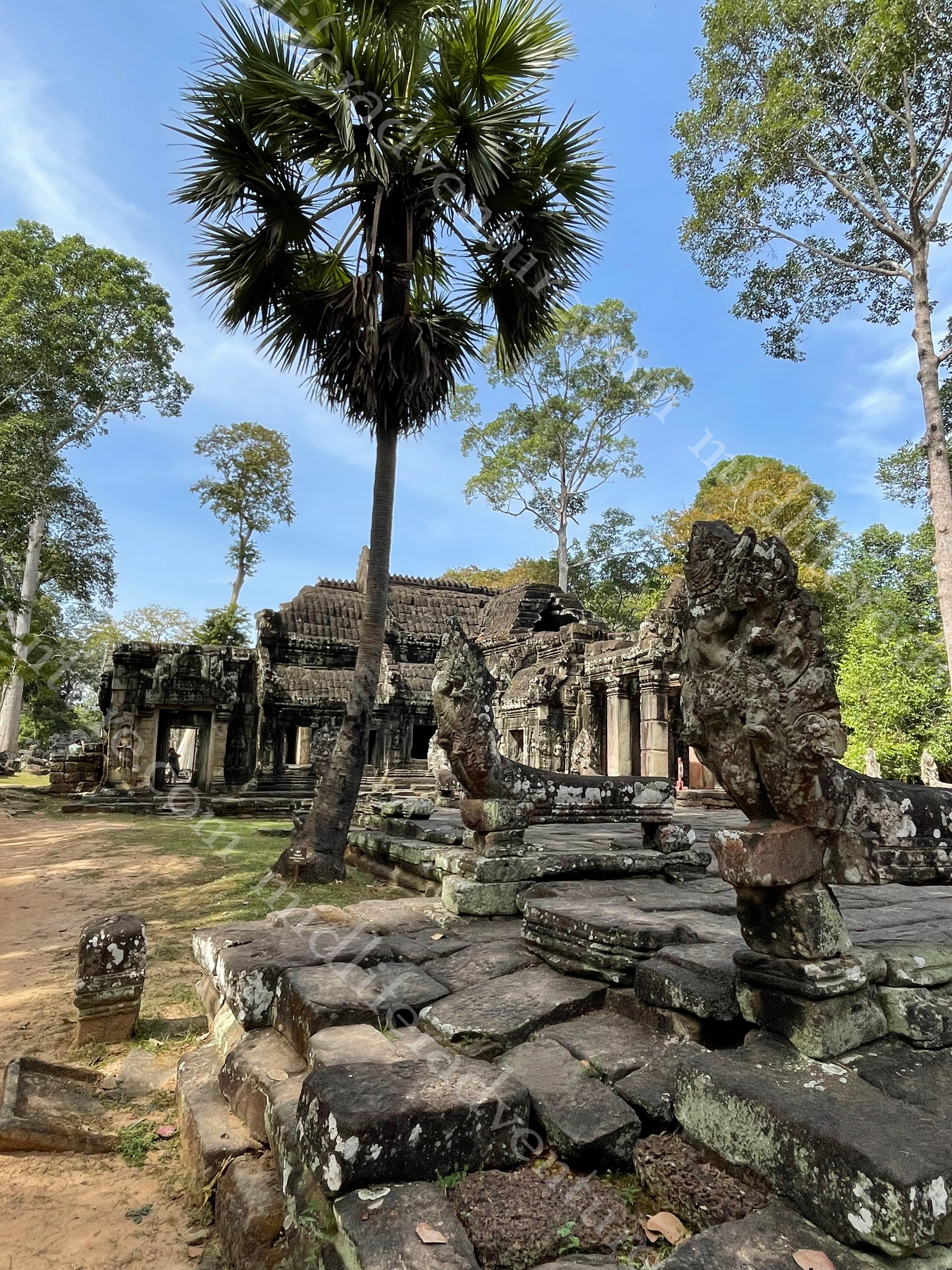
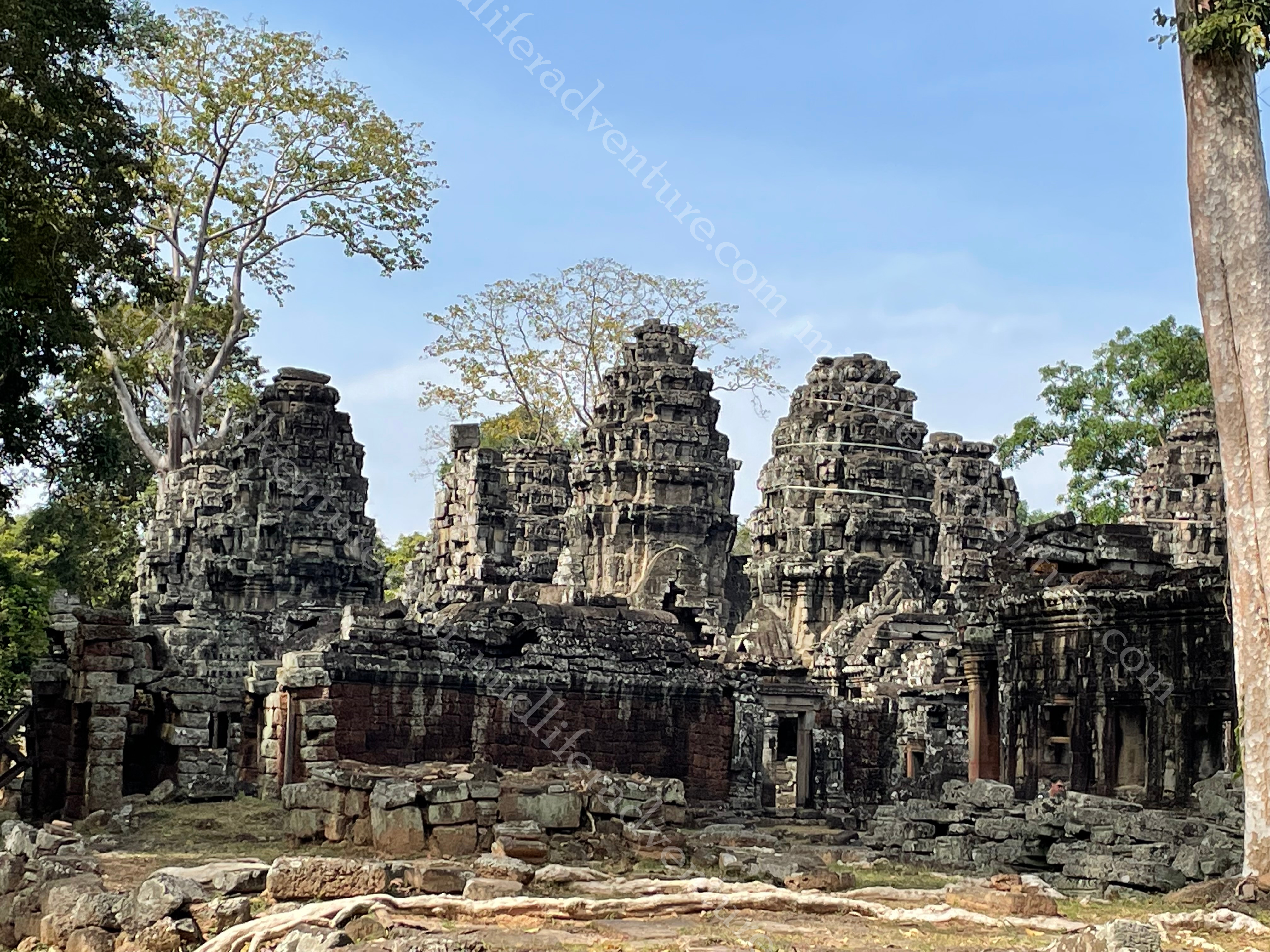
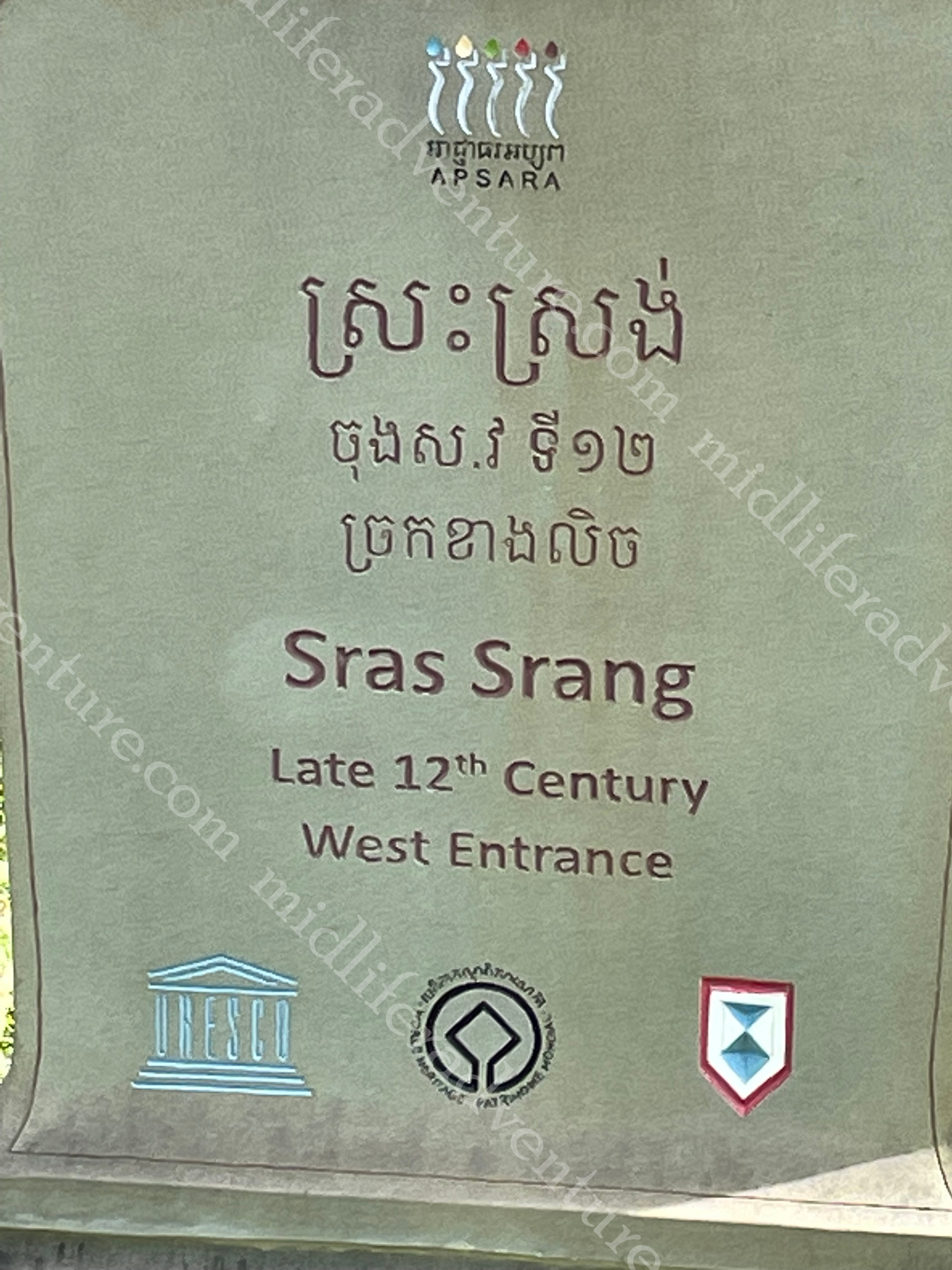
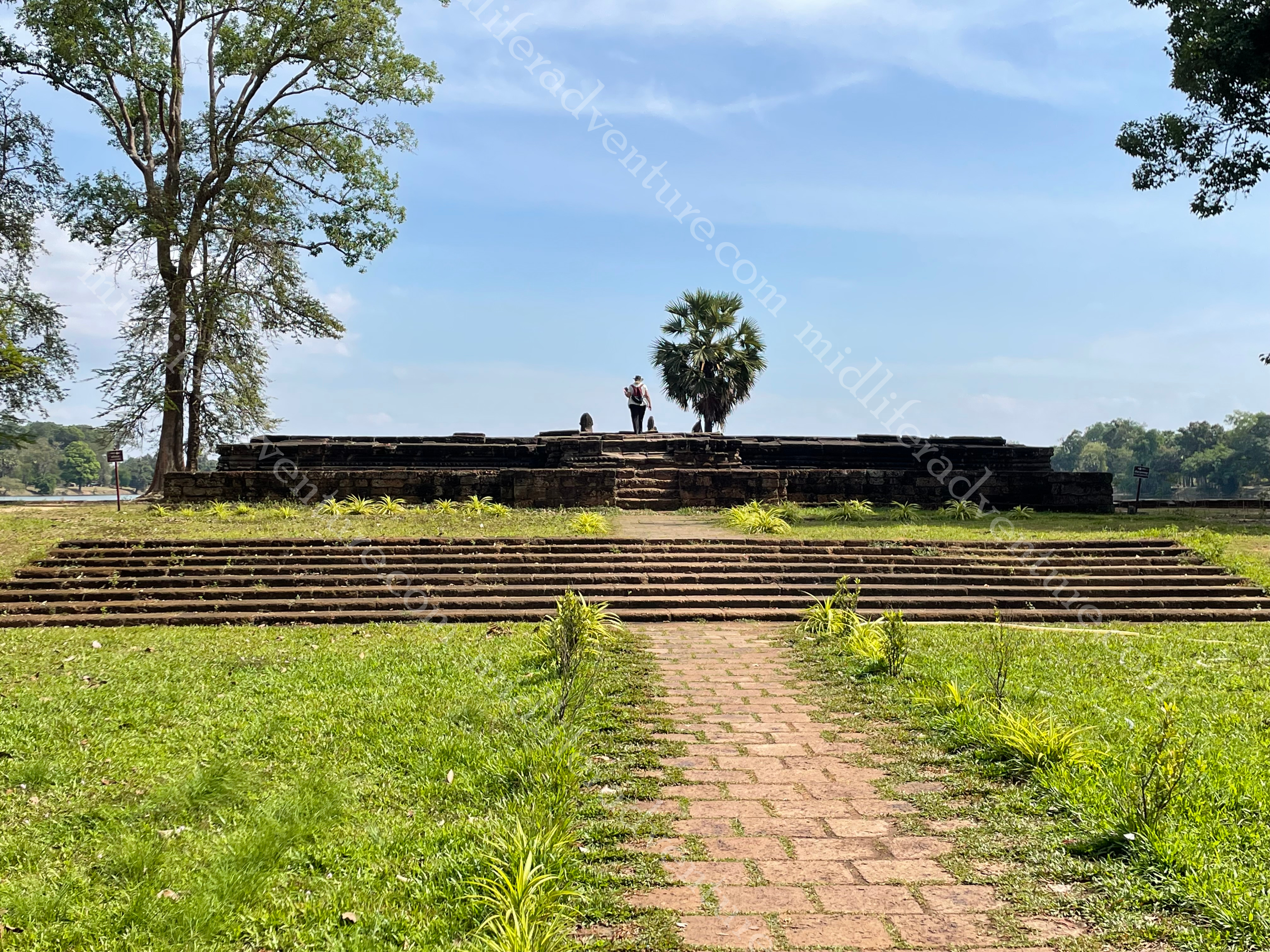

Kulen National Park
Phnom Kulen (Mountain of the Lychees) is a national park around 40 kilometers outside of Siem Reap. While it is not that far, the state of the roads make it a 90-120 minute trip and it must be done in a car or even a 4WD in the rainy season. It is said that Phnom Kulen is the birthplace of the Khmer empire and was even the site where King Jayavarman II declared independence (around the 9th century). Much of the stone used in the temples of Siem Reap was mined here and transported to the temples. But today it is the site of a couple of really nice waterfalls, a reclining buddha and the river of 1000 lingas (phallic symbol of the Hindu god Shiva – so I am going for the river of 1000 dicks).

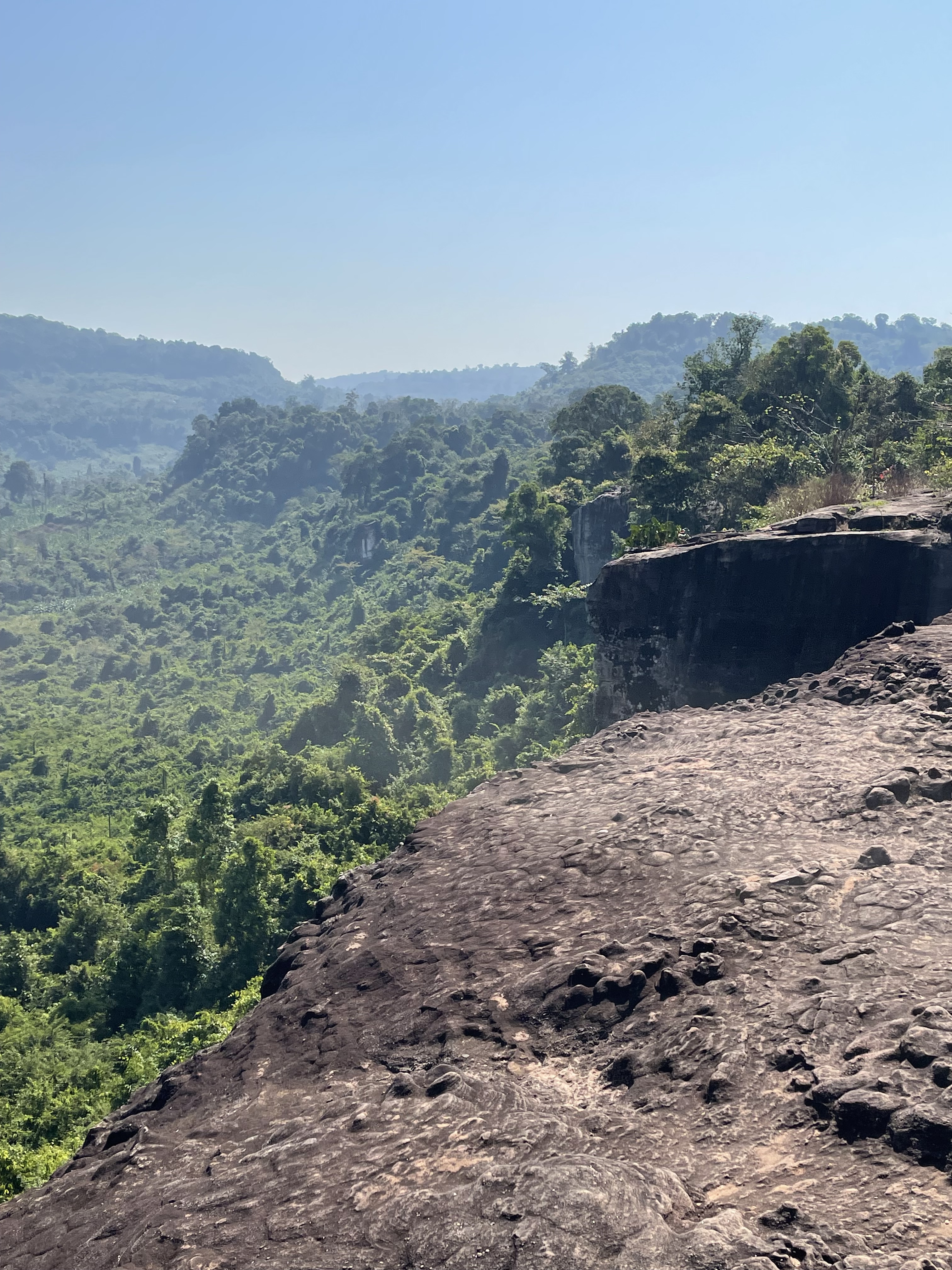
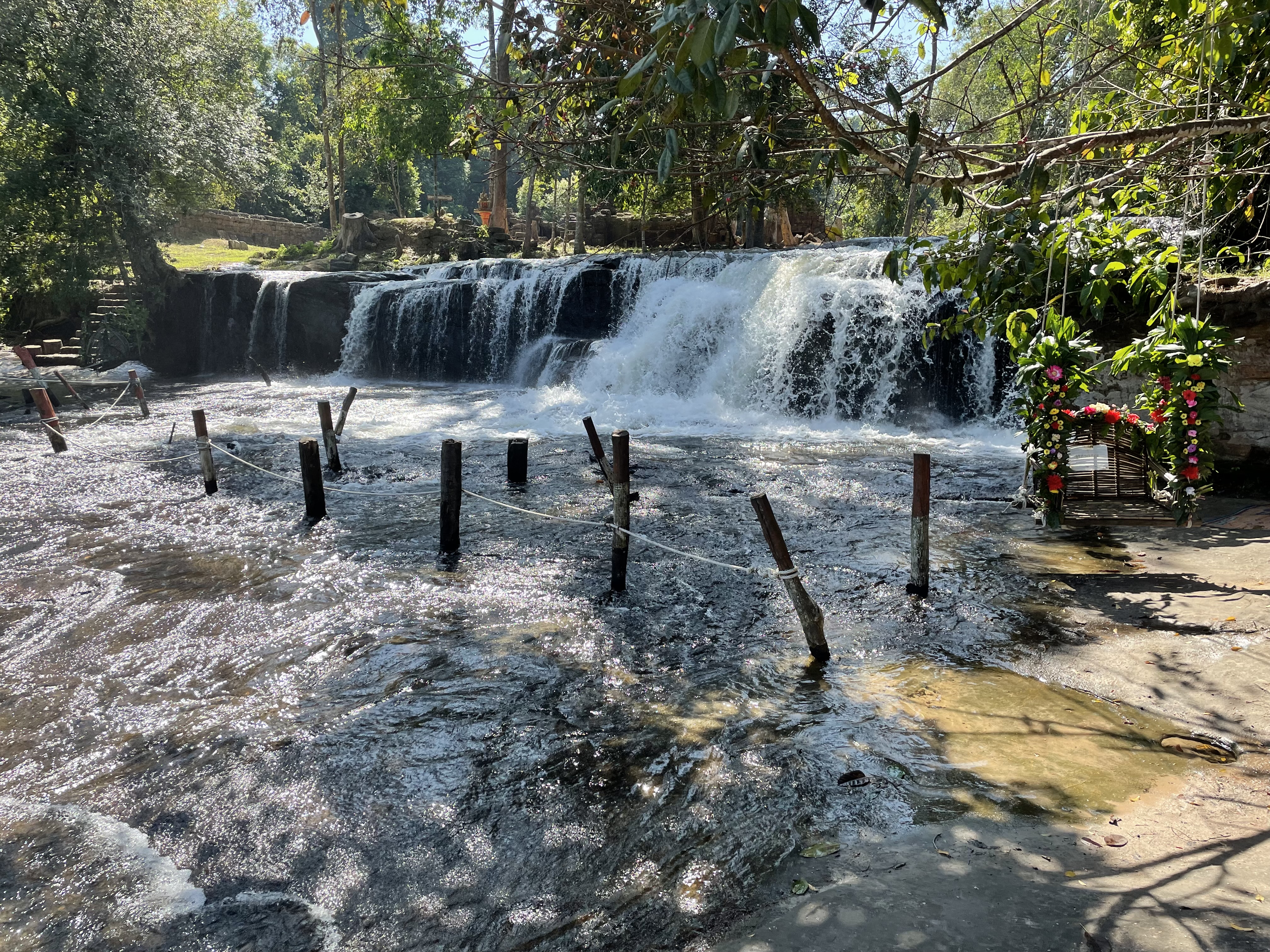
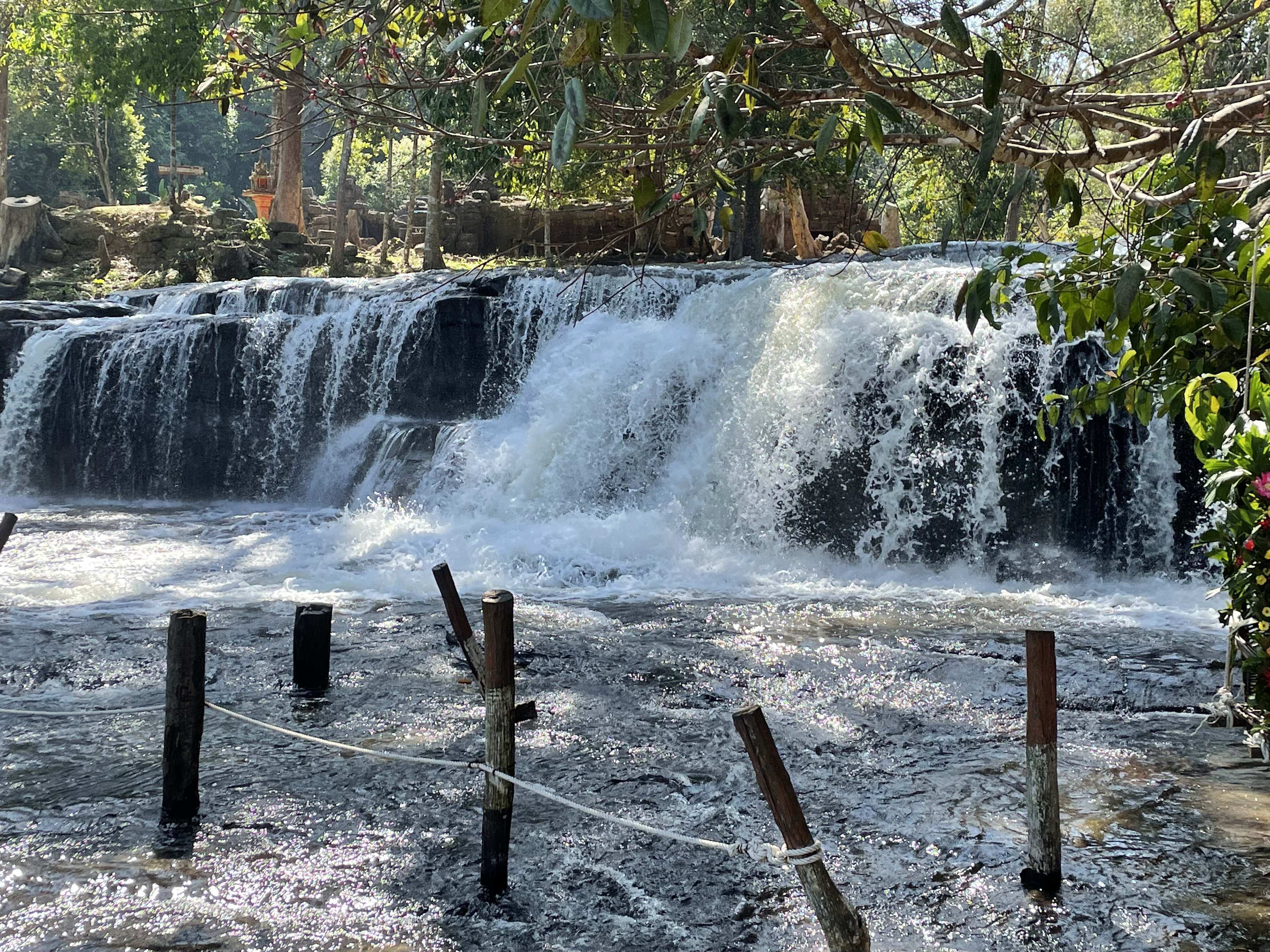


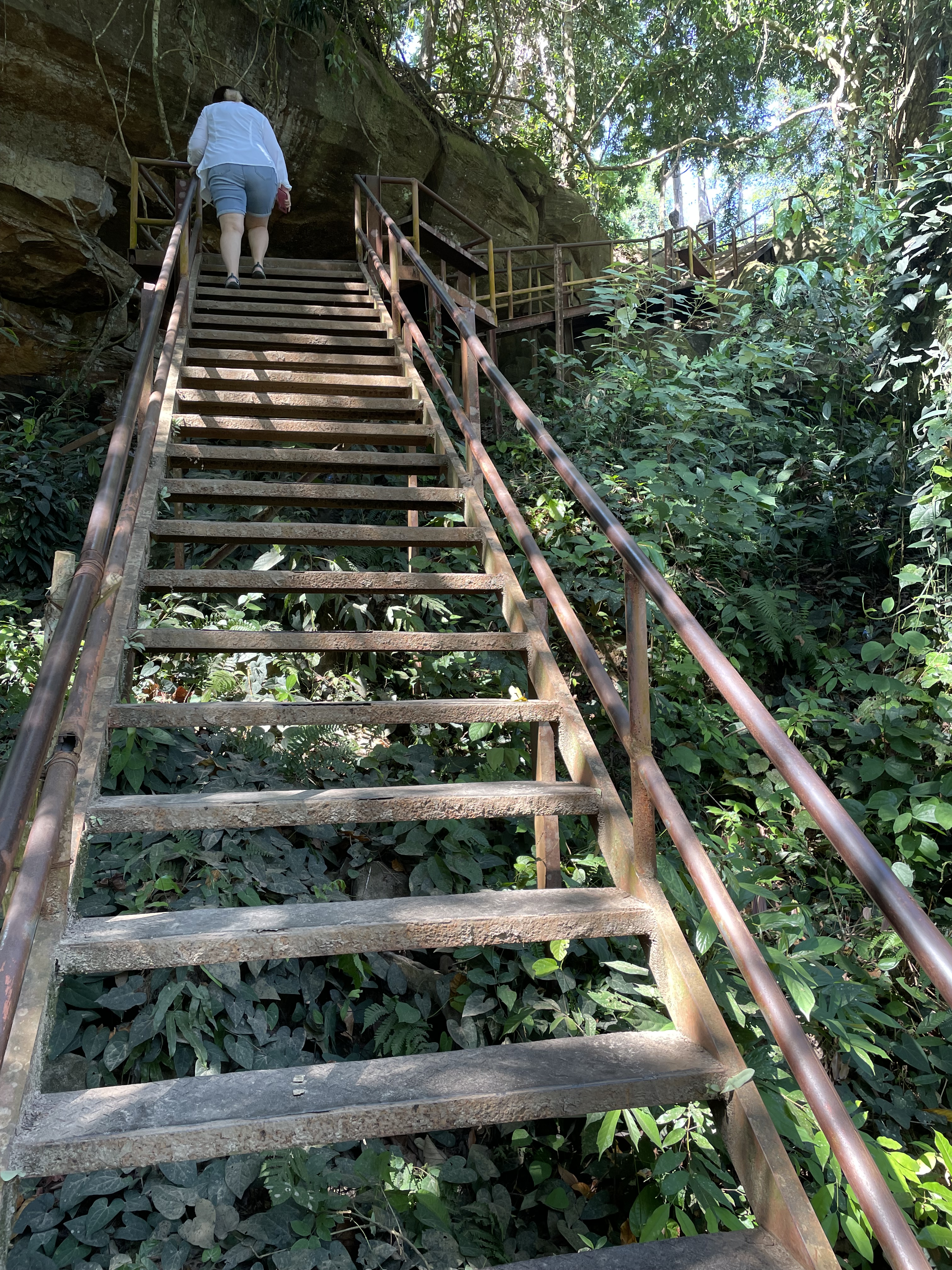
The first thing to note is that the temple ticket that you have does not count for this area…so you have to pay for another one. We ended up travelling around 40 km out of town, we spent 3 times the price on transport to that paid for seeing the temples. In hindsight I don’t think it was worth it. The waterfalls were lovely and there was a nice outlook spot that we stopped at on the way that provided a different kind of view of the area. The buddha had seen better days but was still ok and the River of 1000 dicks was at best disappointing. If you have plenty of time then sure go ahead but on a limited time this one could be skipped.
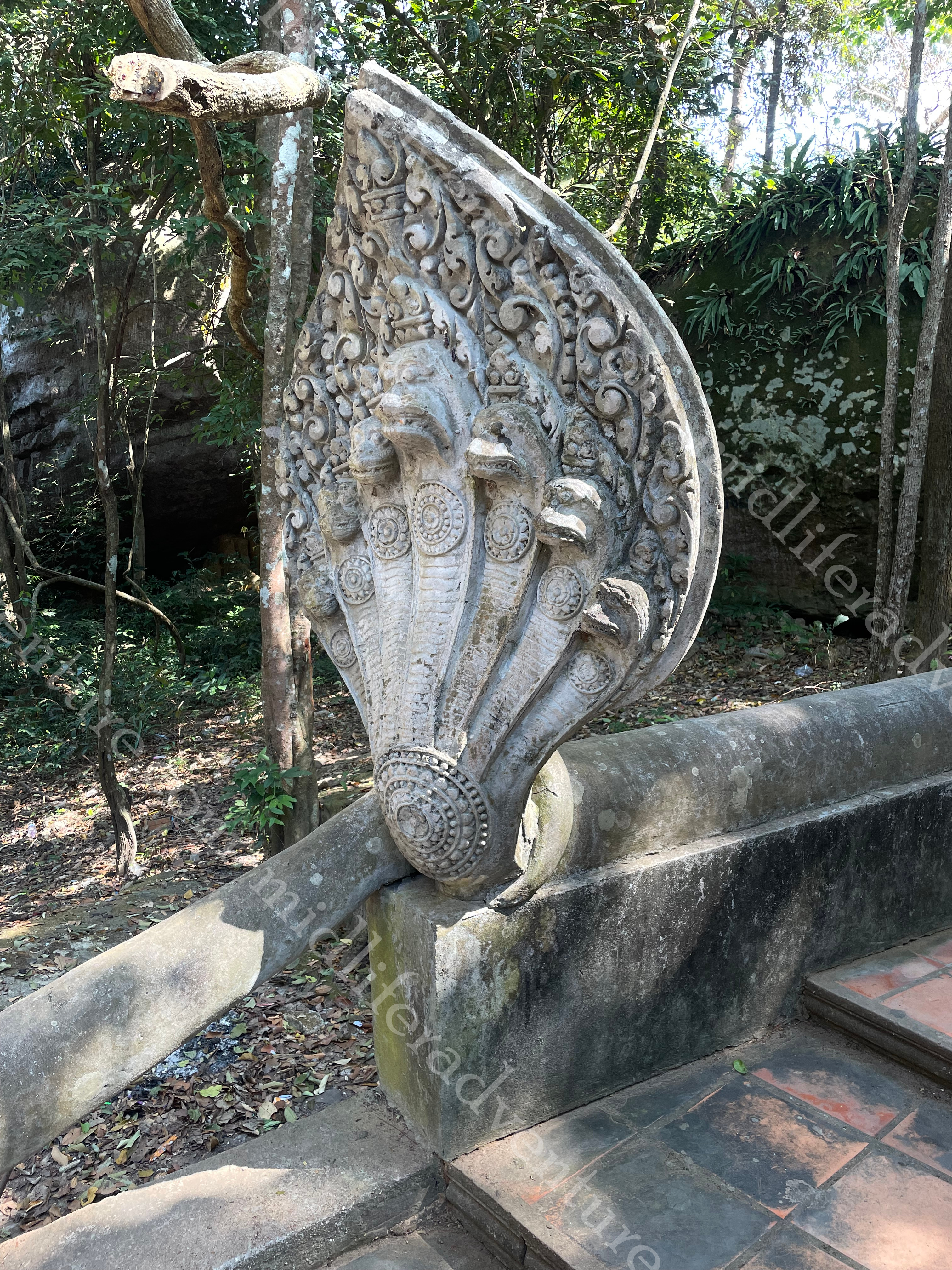
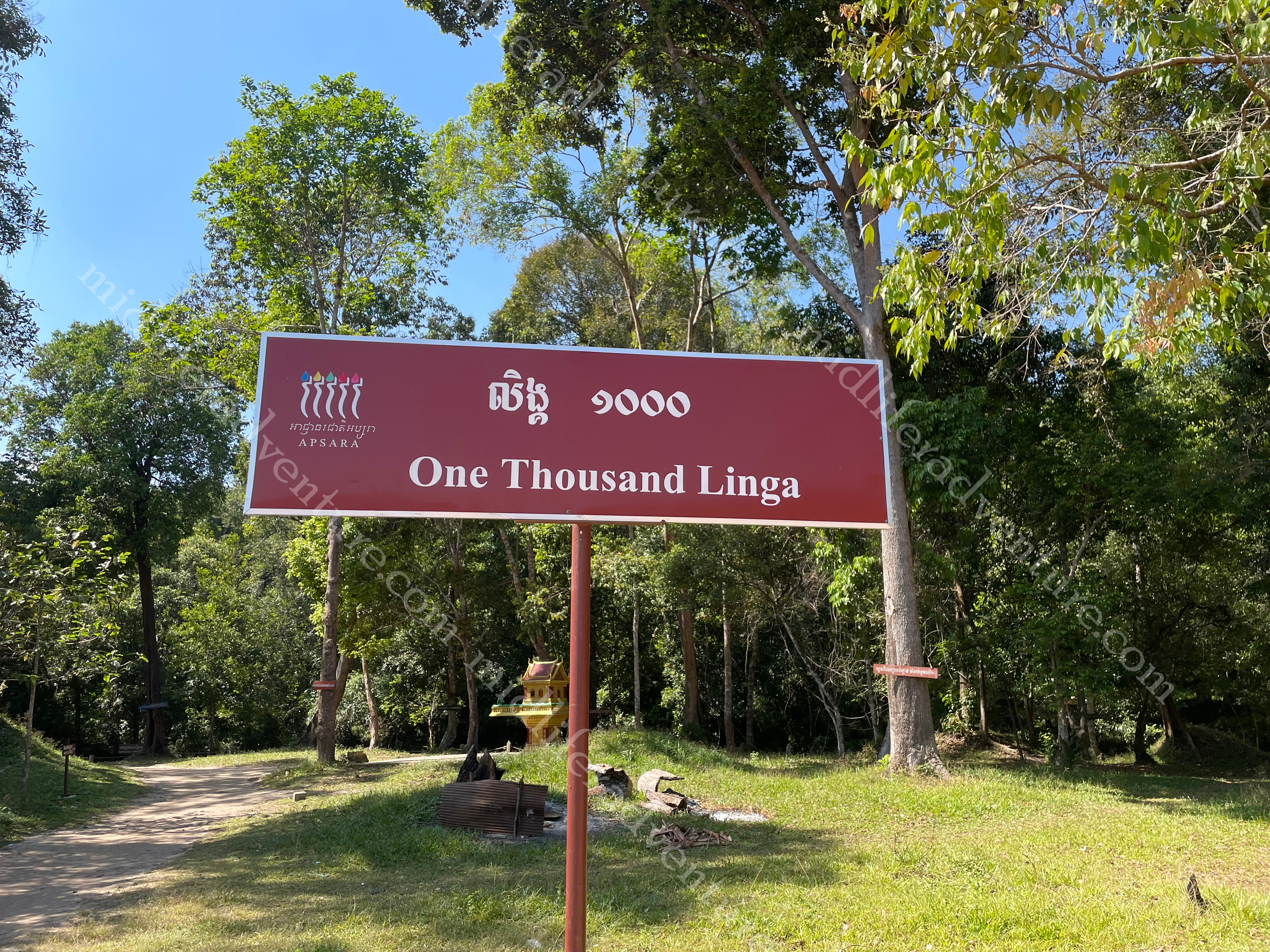
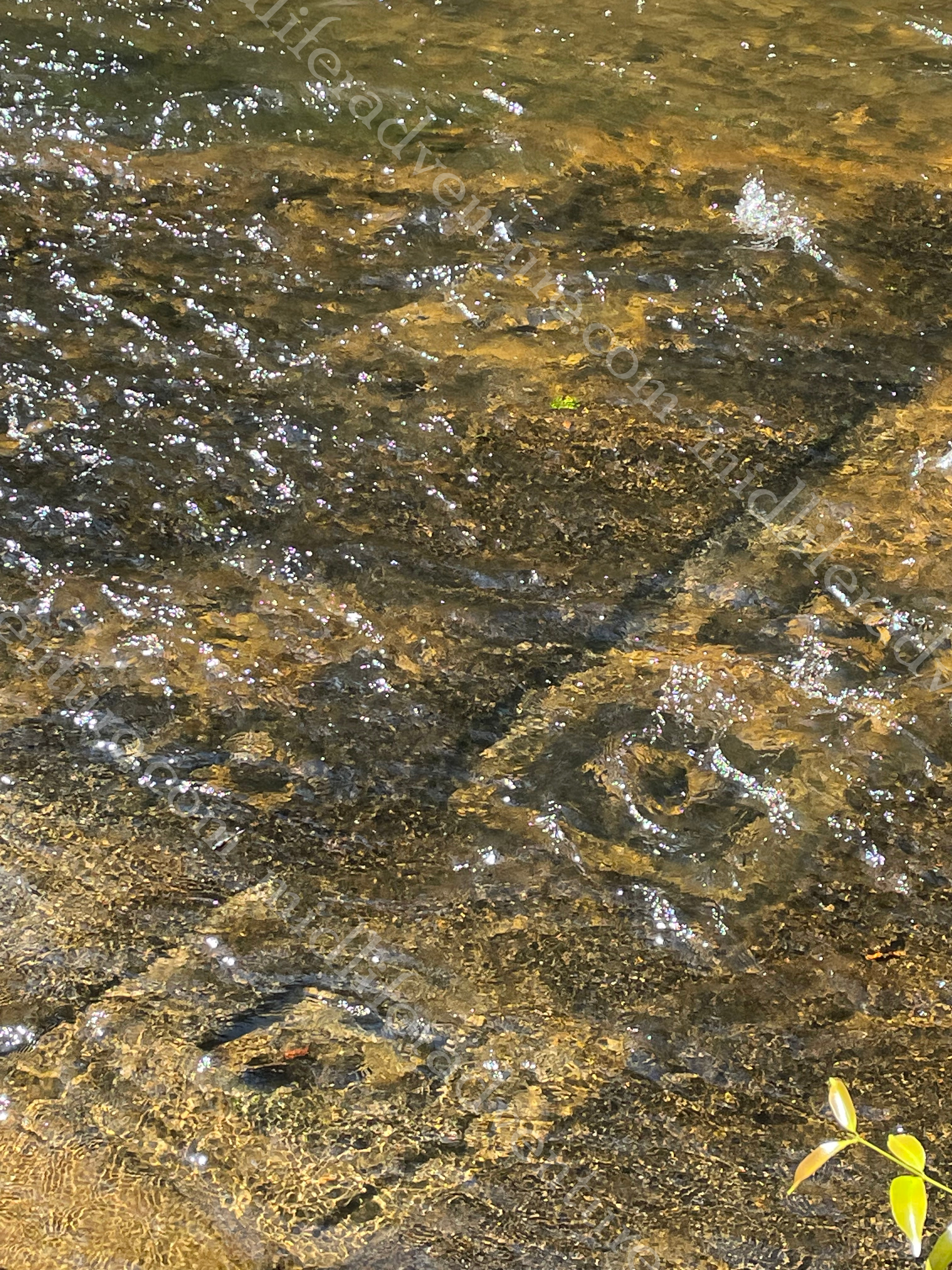
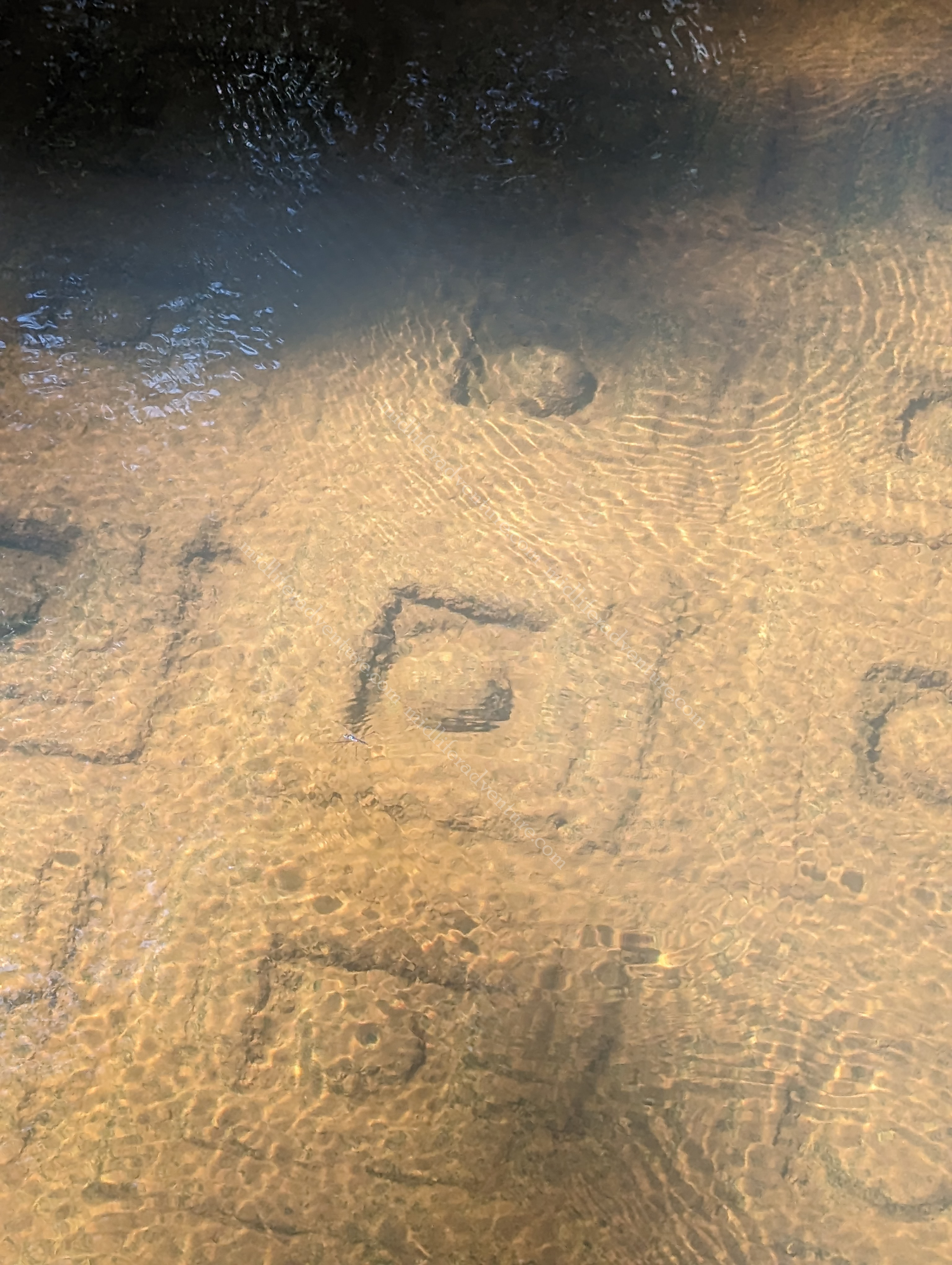
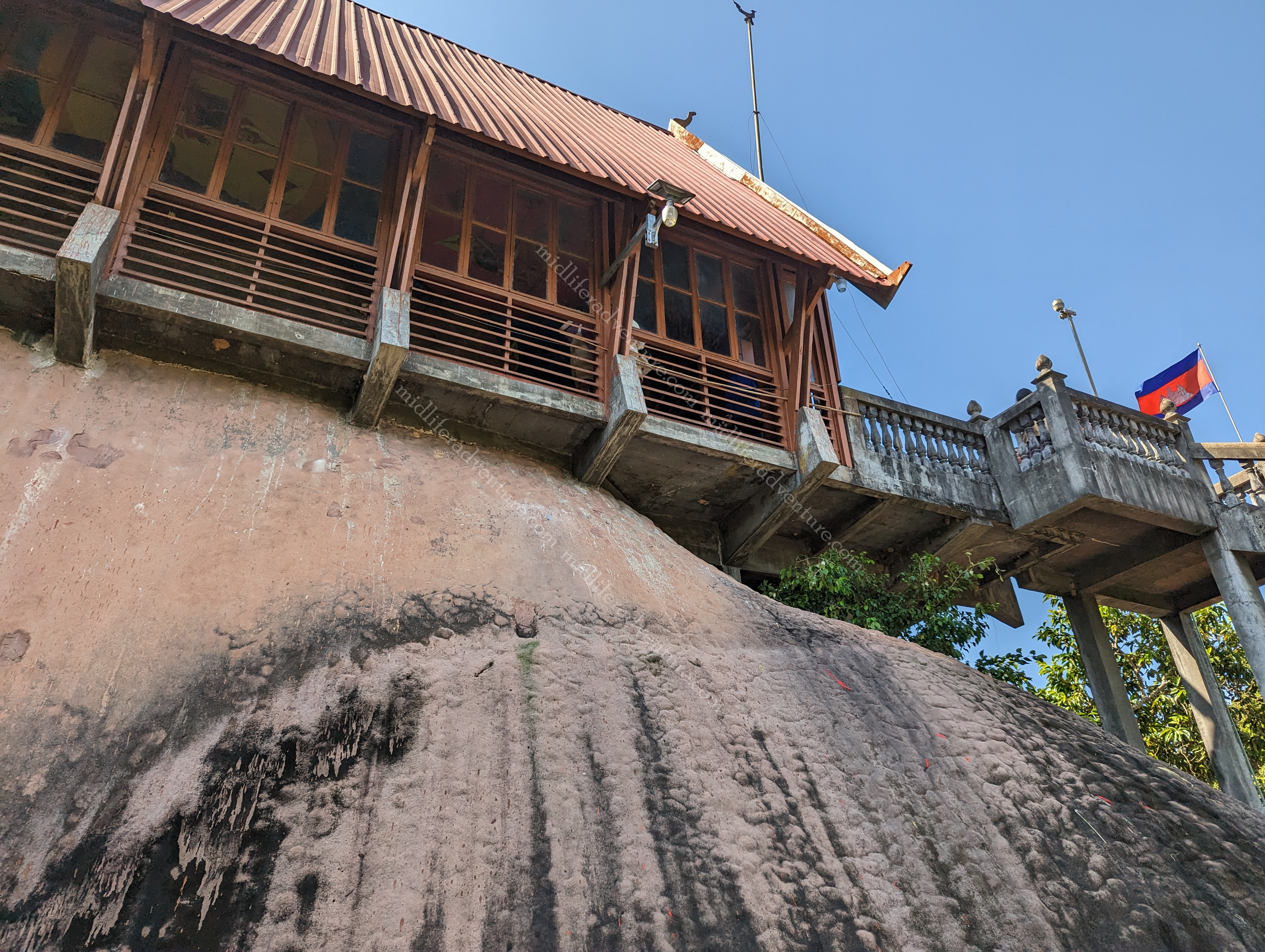
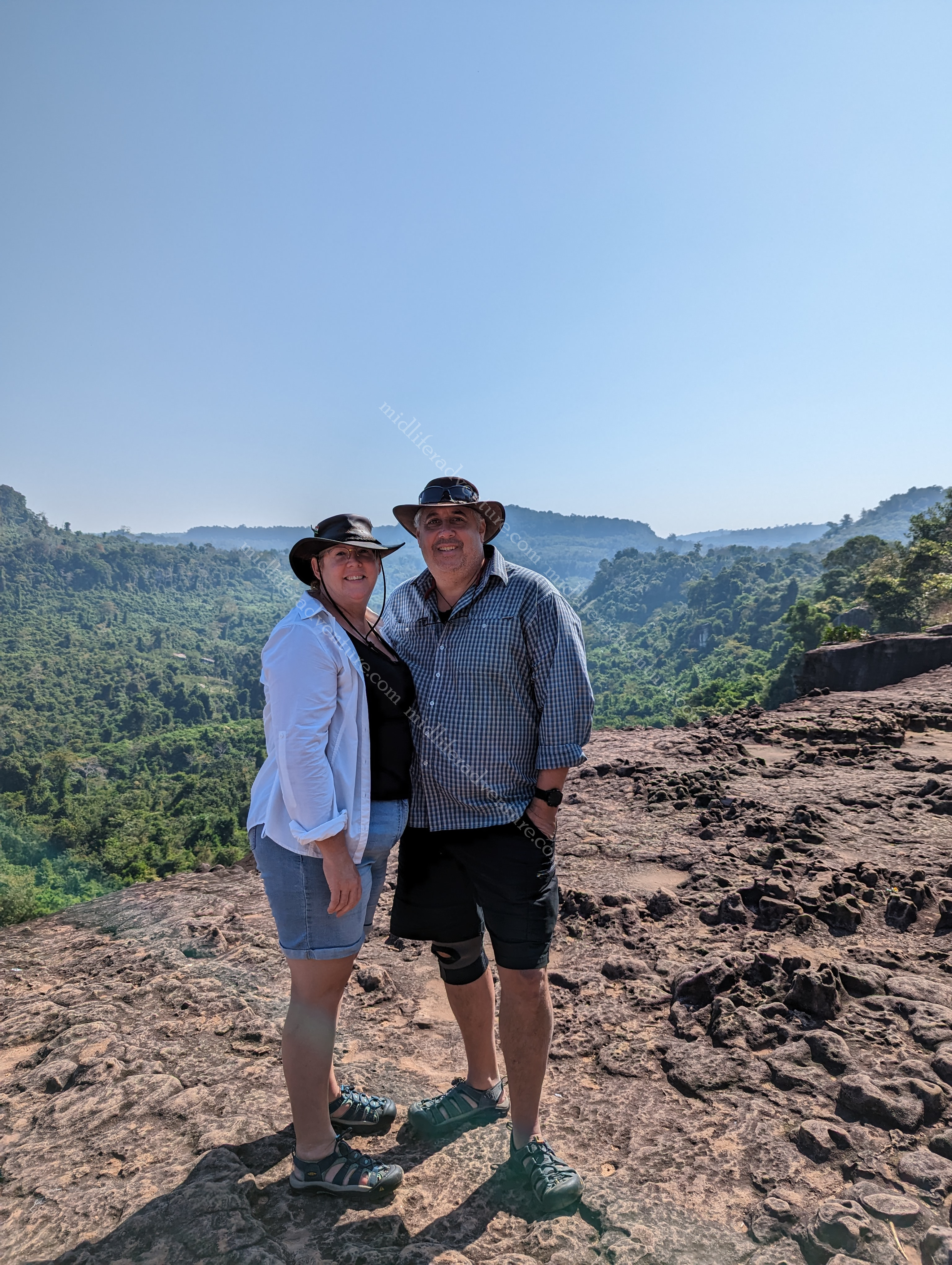
Cambodia during covid
The Cambodian ticket site has some pretty amazing stats on exactly what the COVID pandemic did to tourism in the region. Prior to the pandemic the temples of Angkor were receiving 2.6 million visitors per year and generating nearly $5 billion in revenues. These revenues were employing people and paying for the renovations, restoration and upkeep of the various temples. However border closures and travel restrictions dropped visitor numbers down to about 300,000 and knocked Cambodia’s income from tourism down to just $184 million last year.,
It is clear that money was expended on the roads as these have been upgraded well and some of the major temples still saw some of the renovation and renewal budget. But some of the lesser temples (especially within Angkor Thom) have paid a significant price for the drop off in available funds. Recent months have seen a significant upturn and within 2 months there is expected to be easing of the Chinese travel restrictions that may see numbers and dollars flying back in.